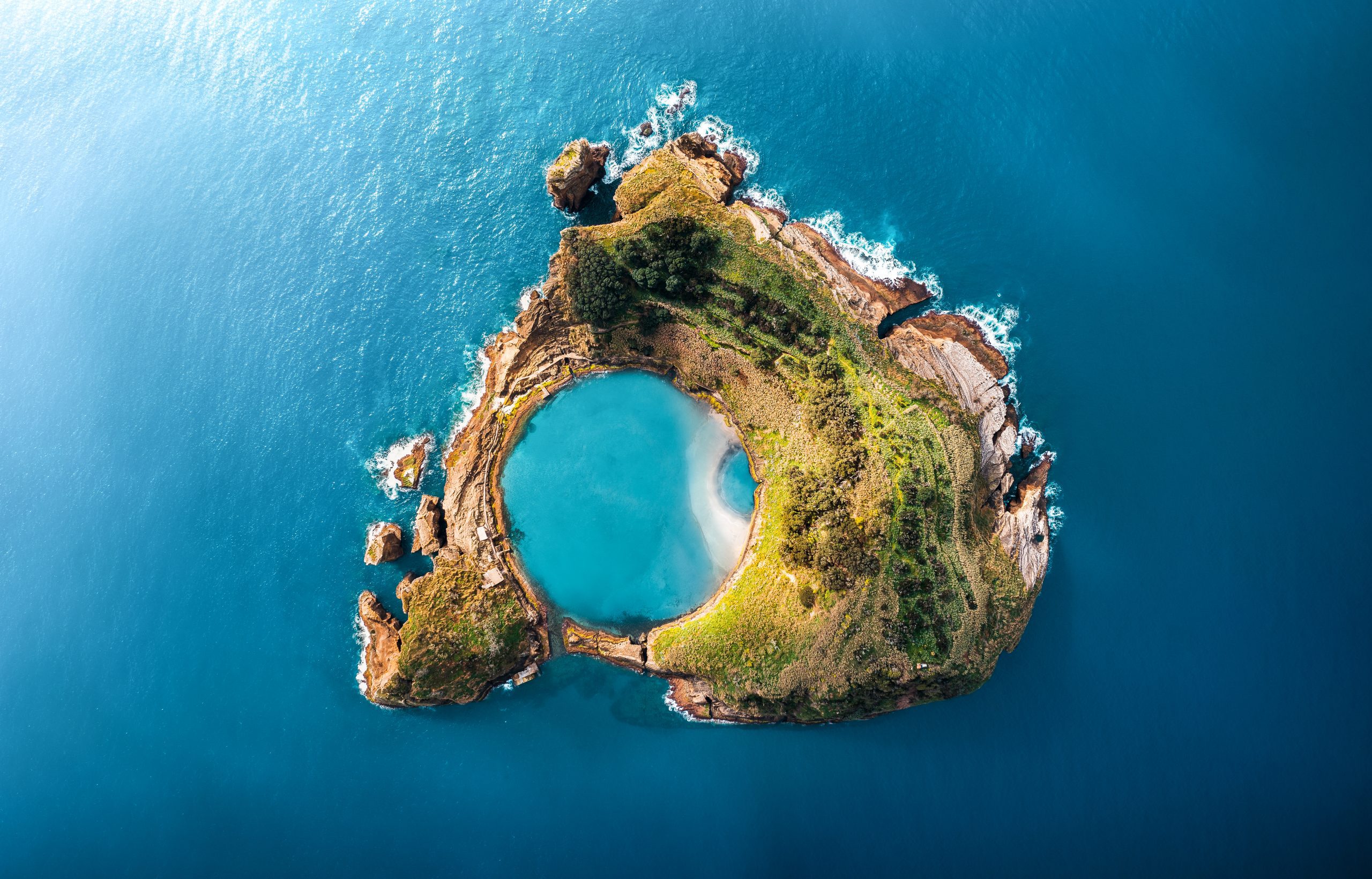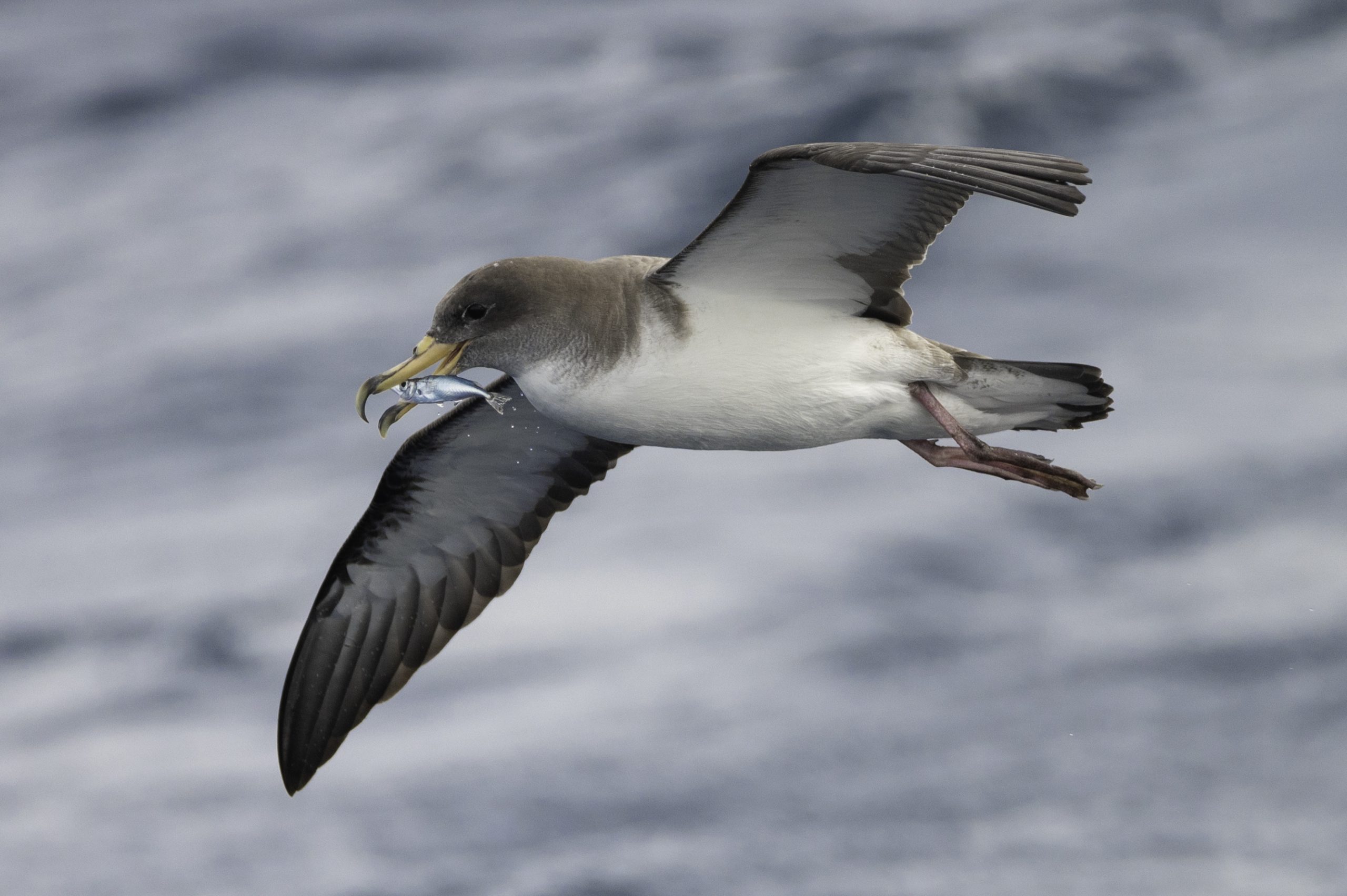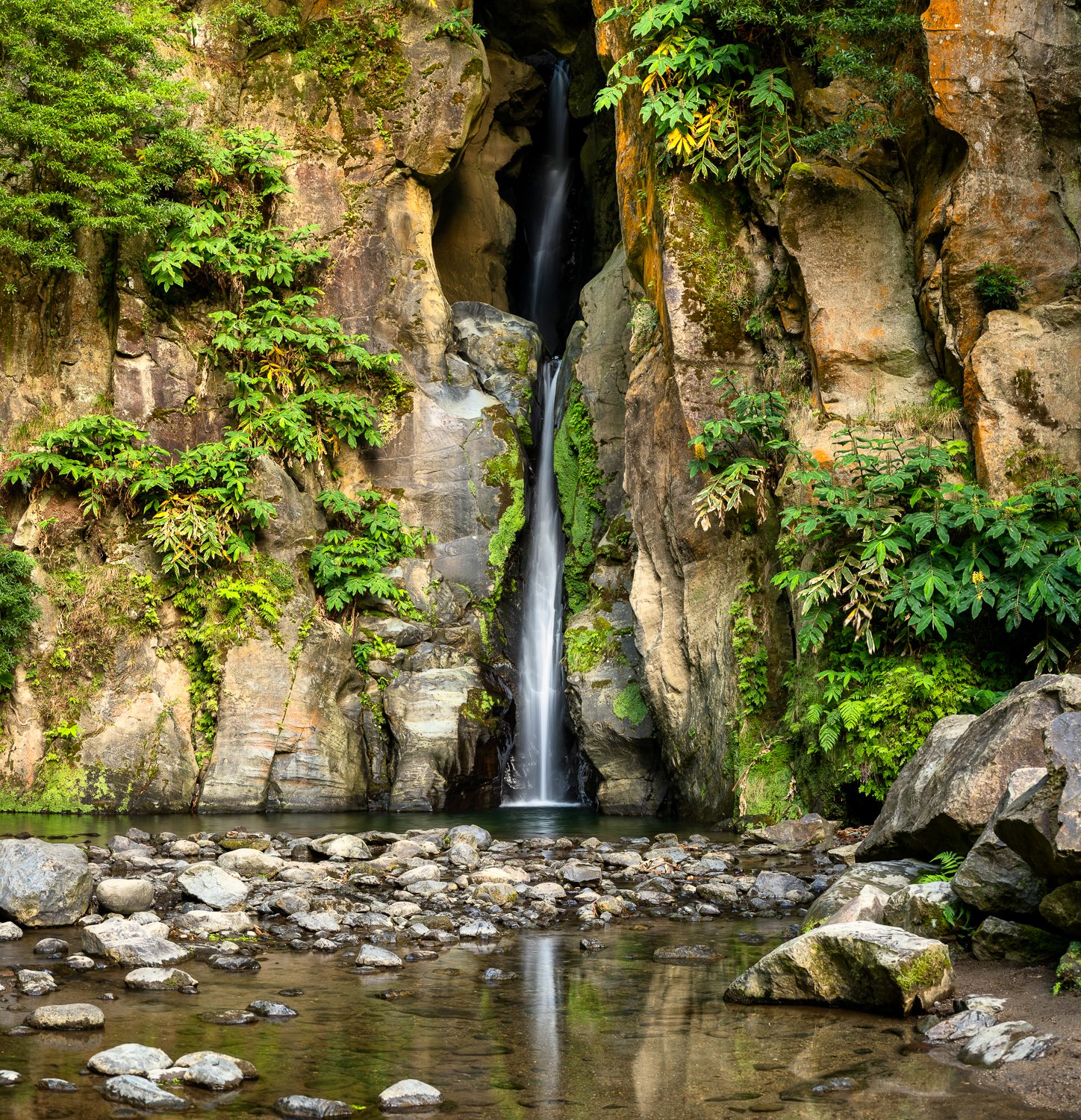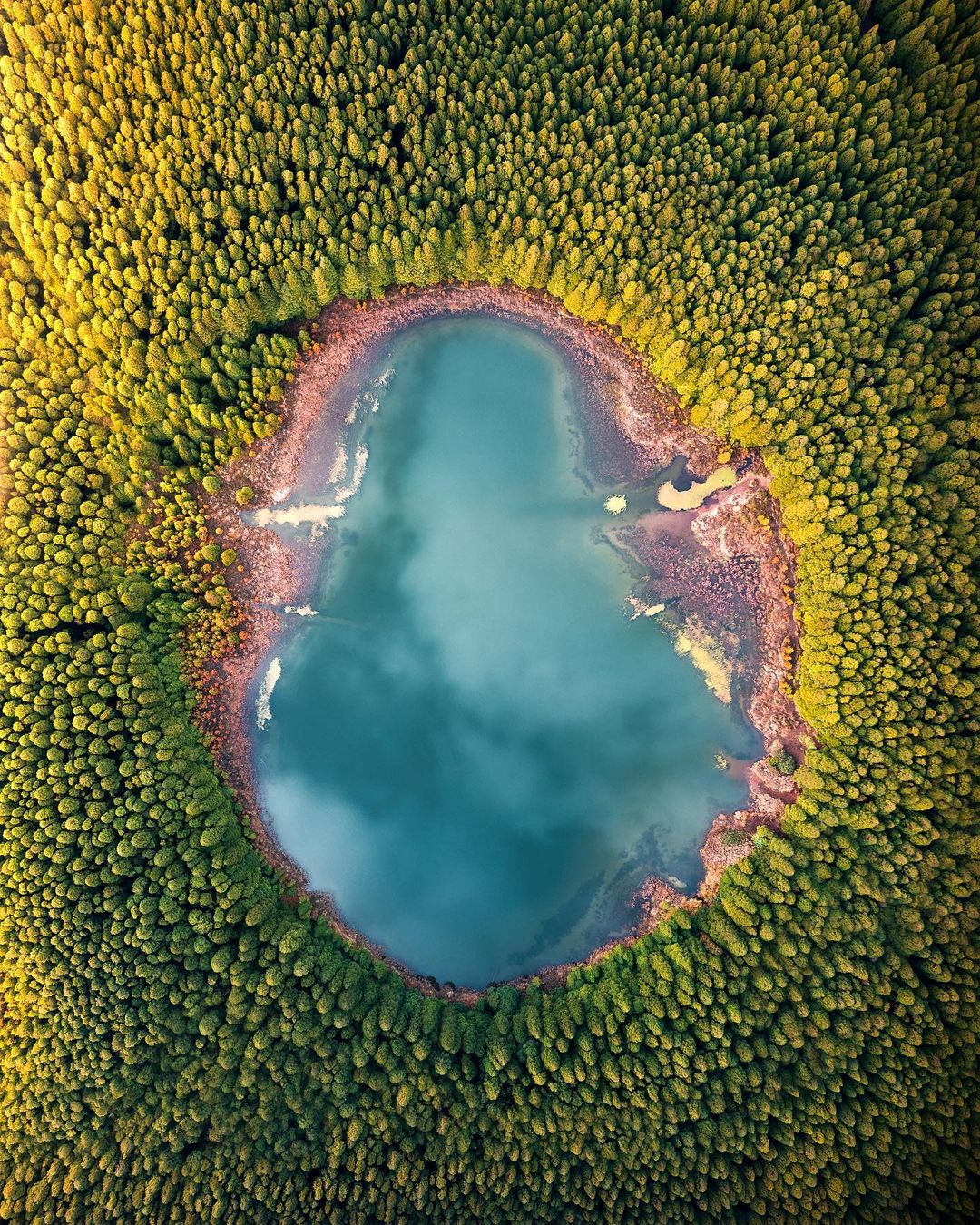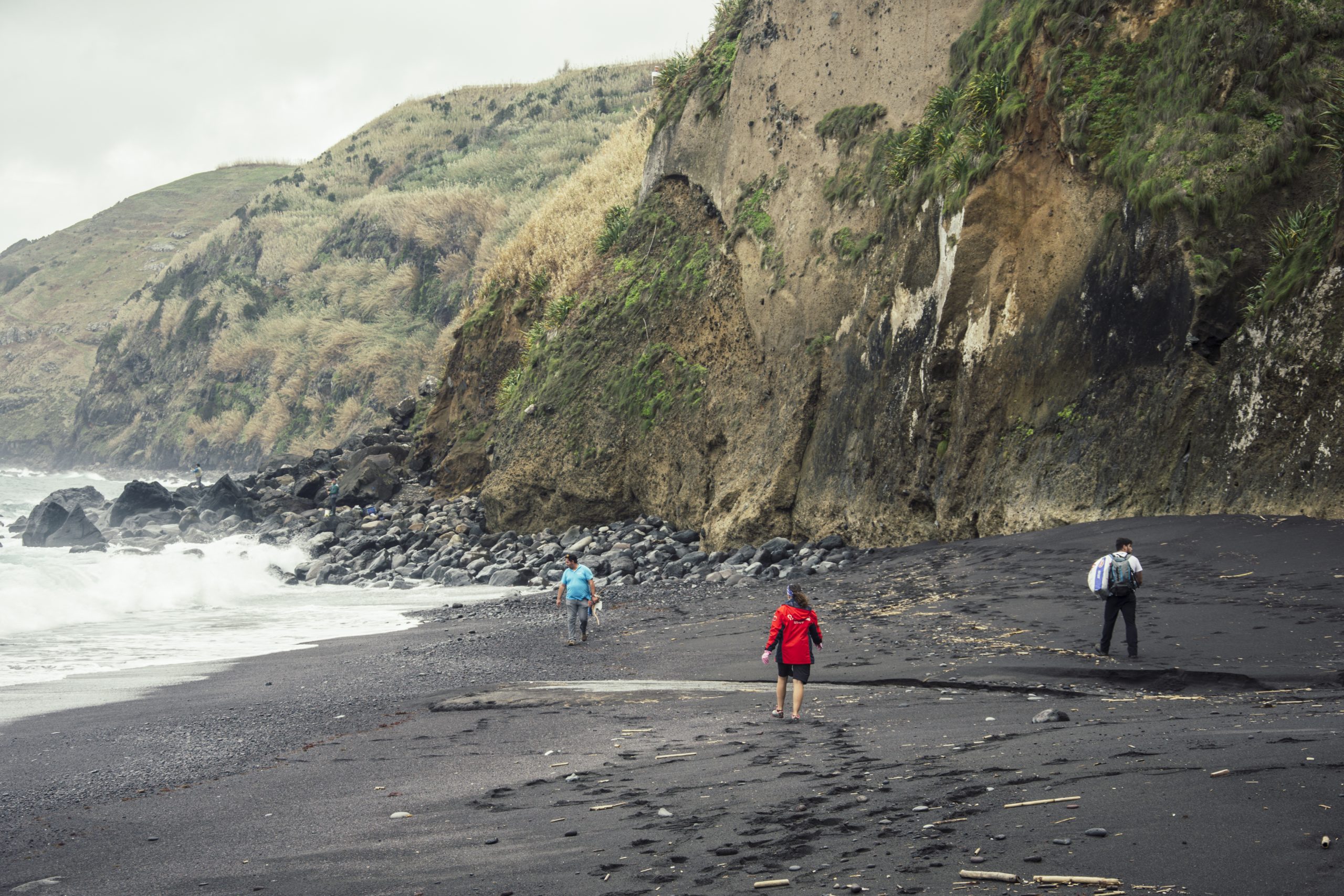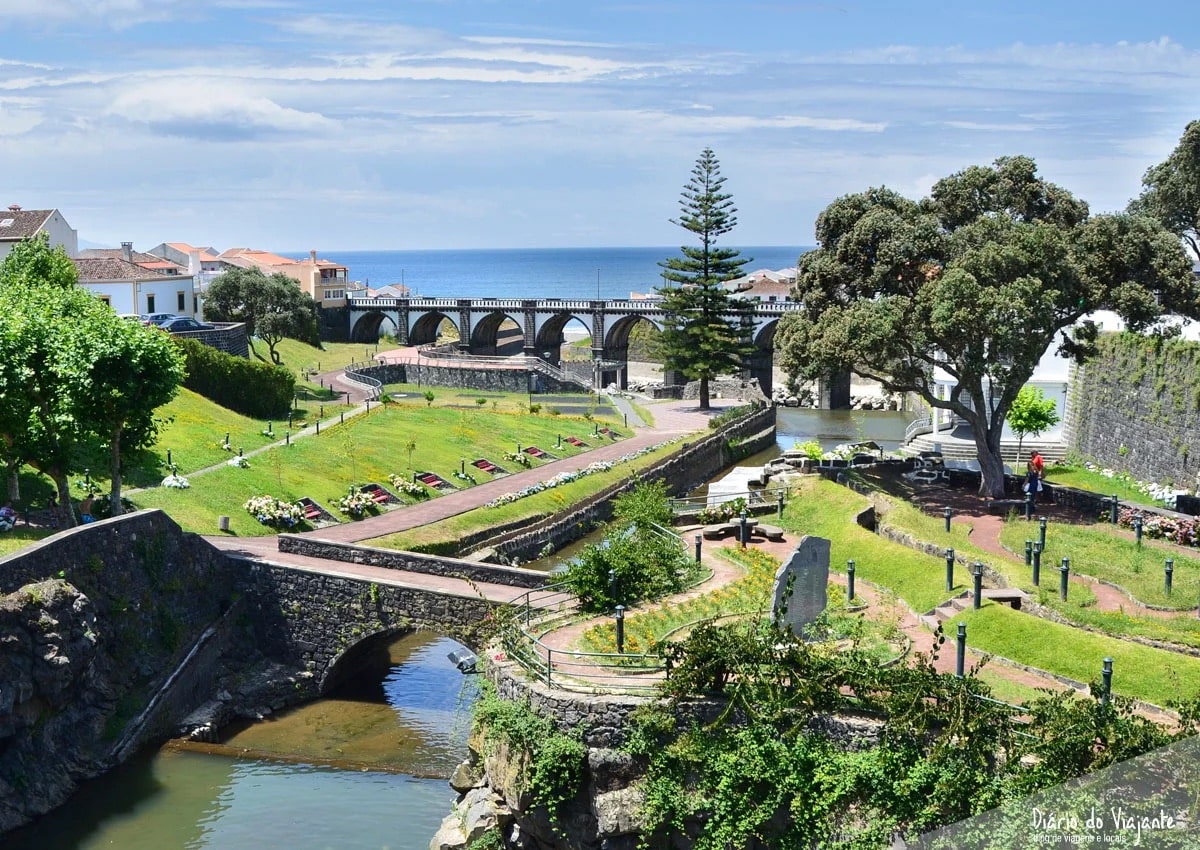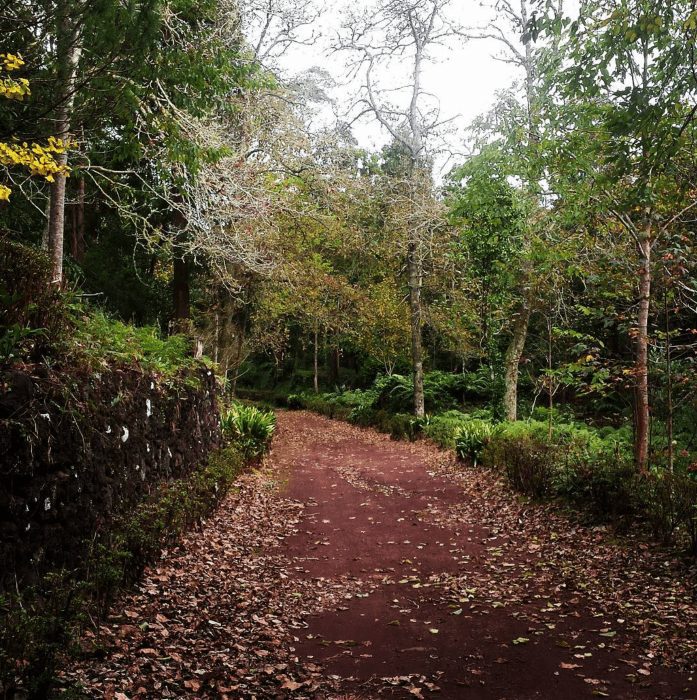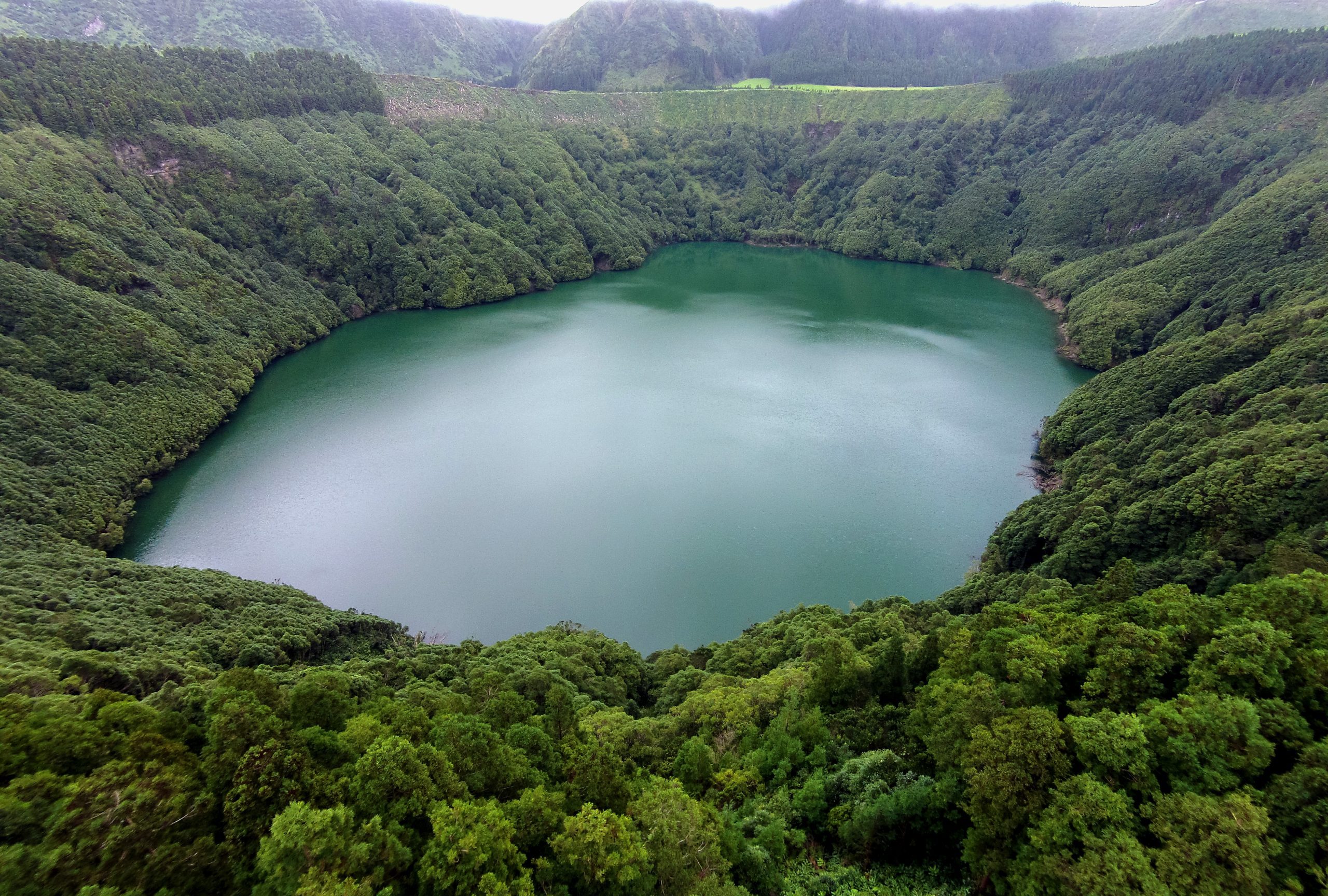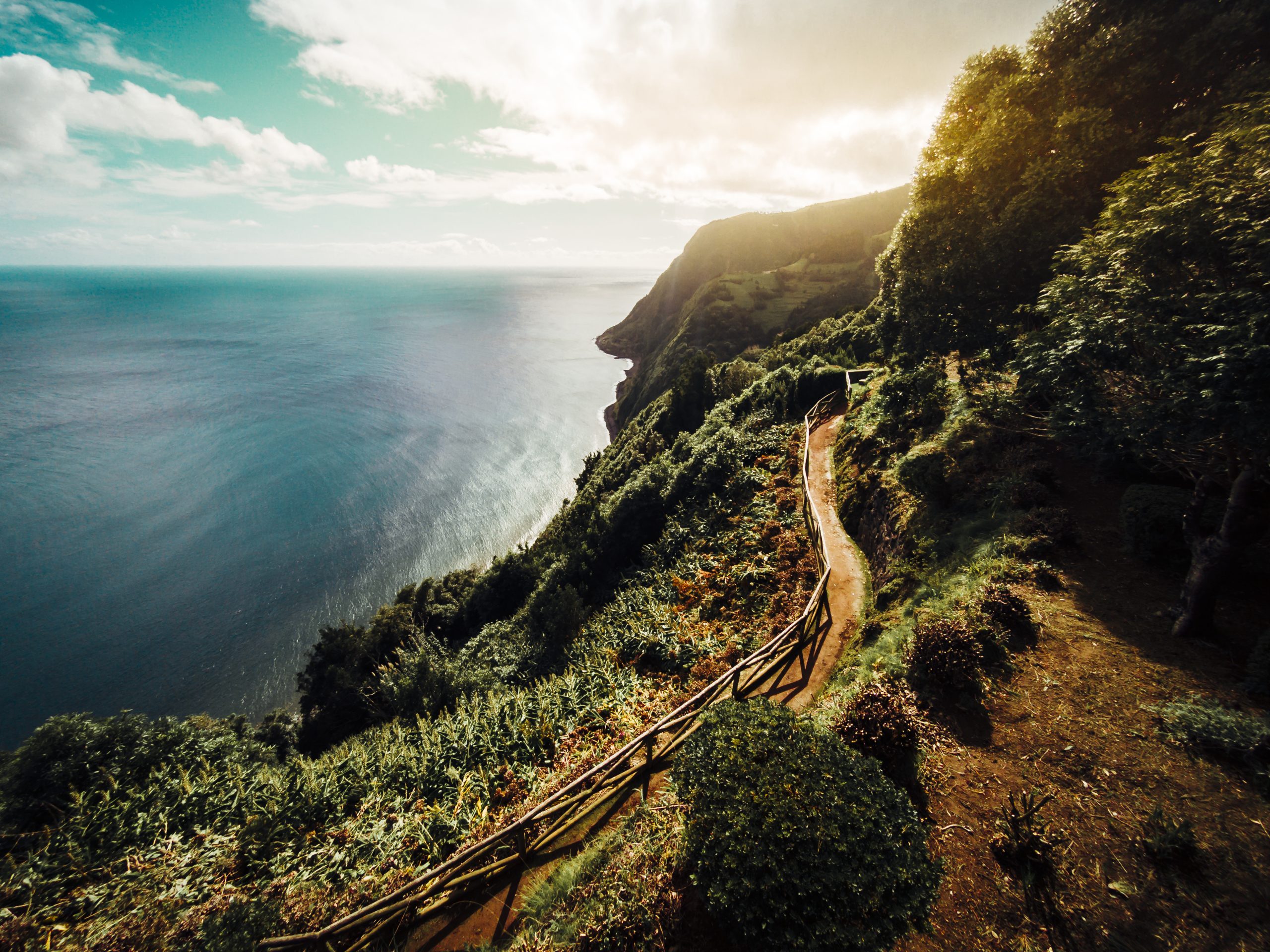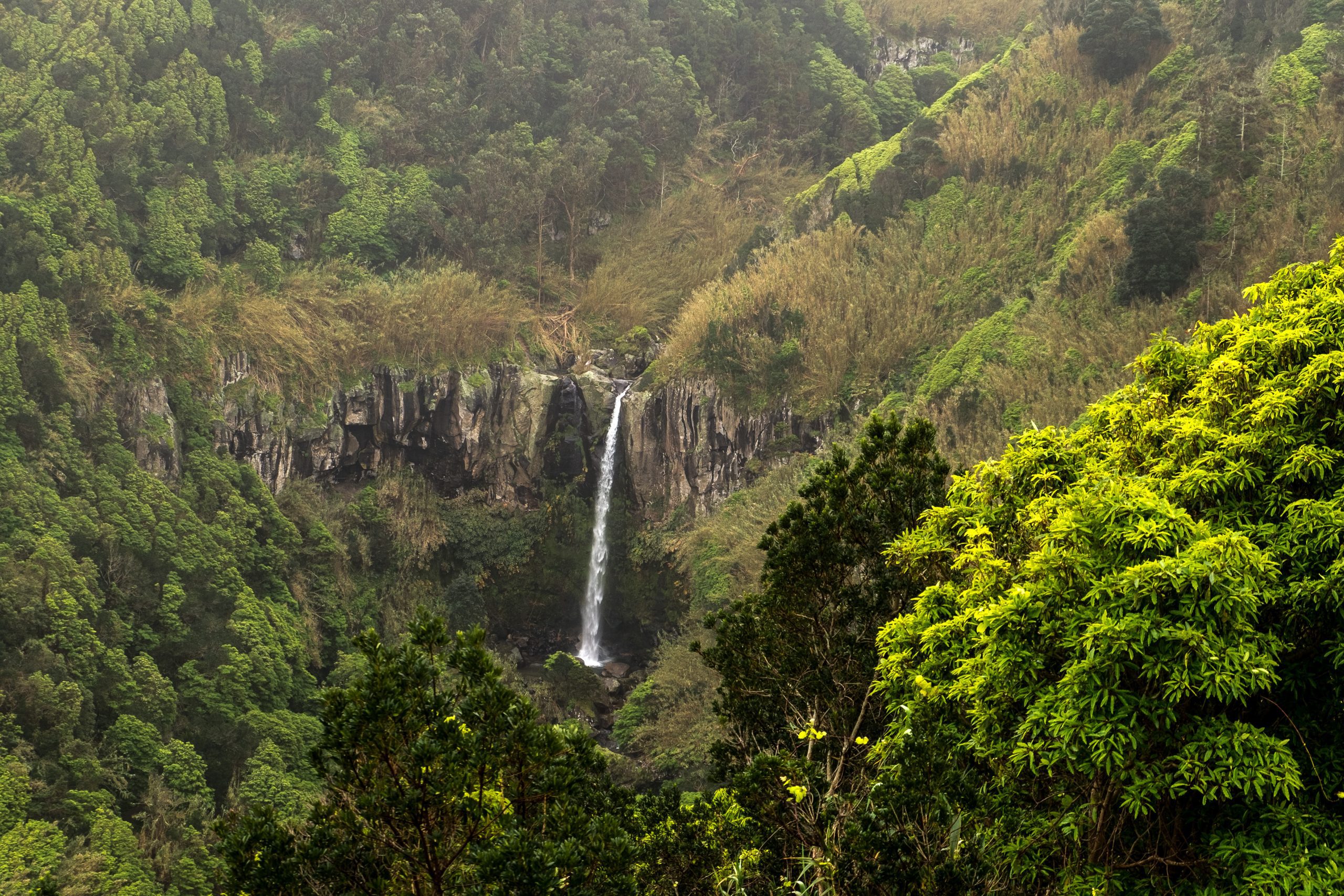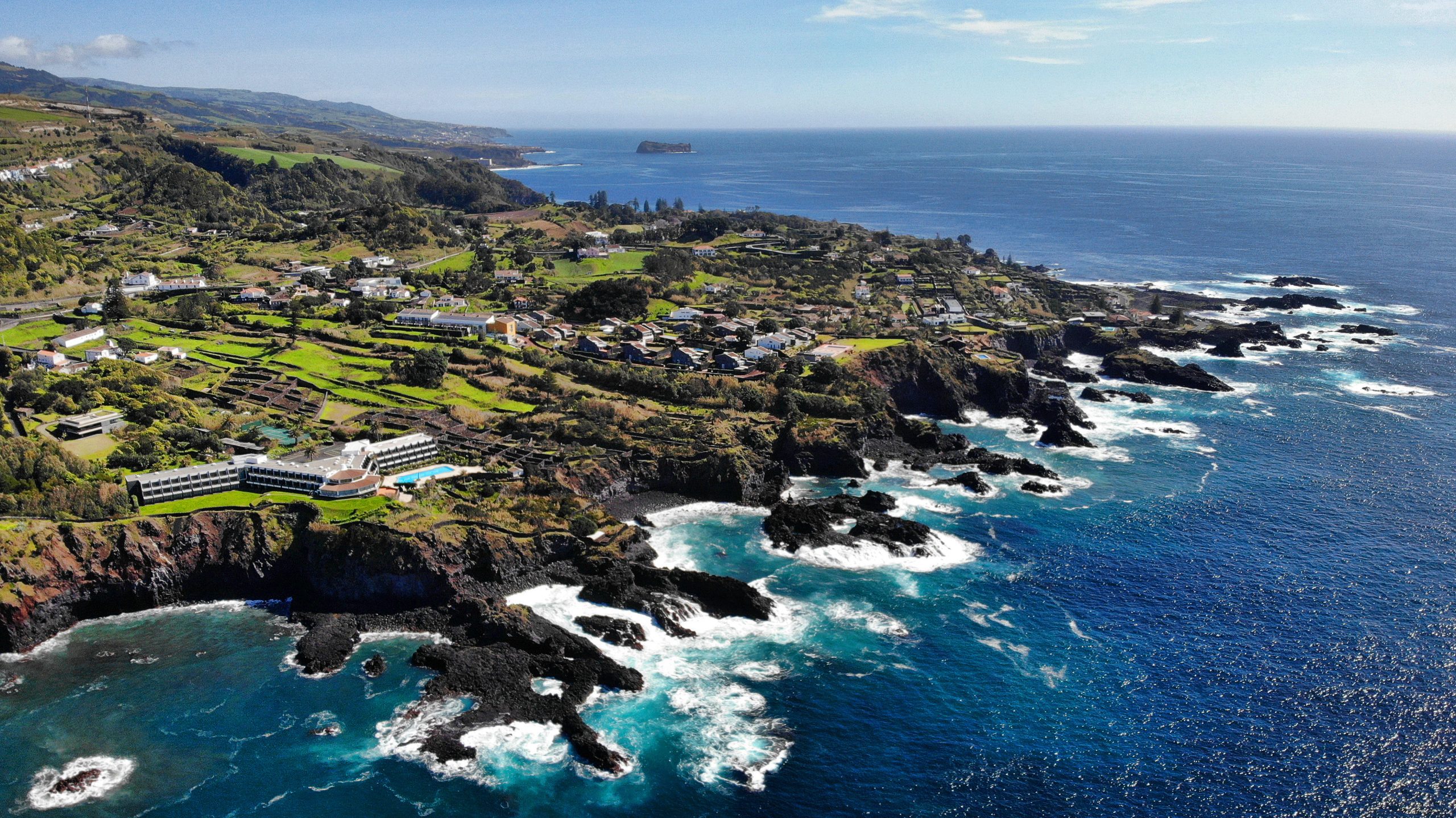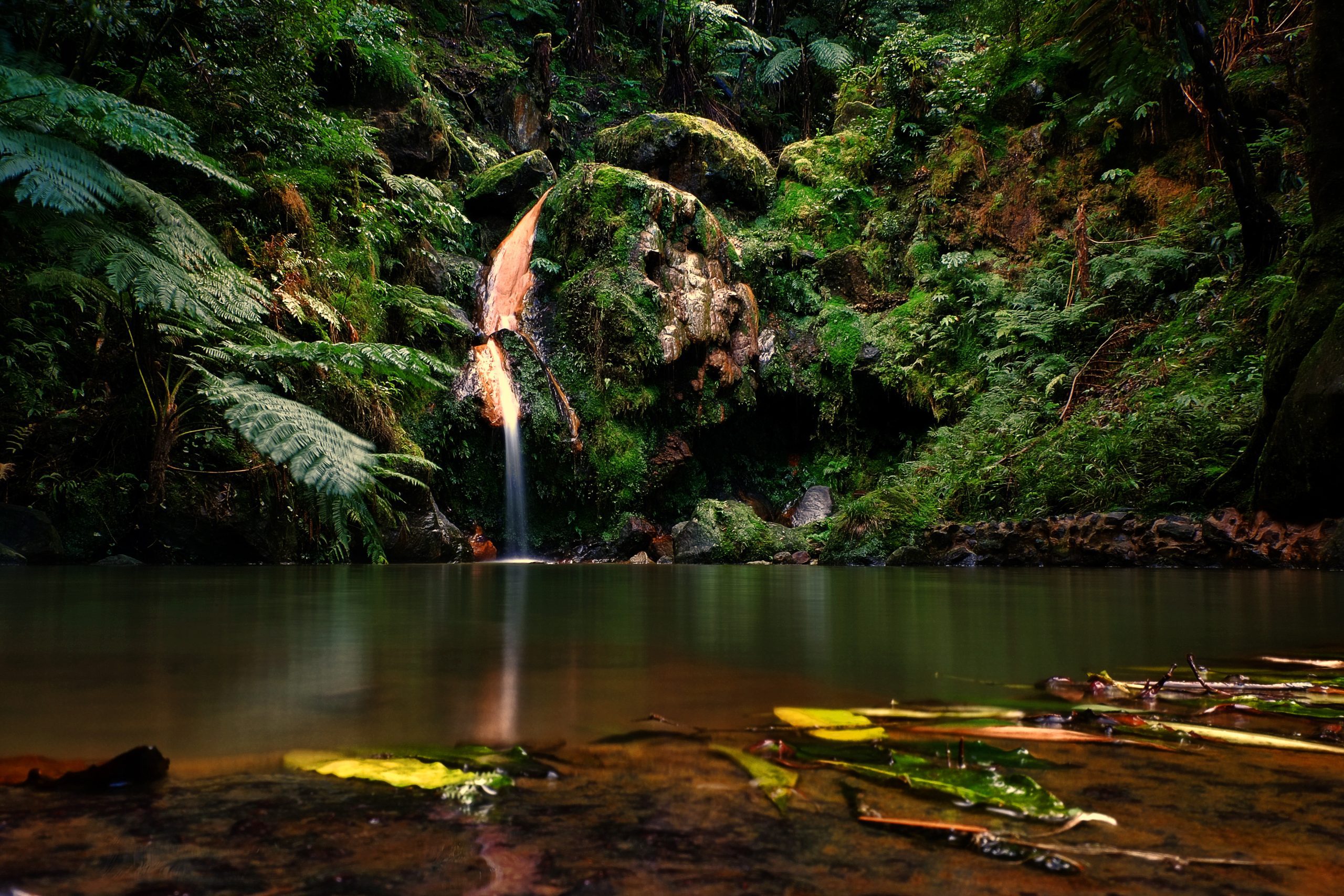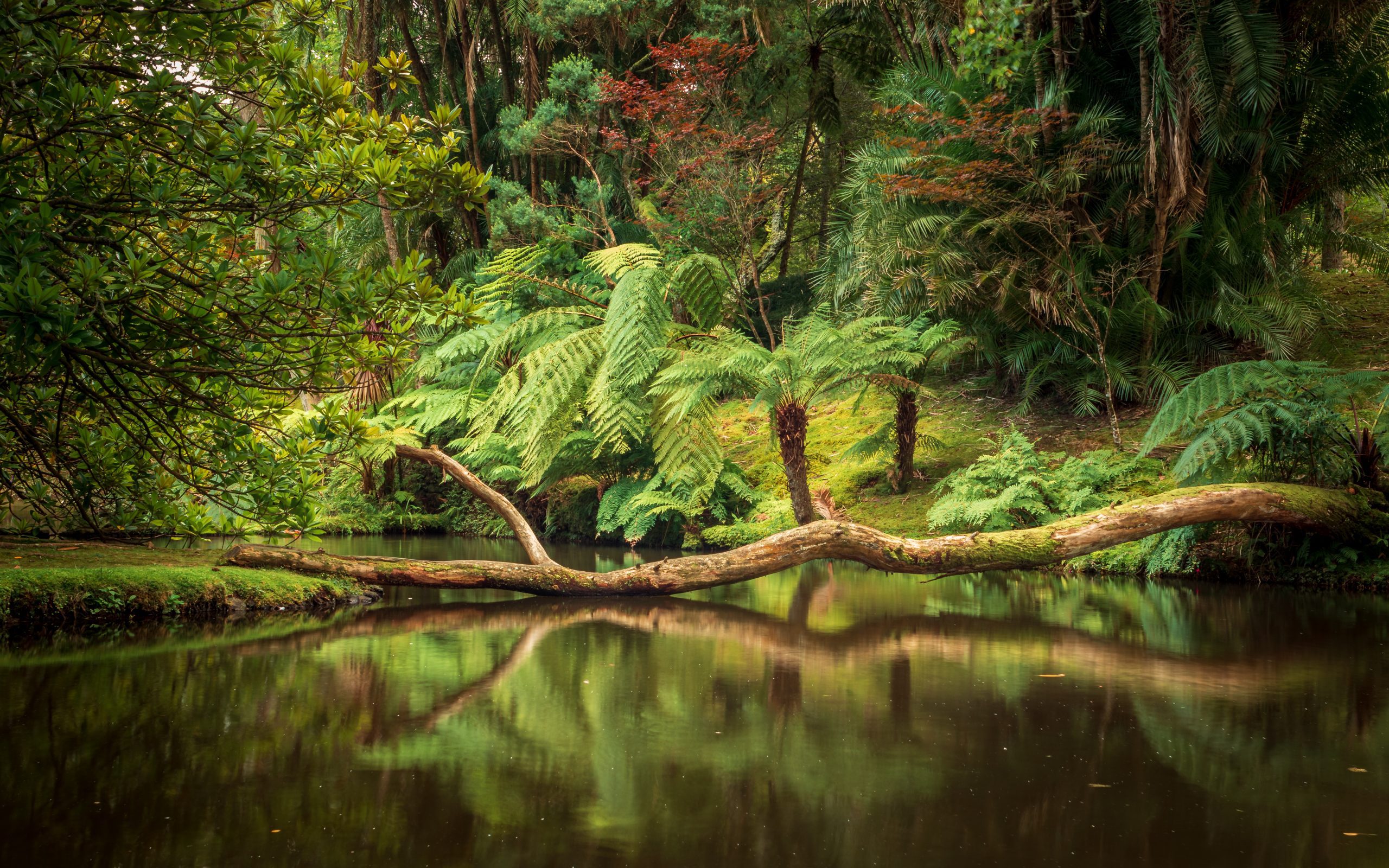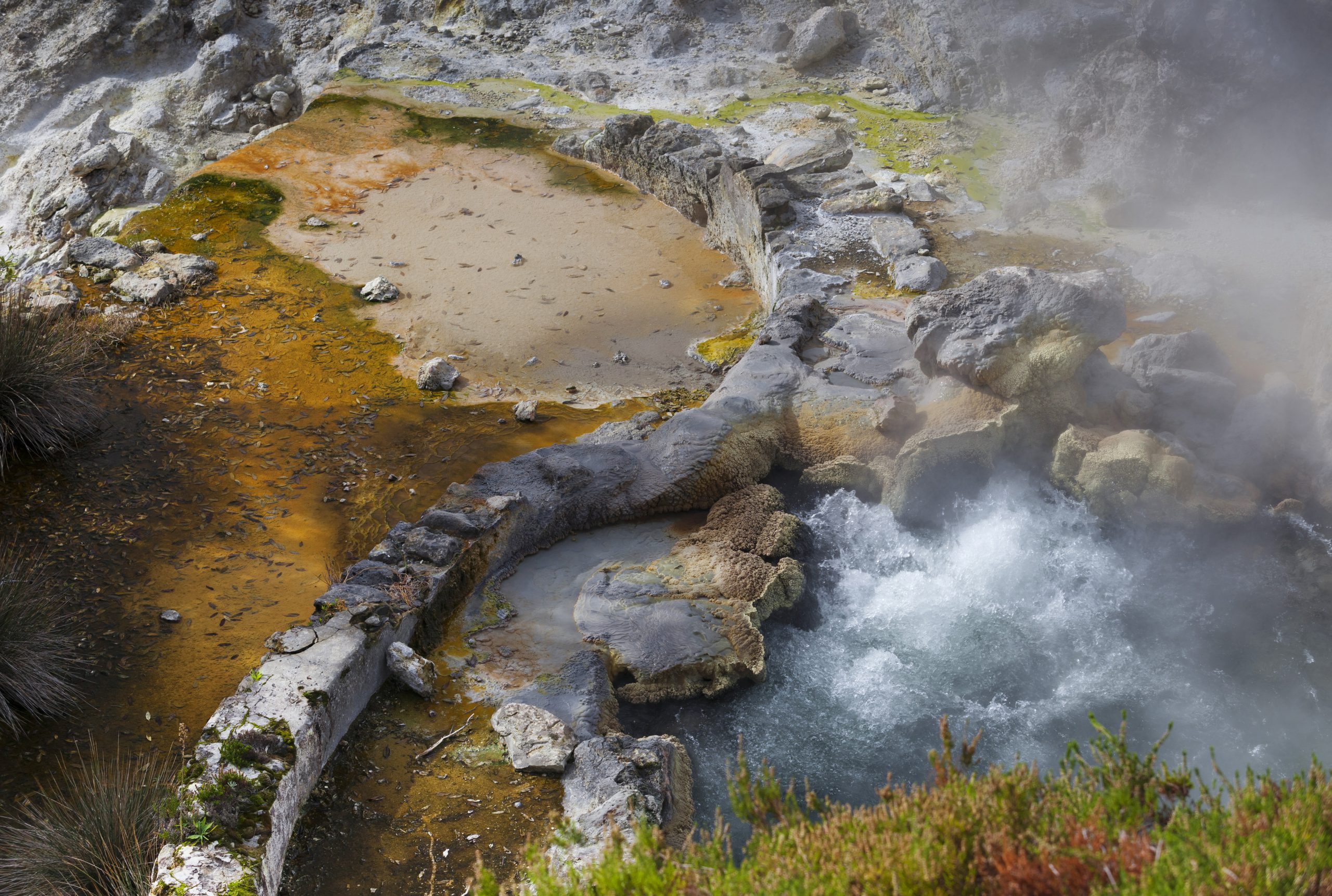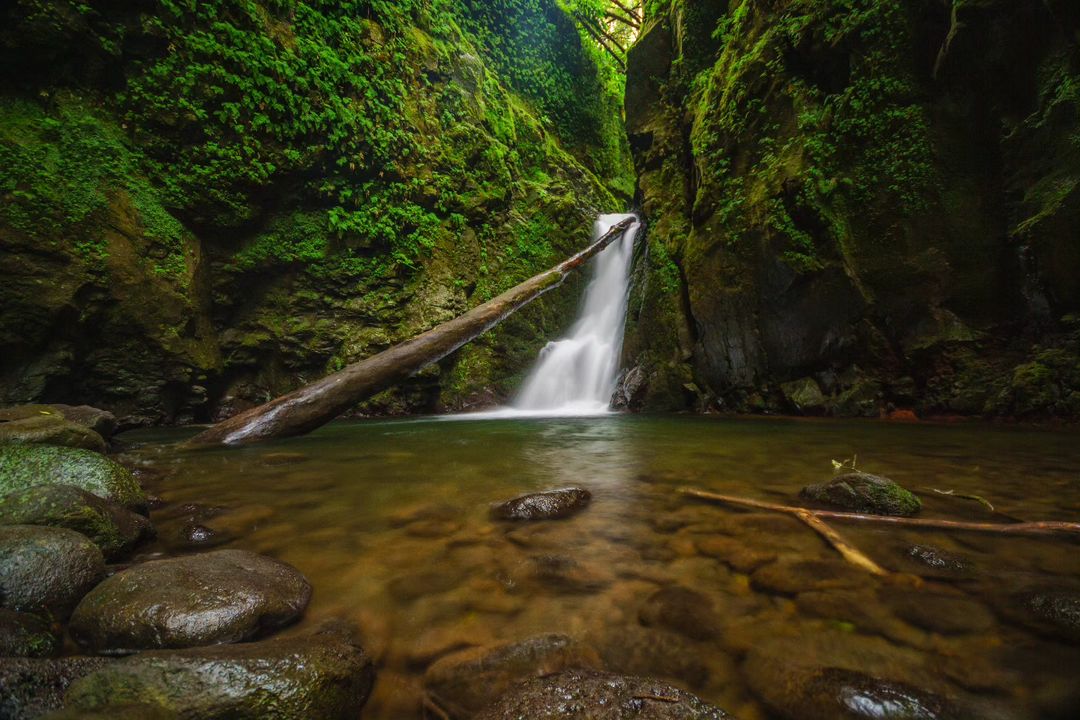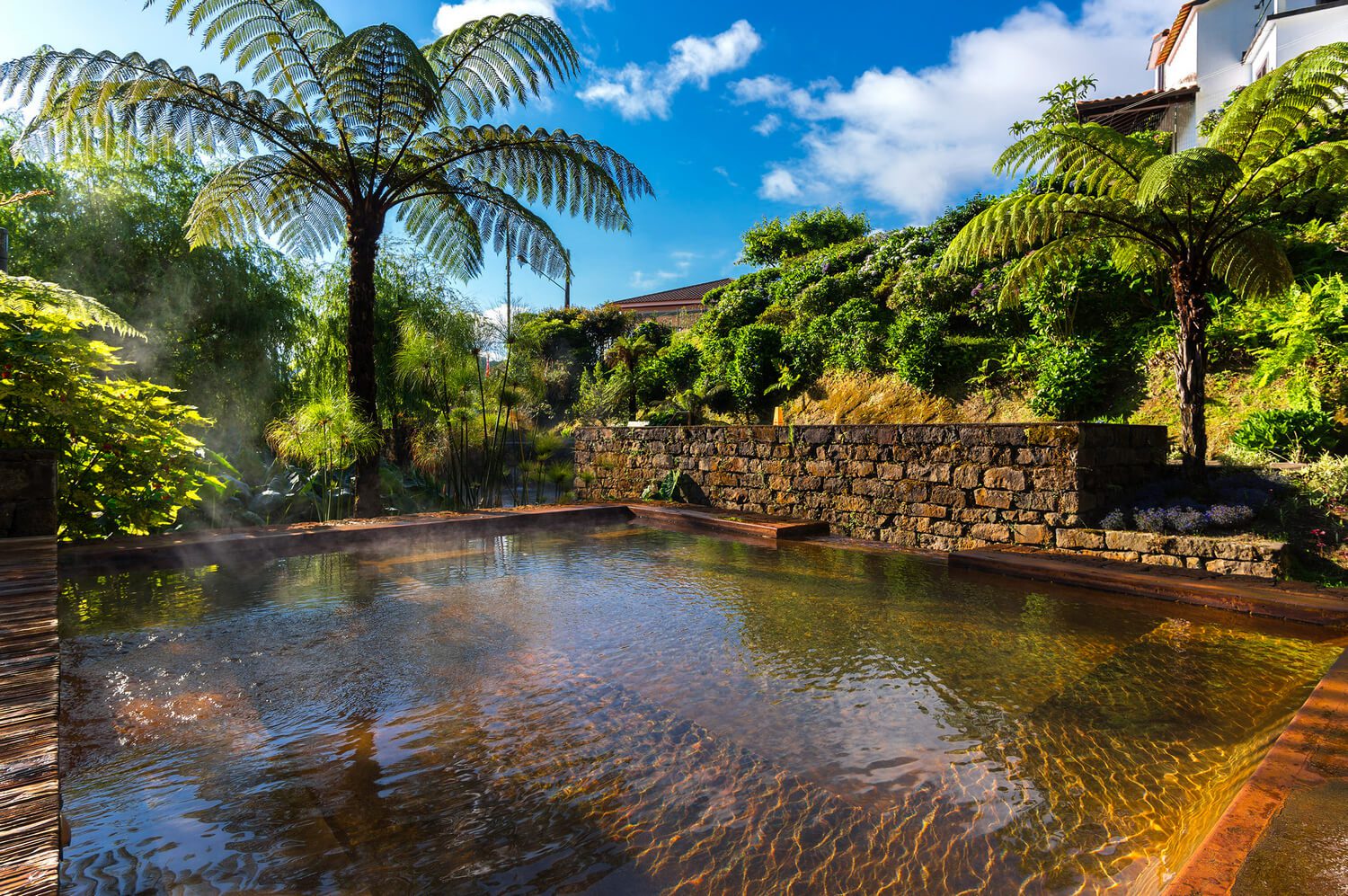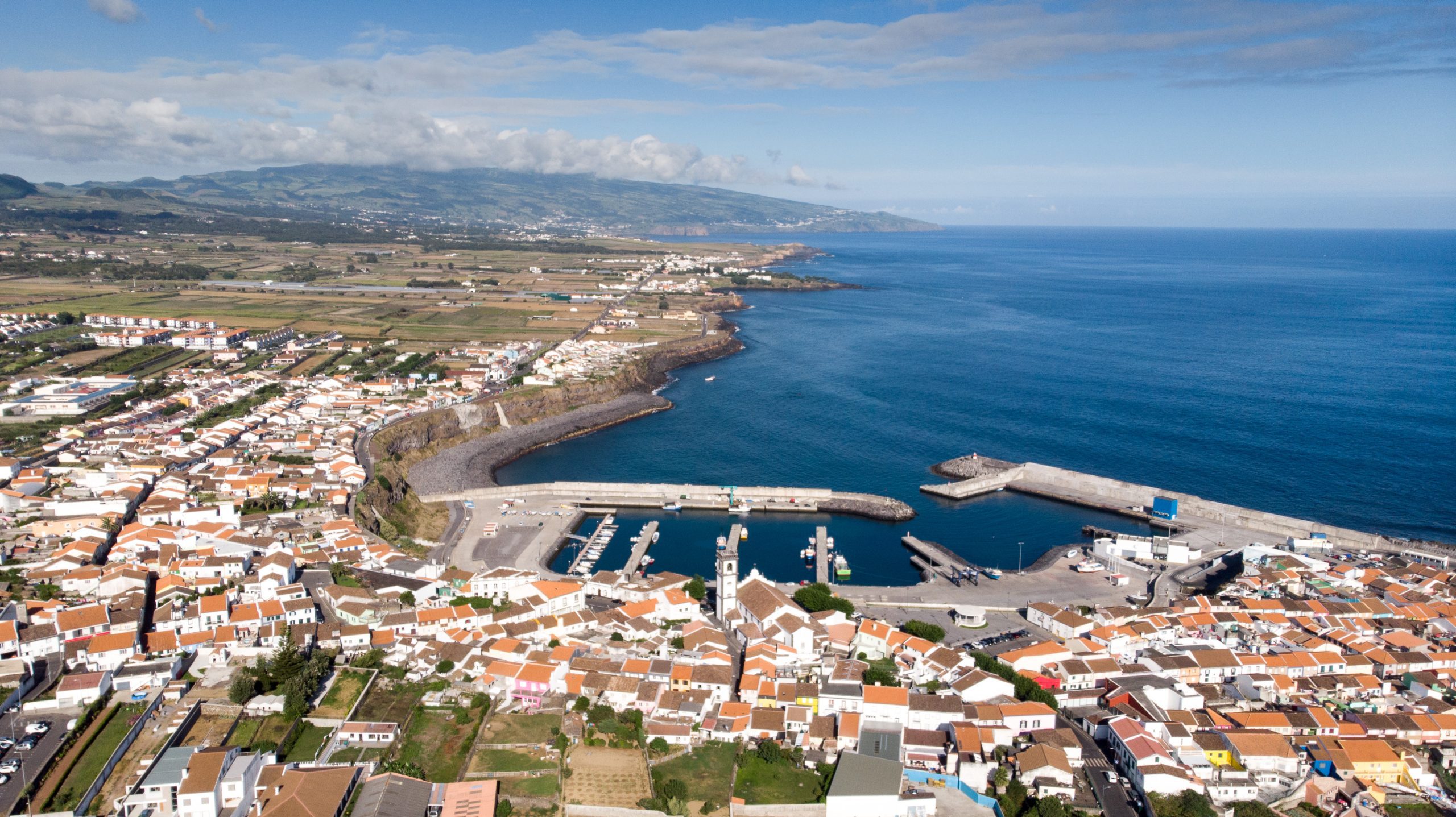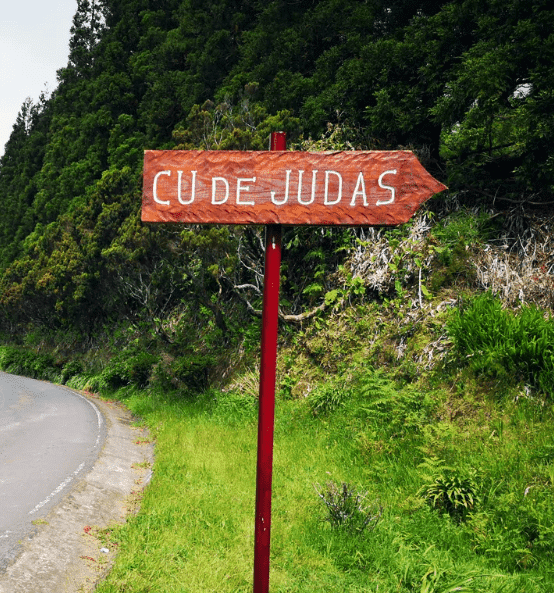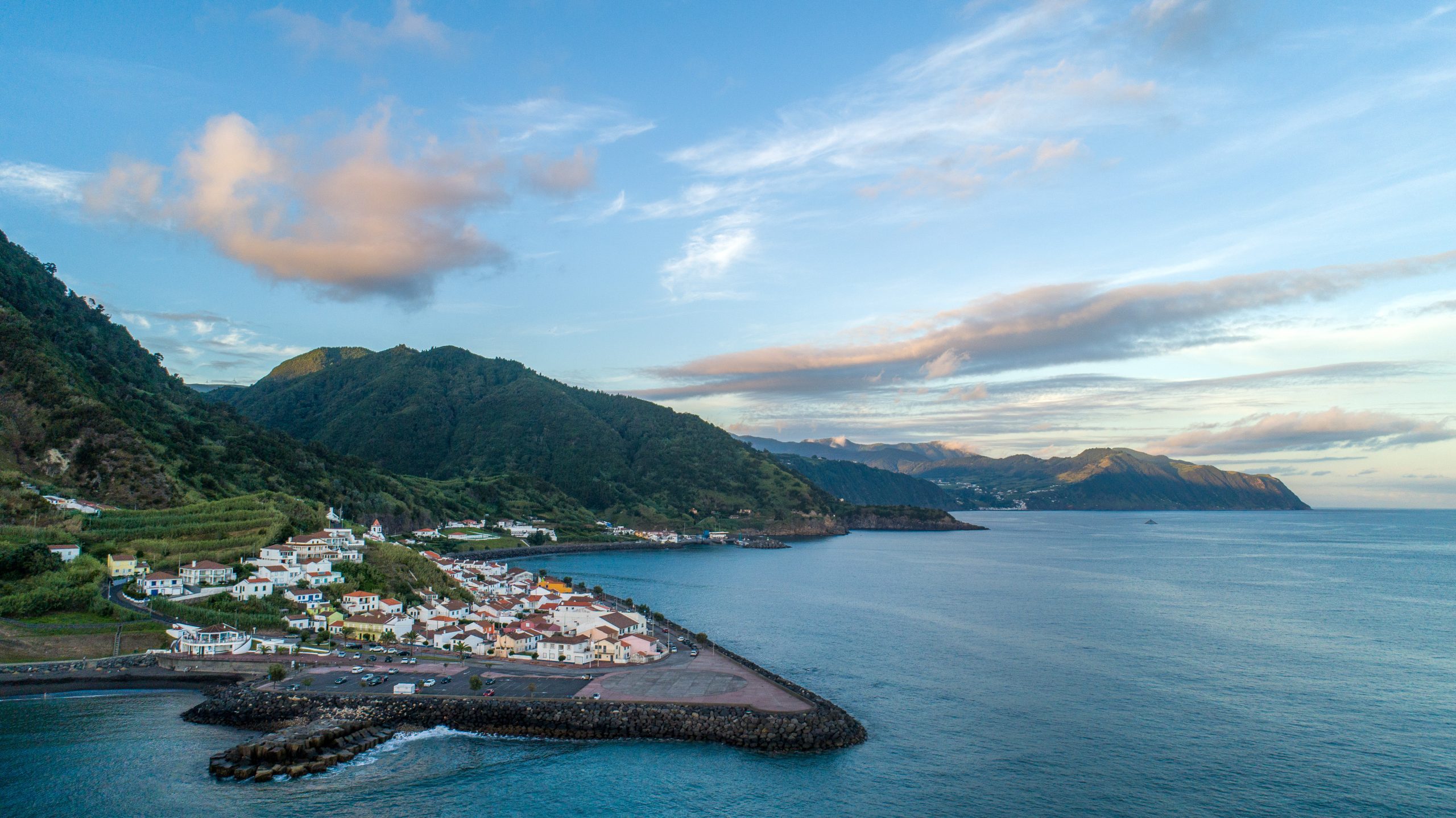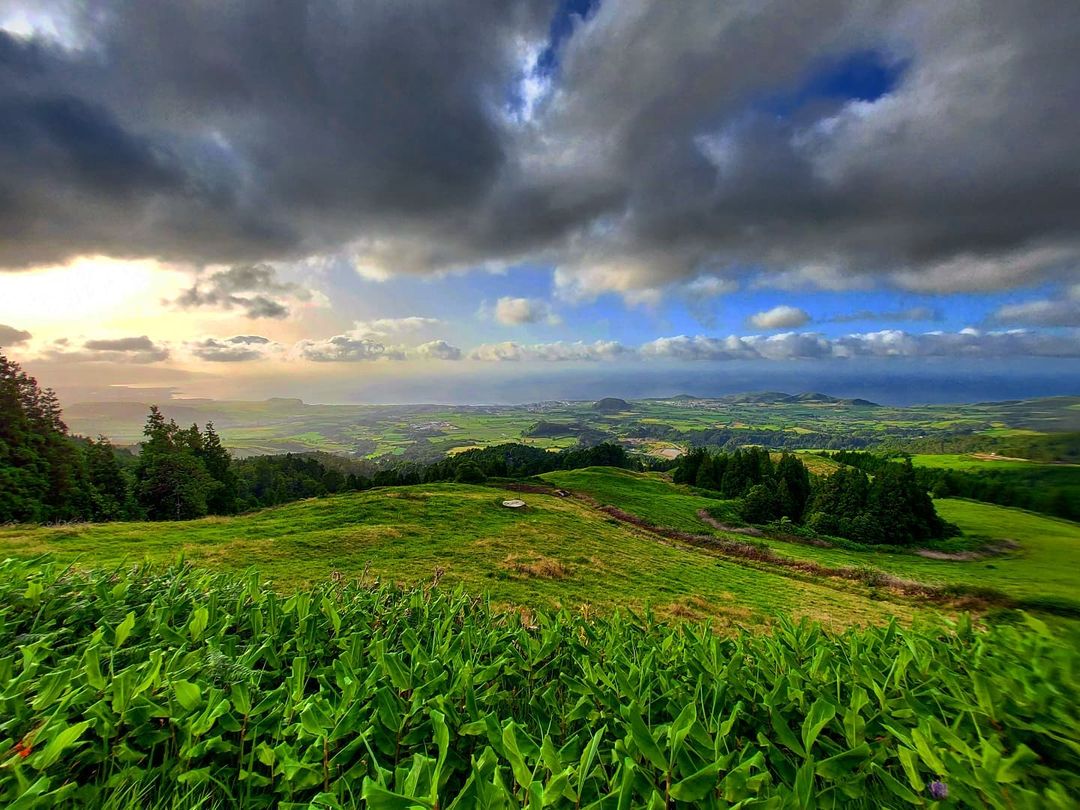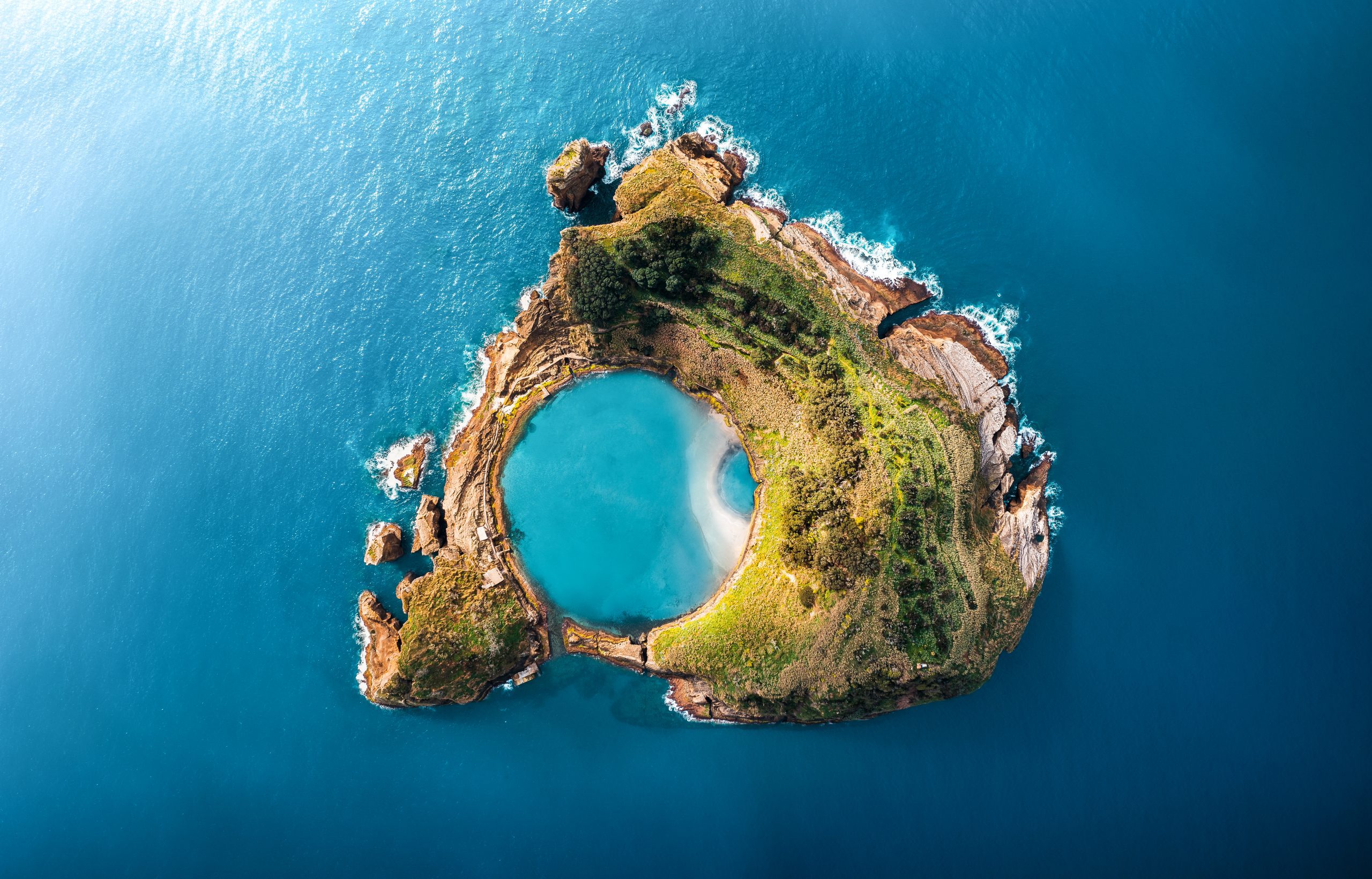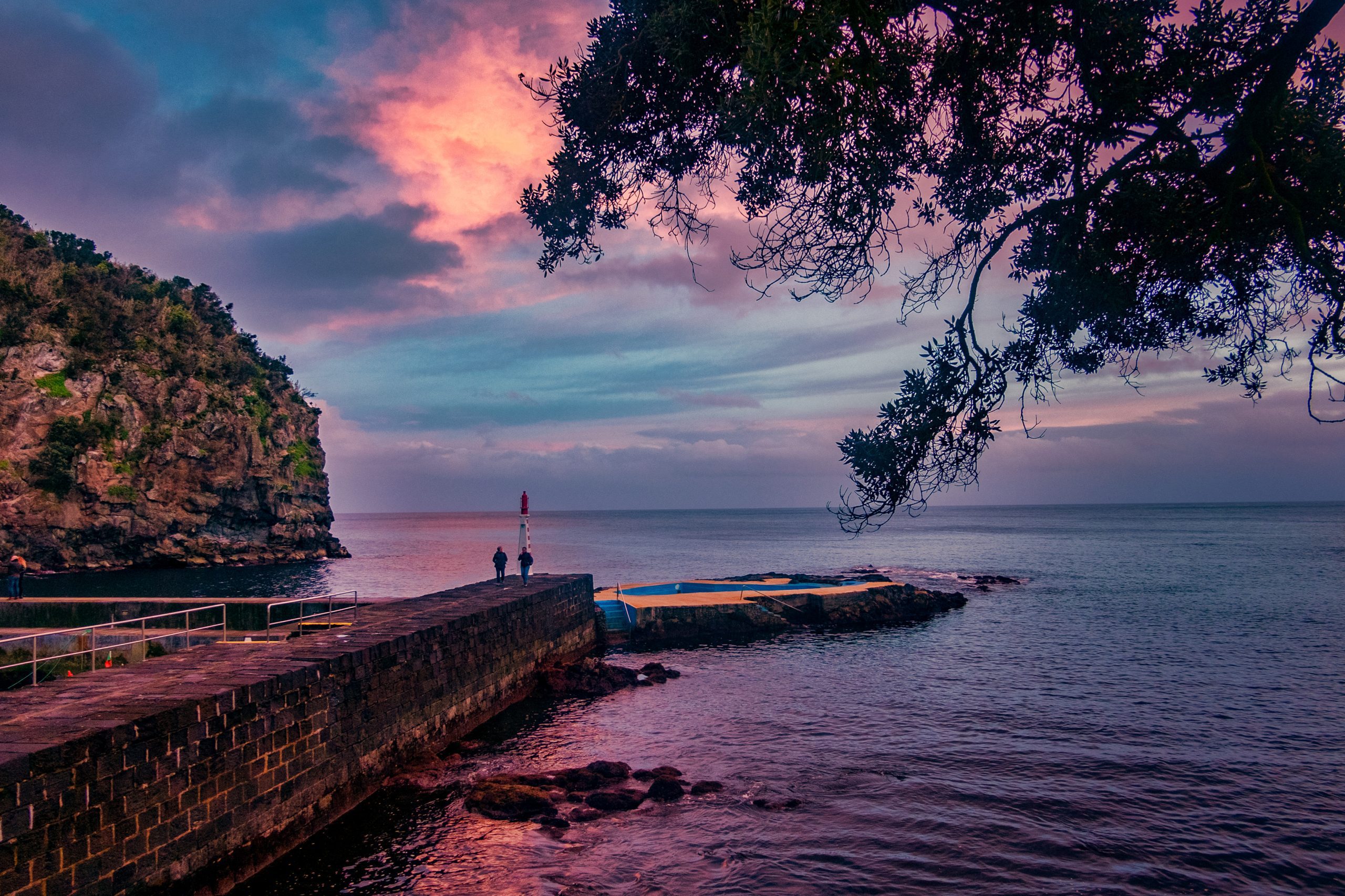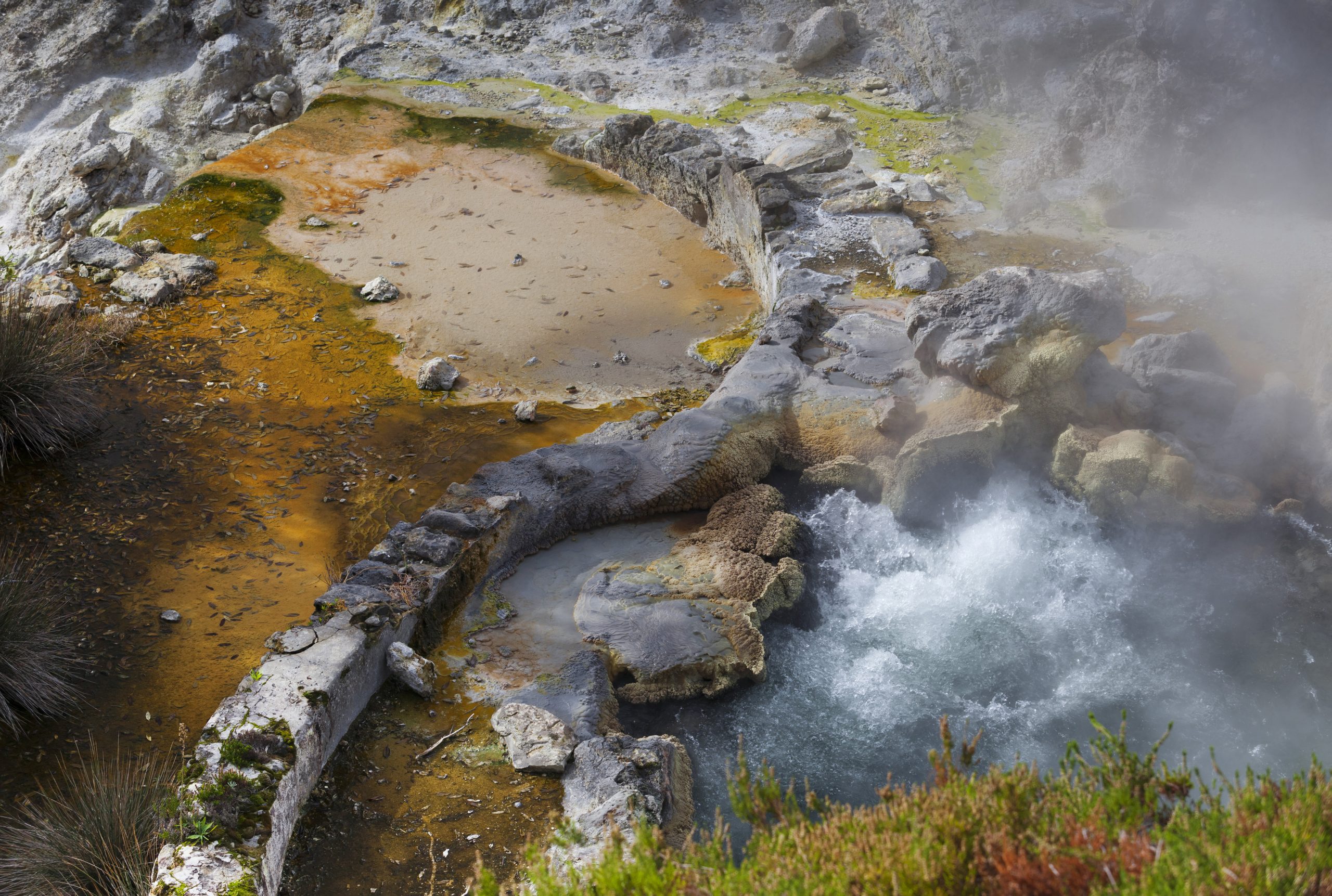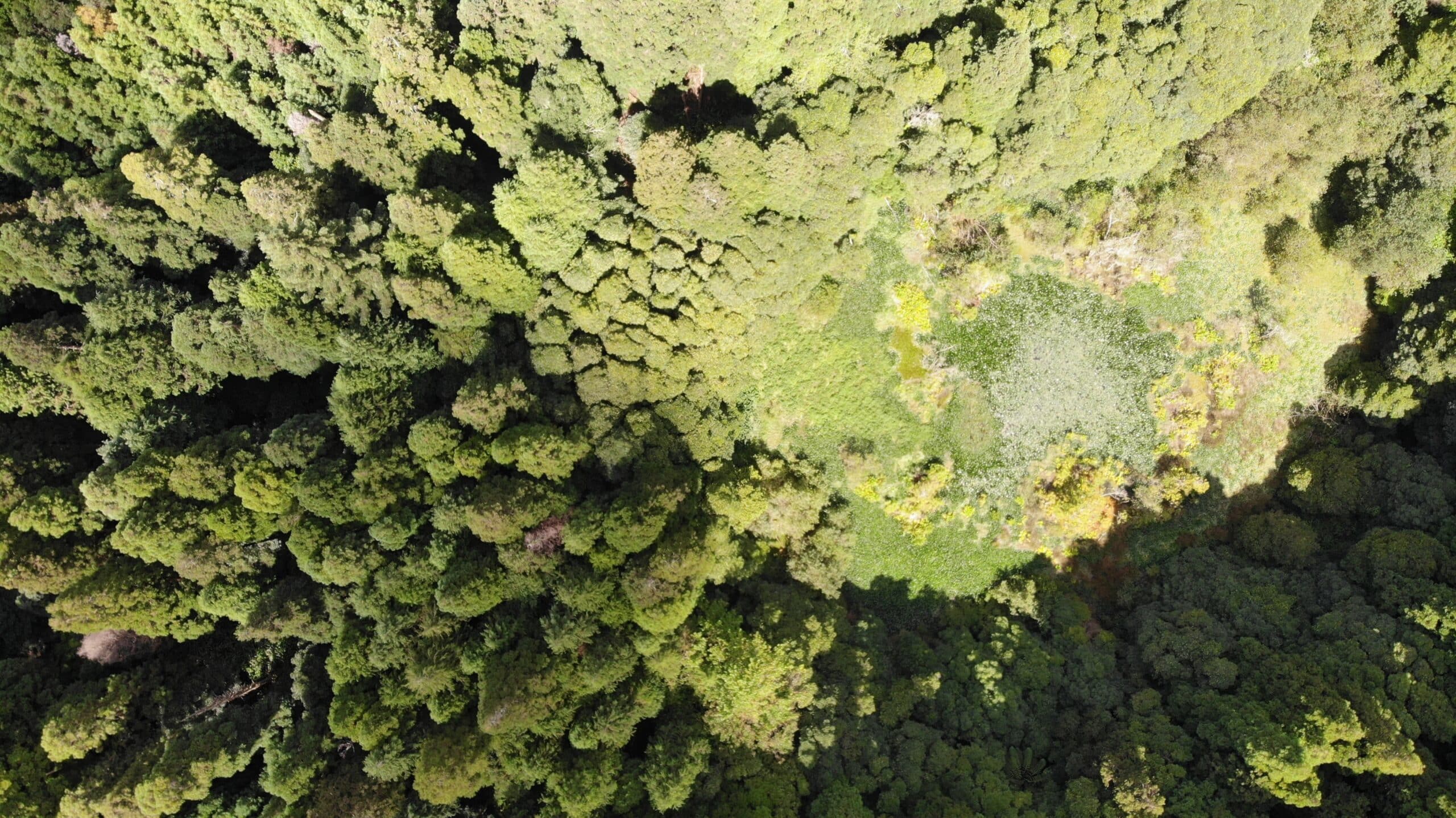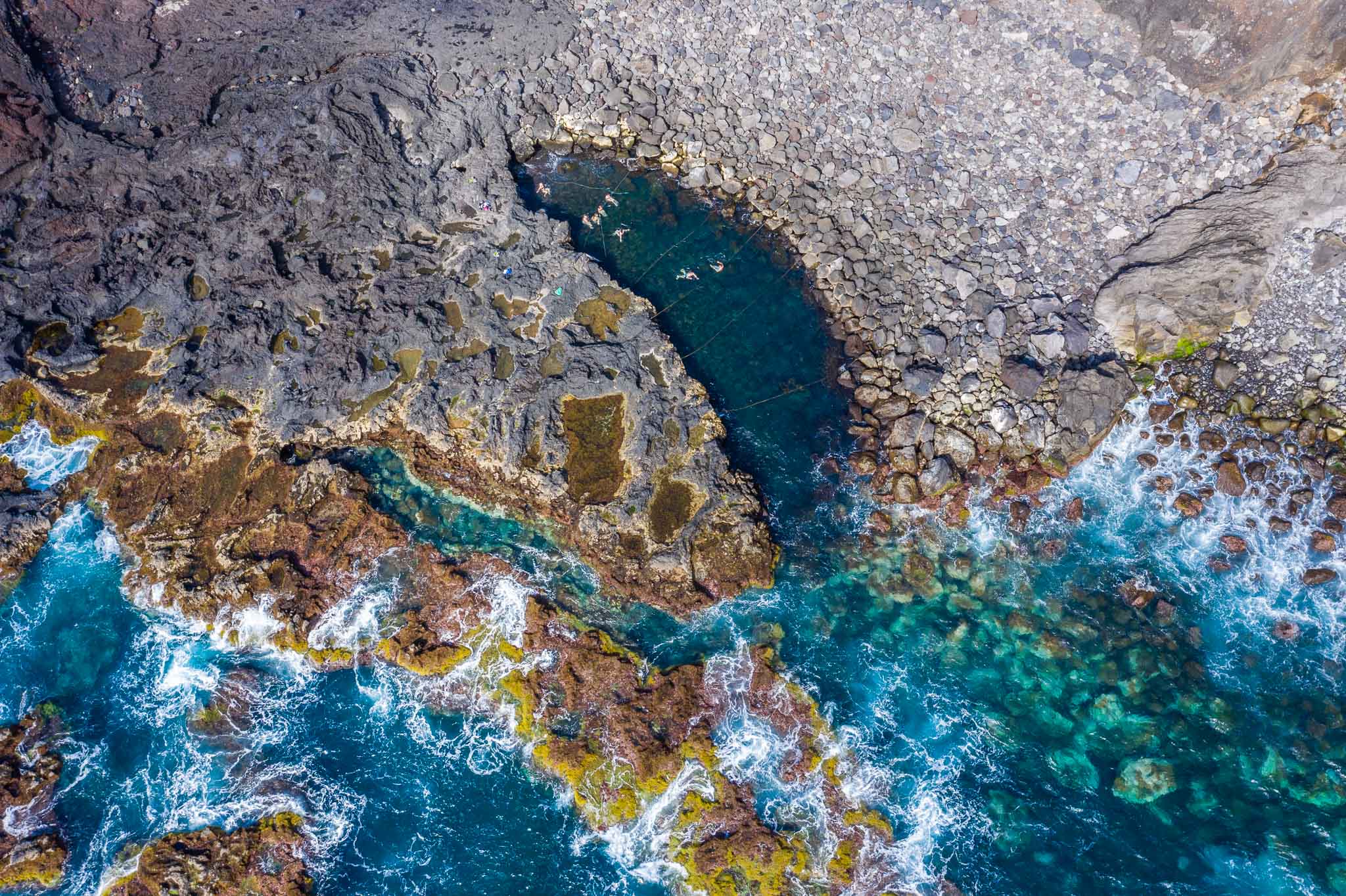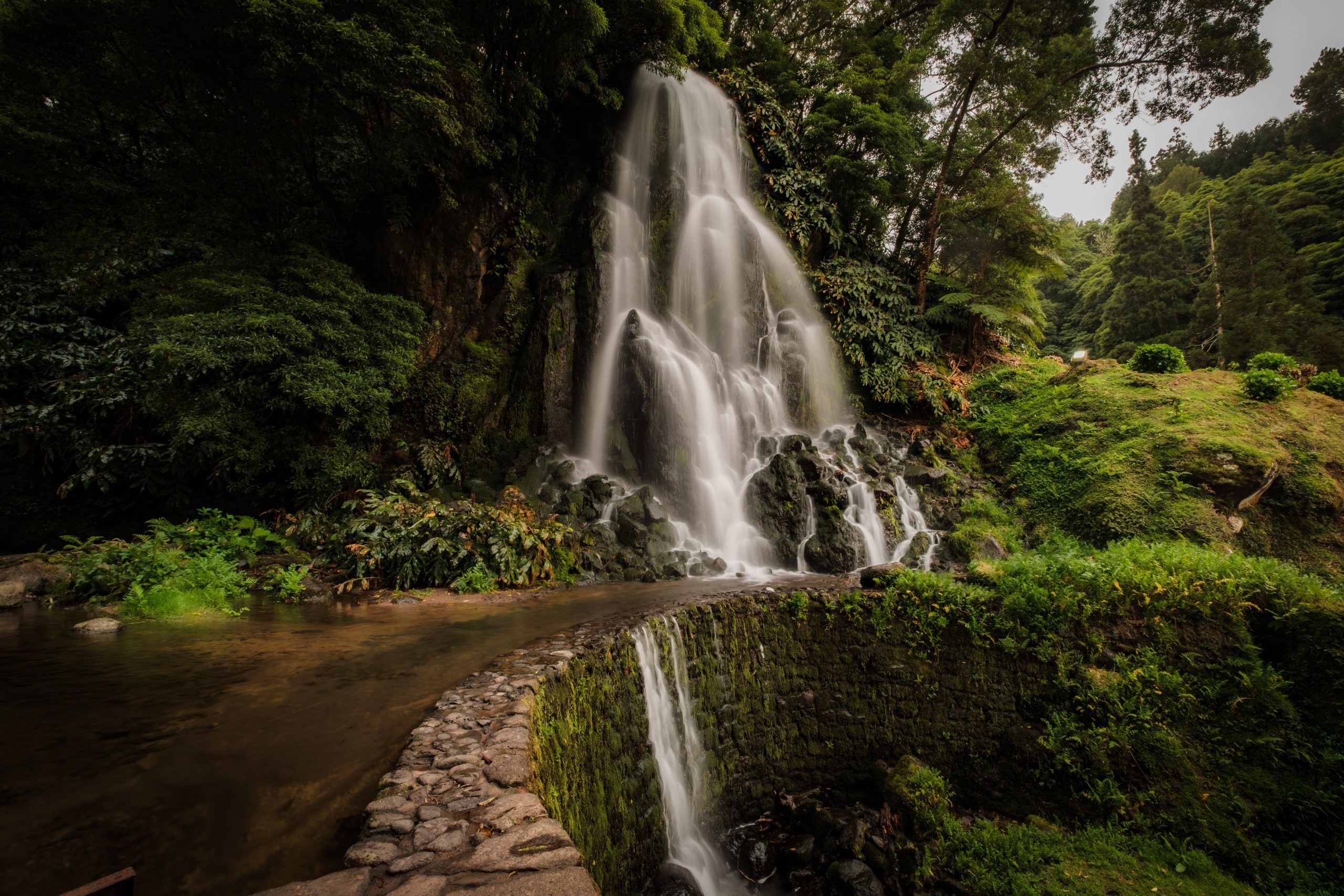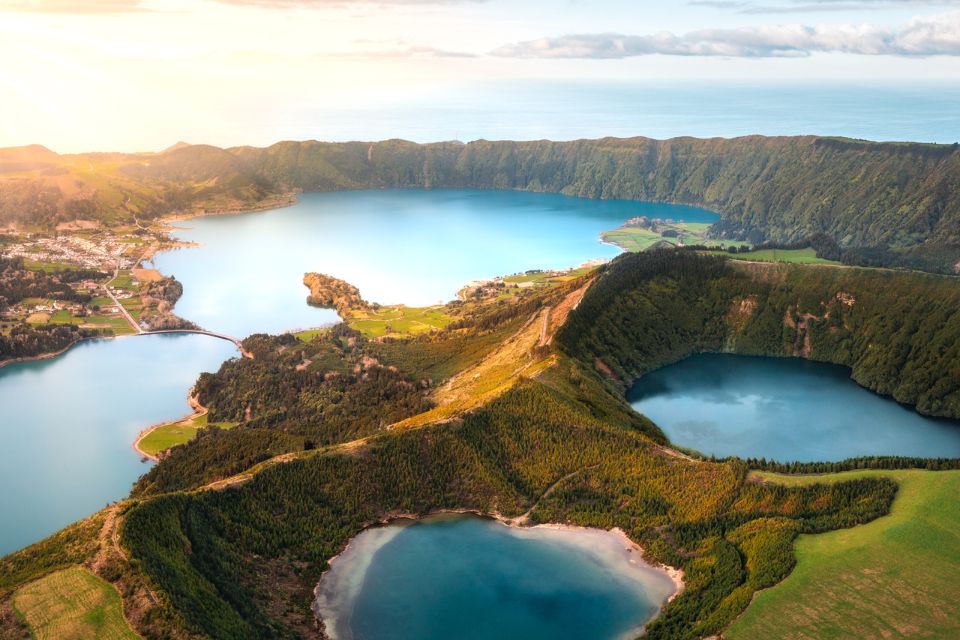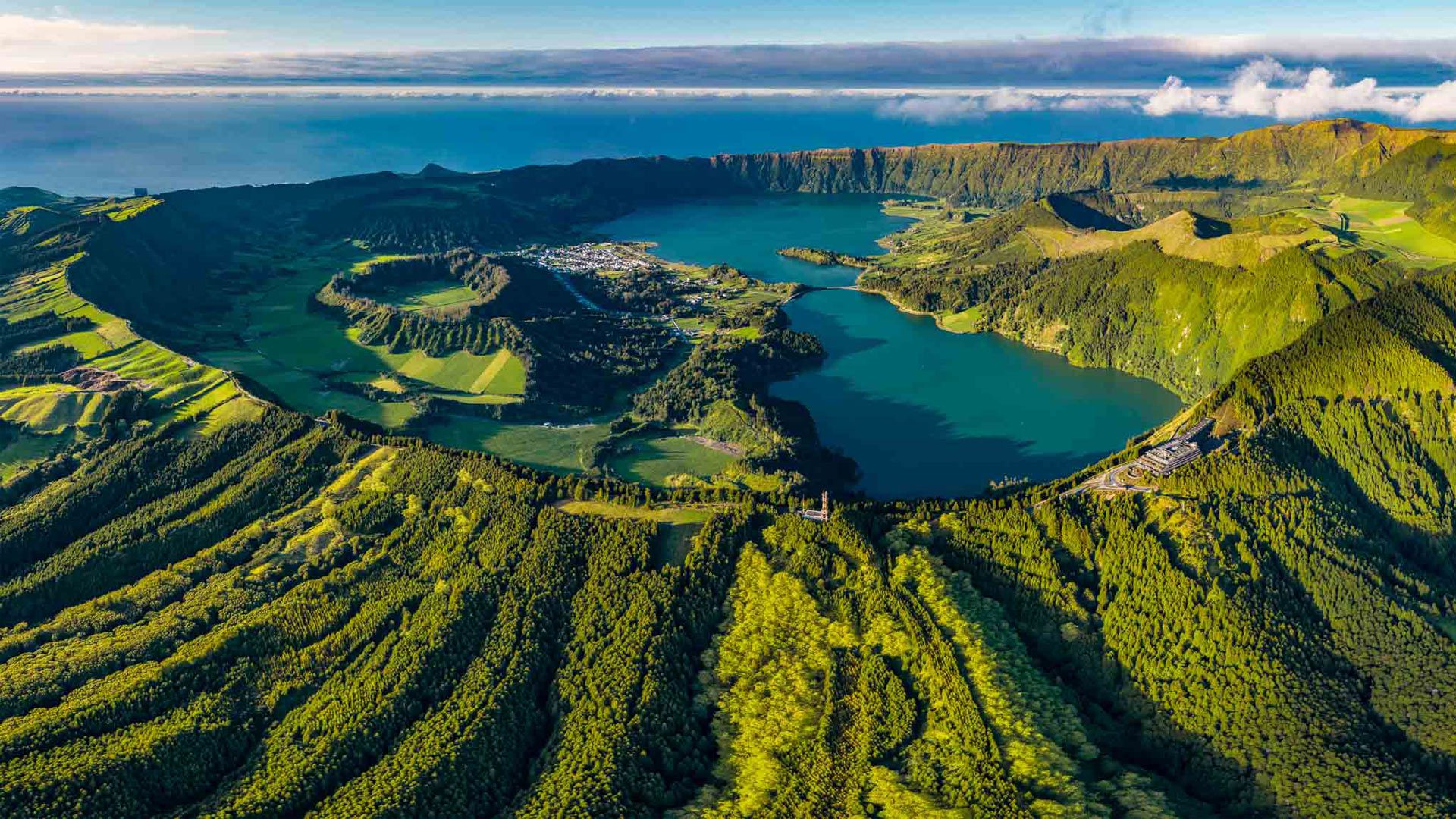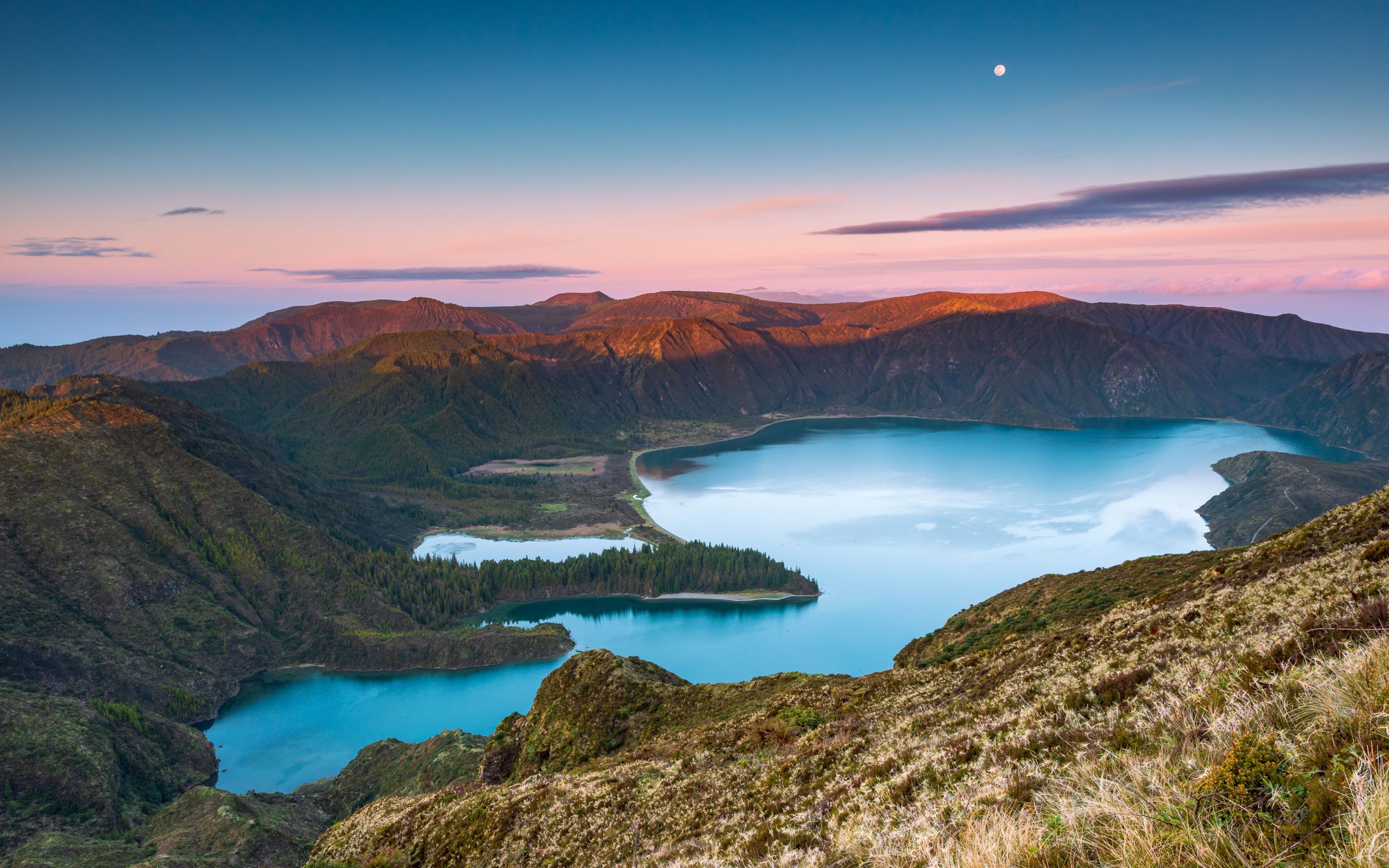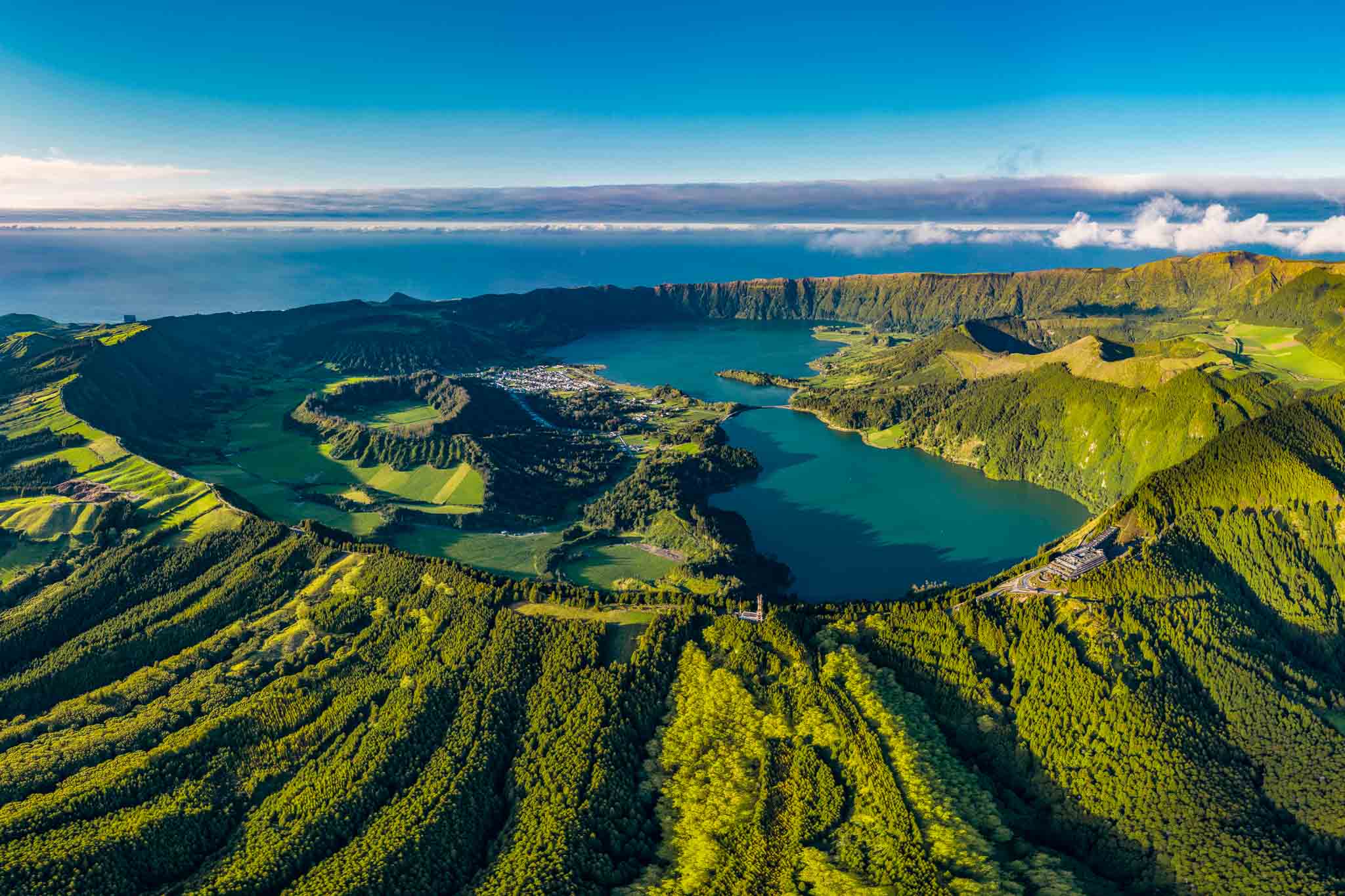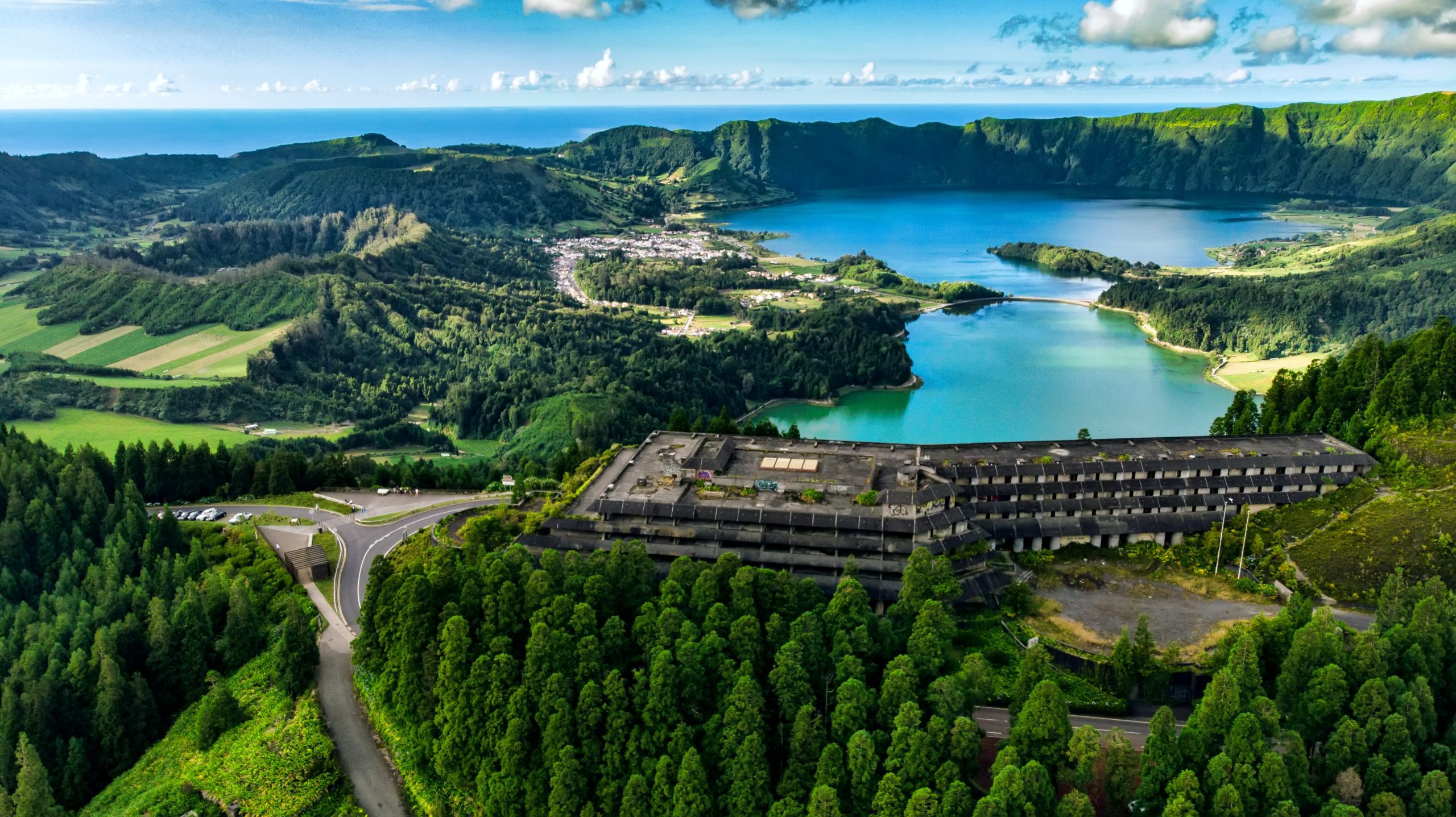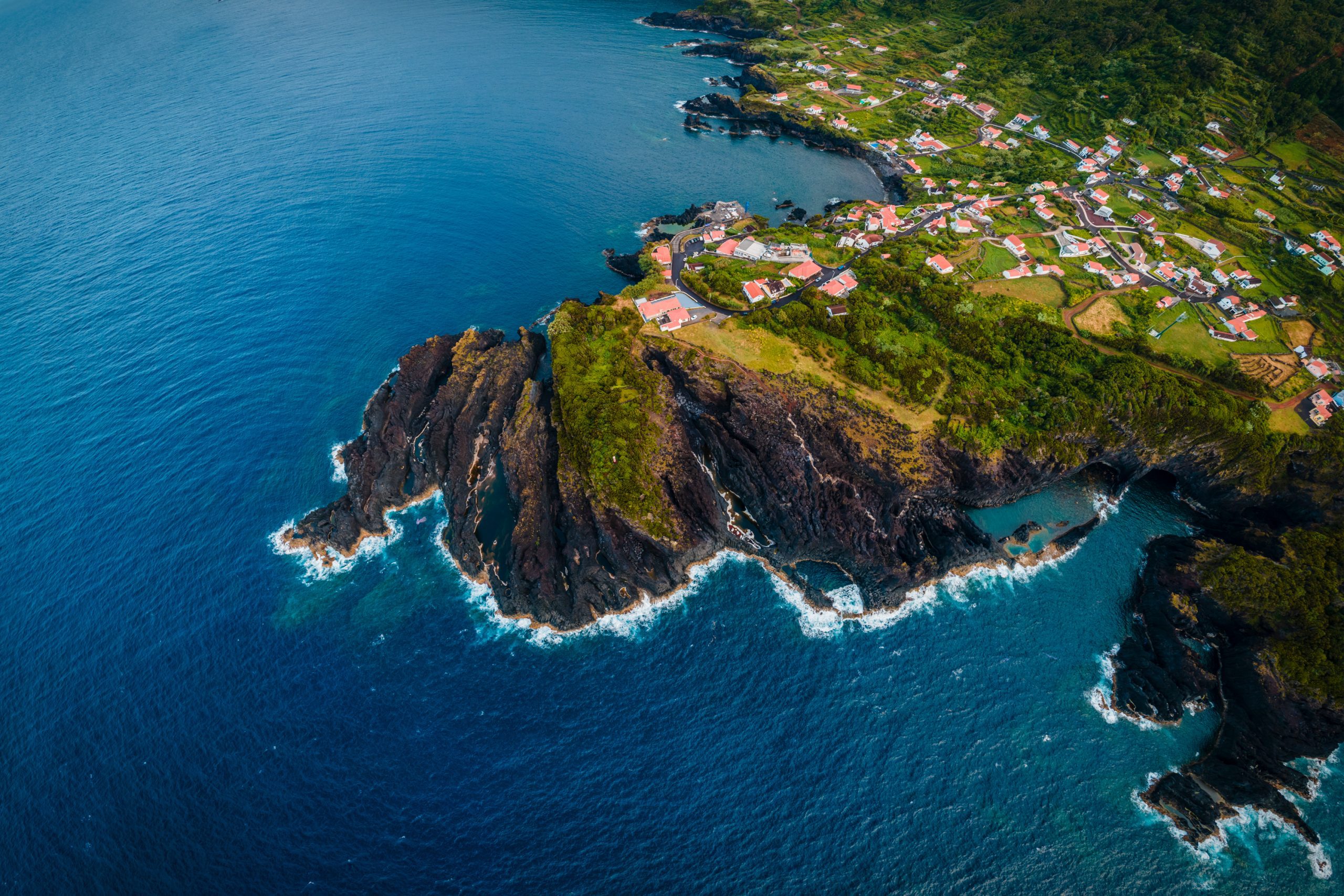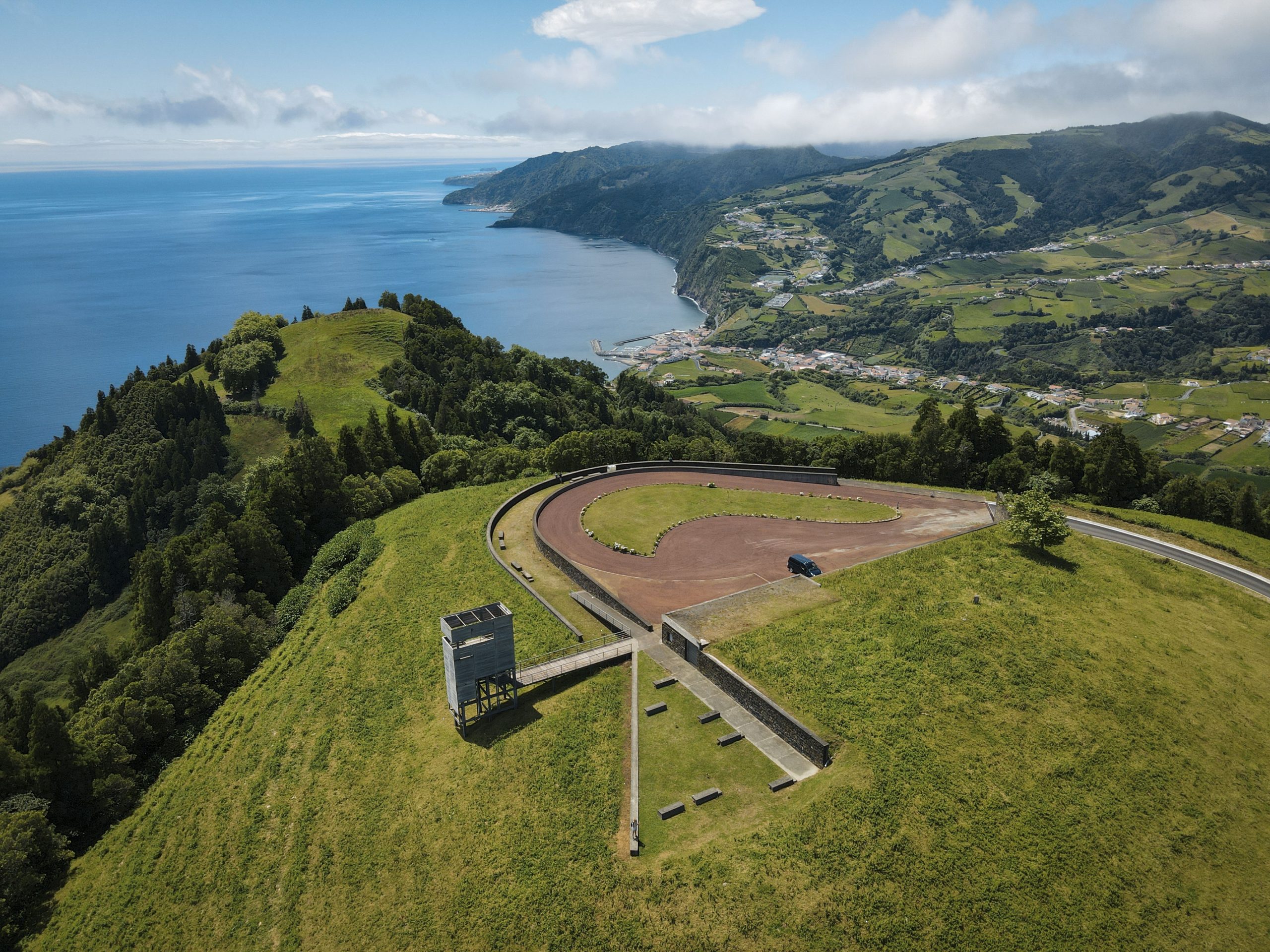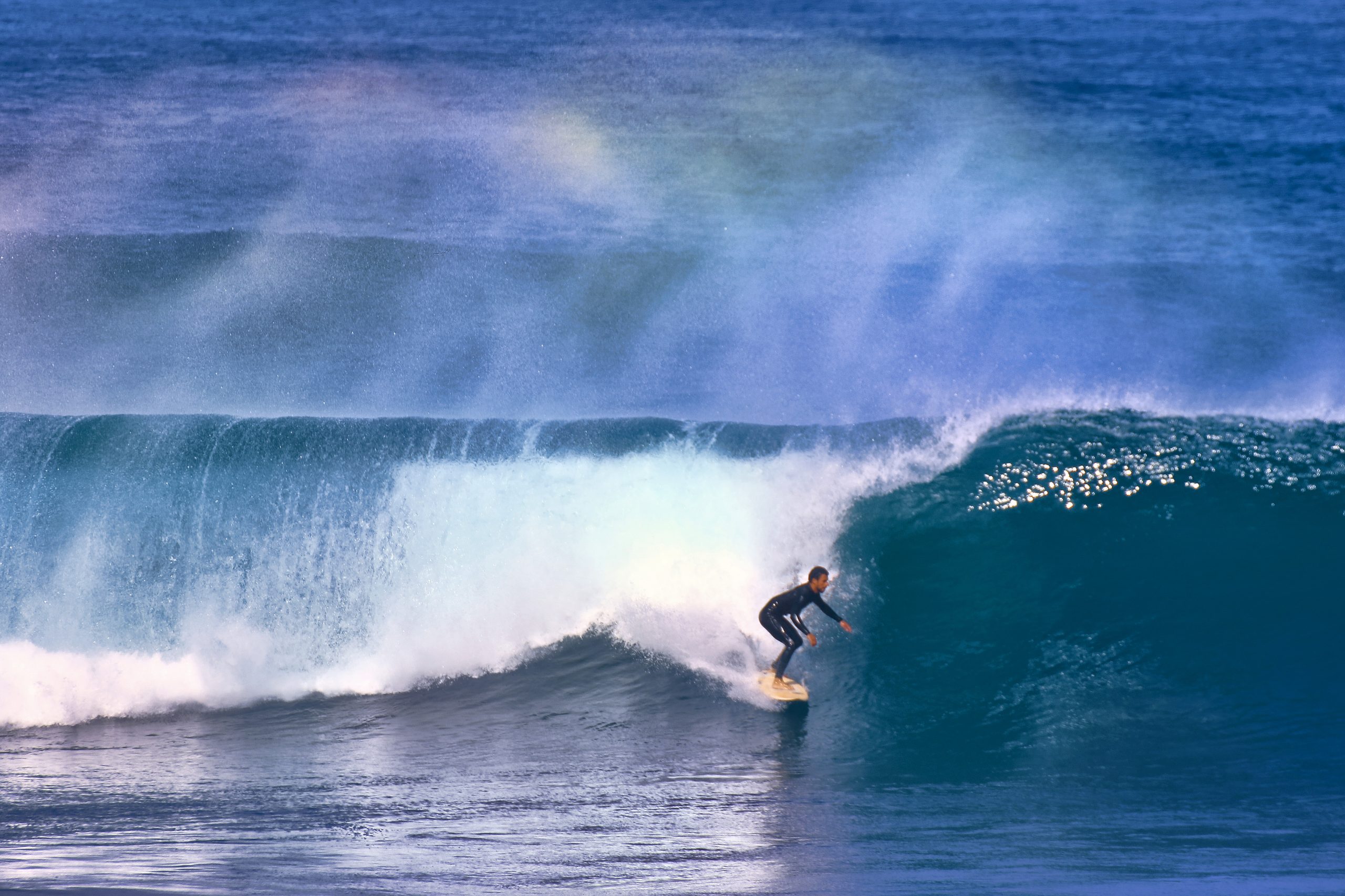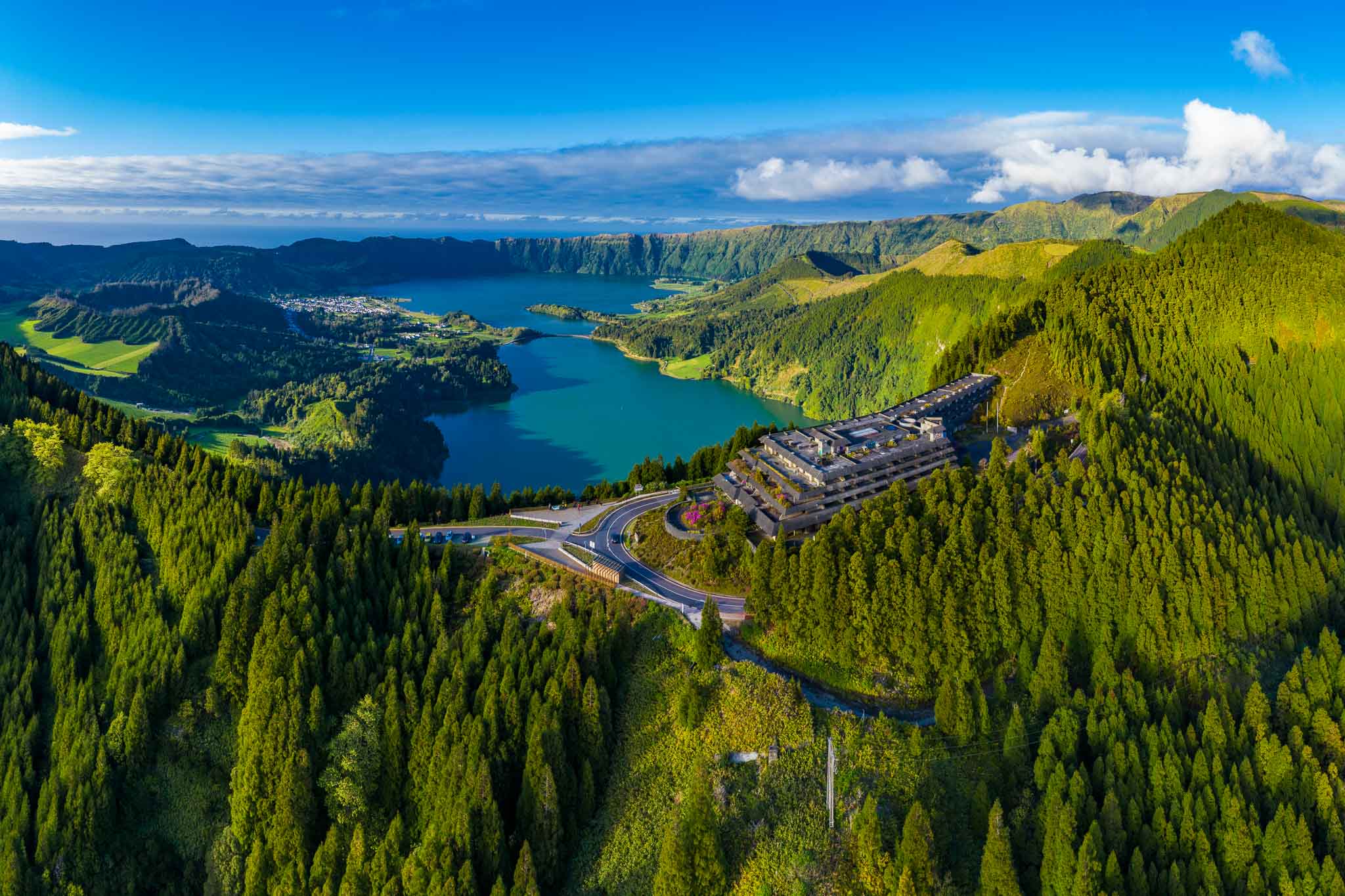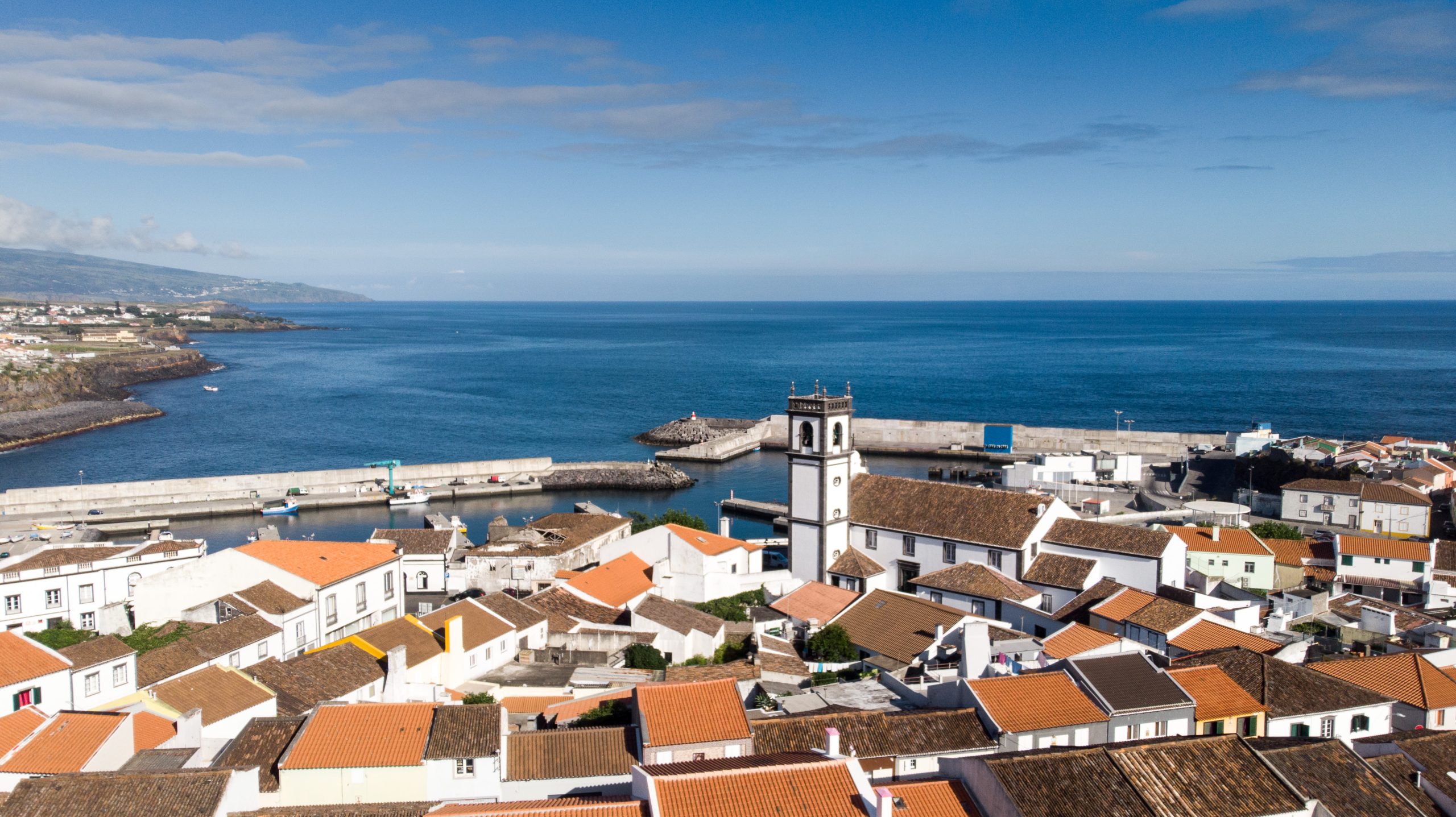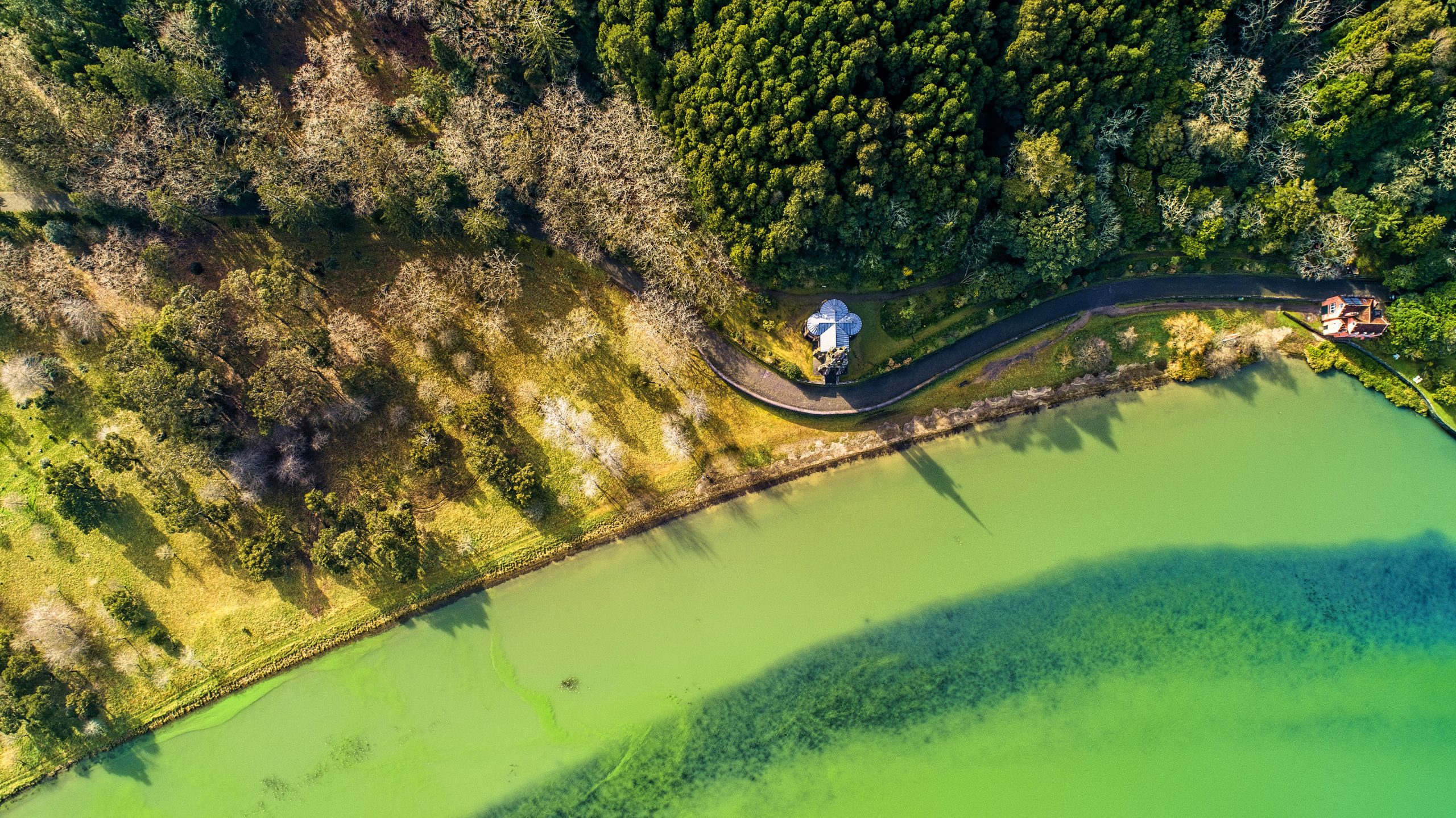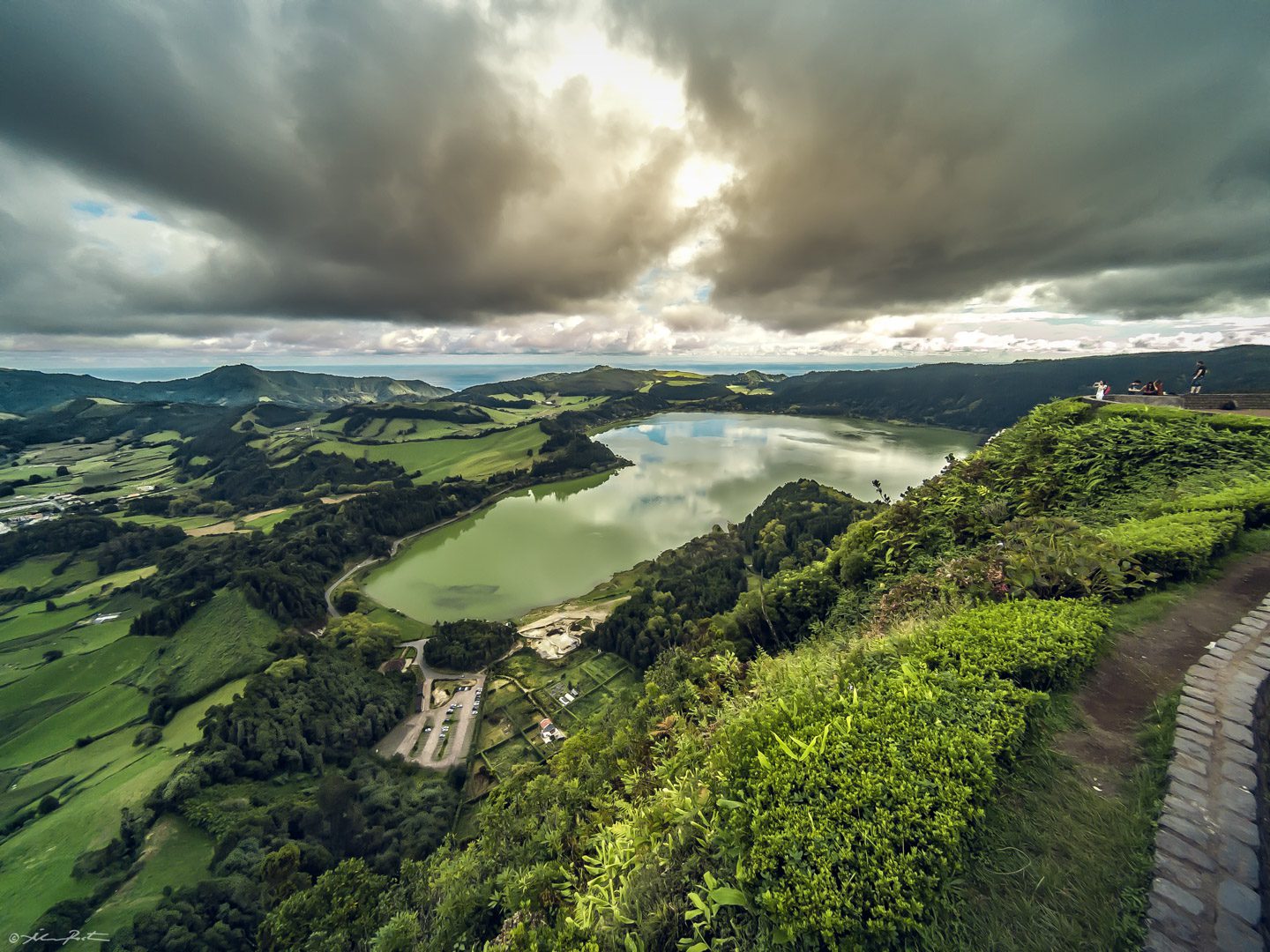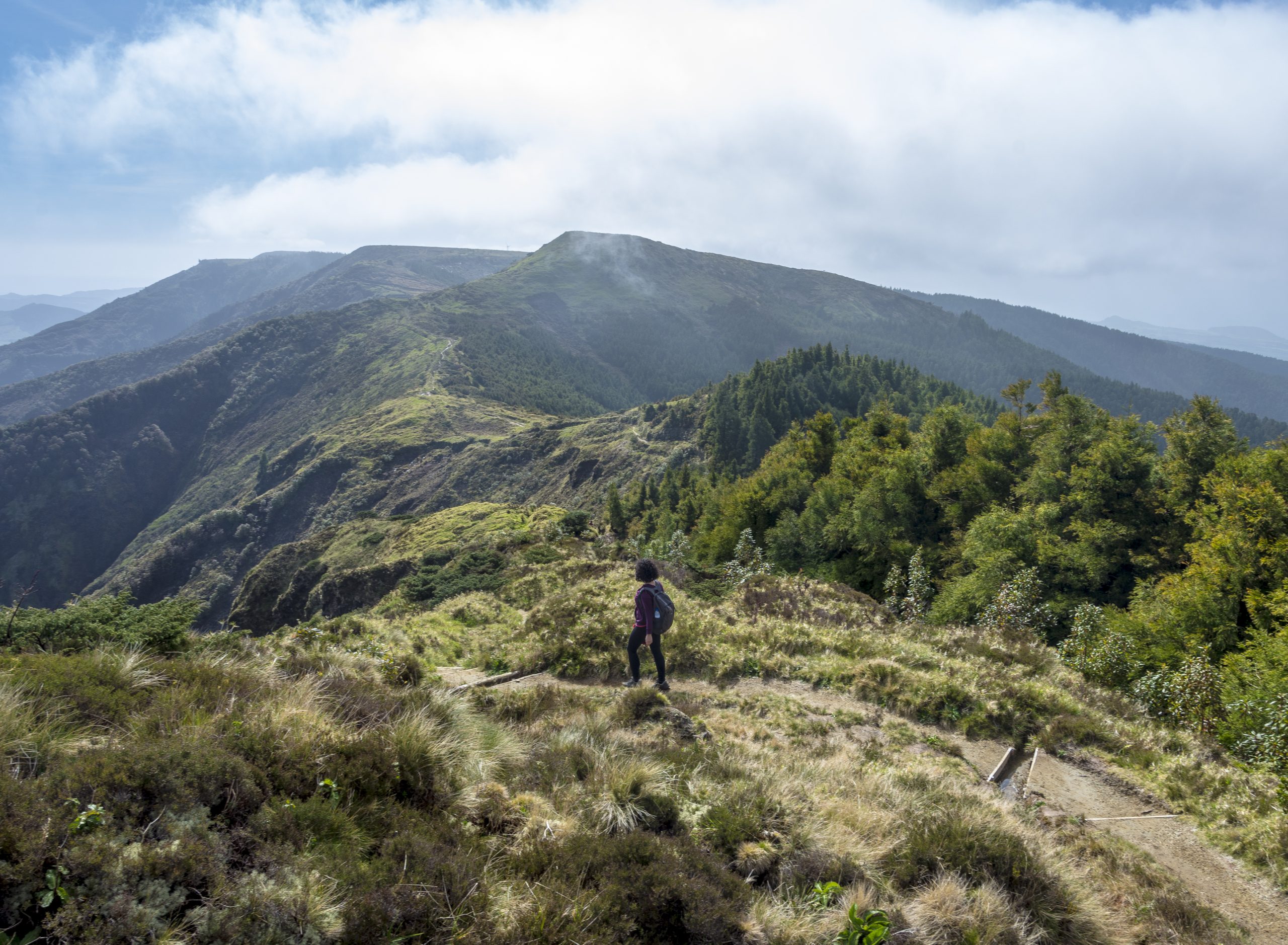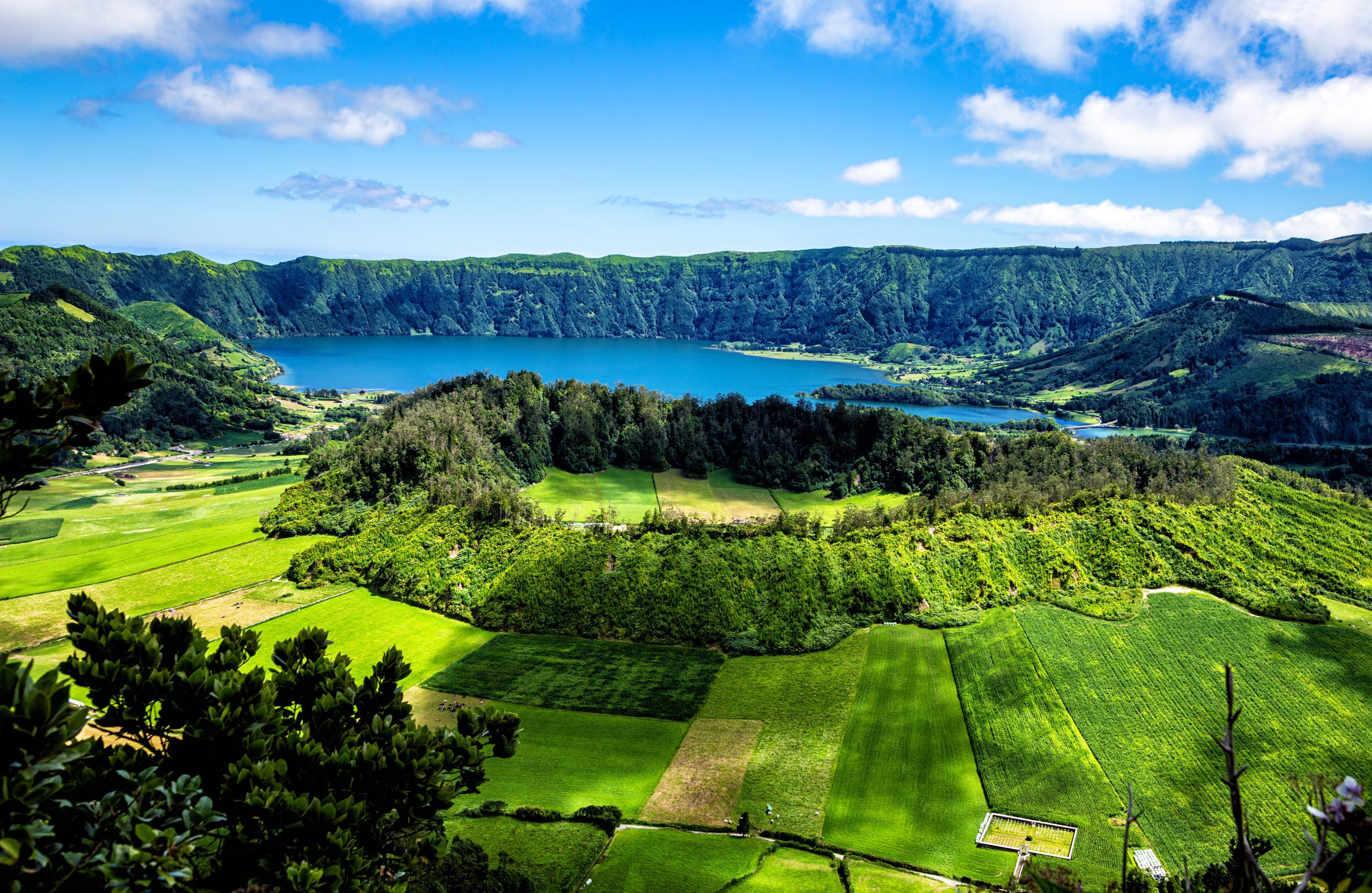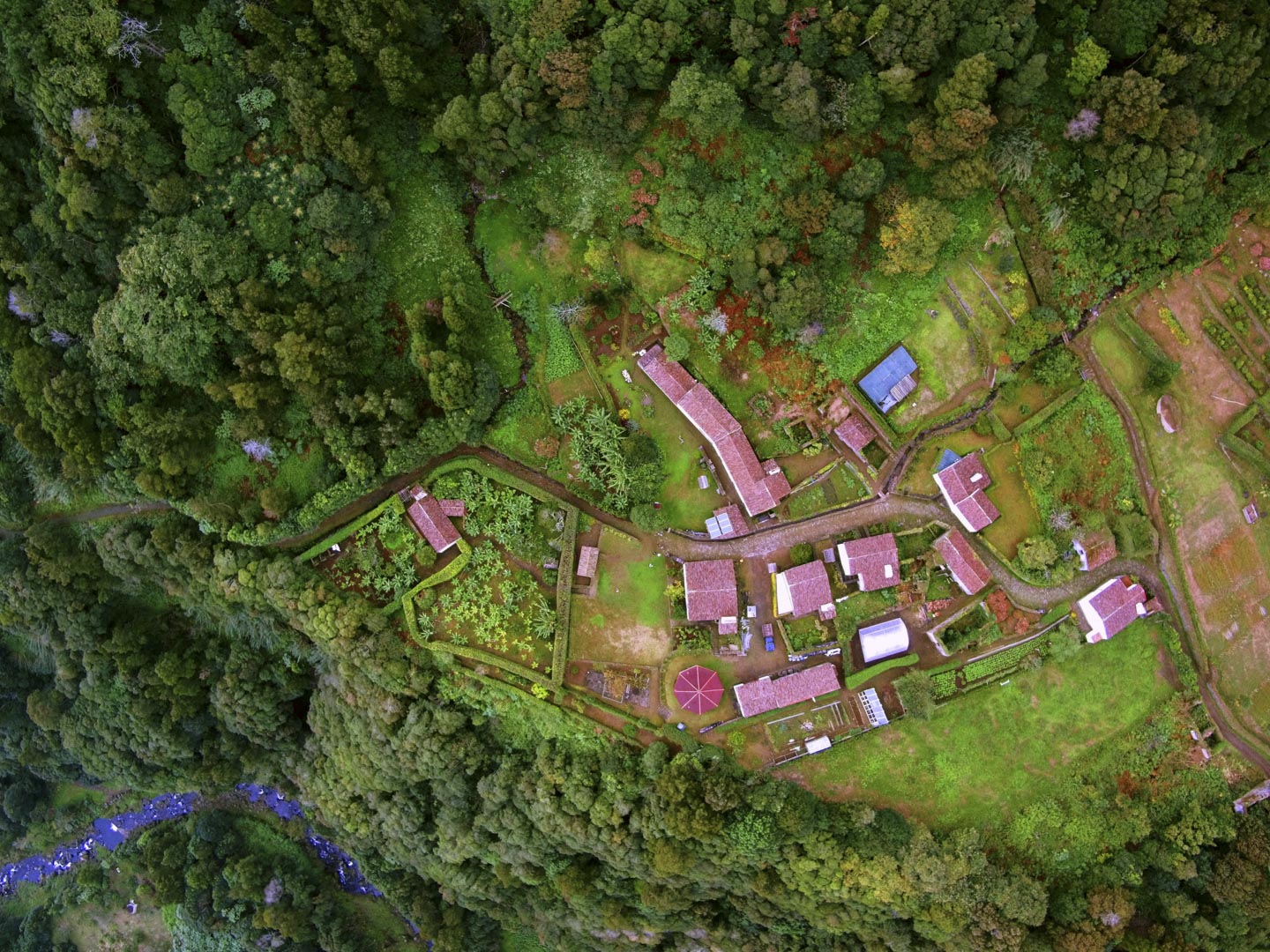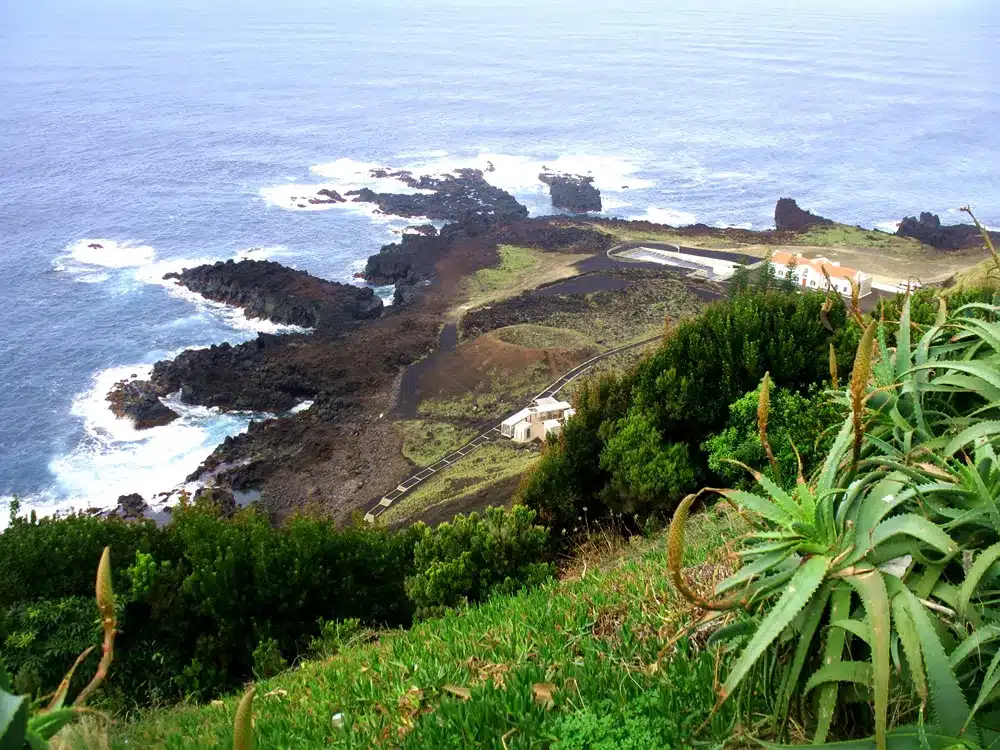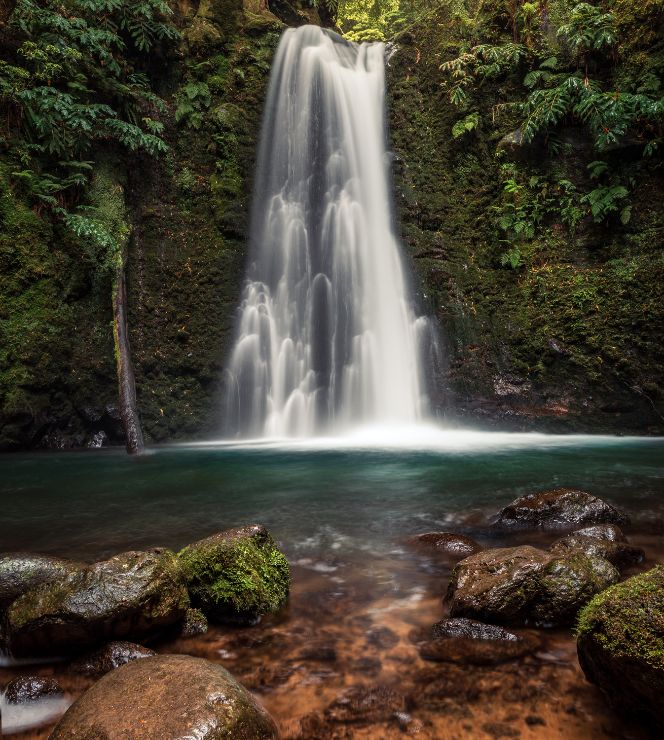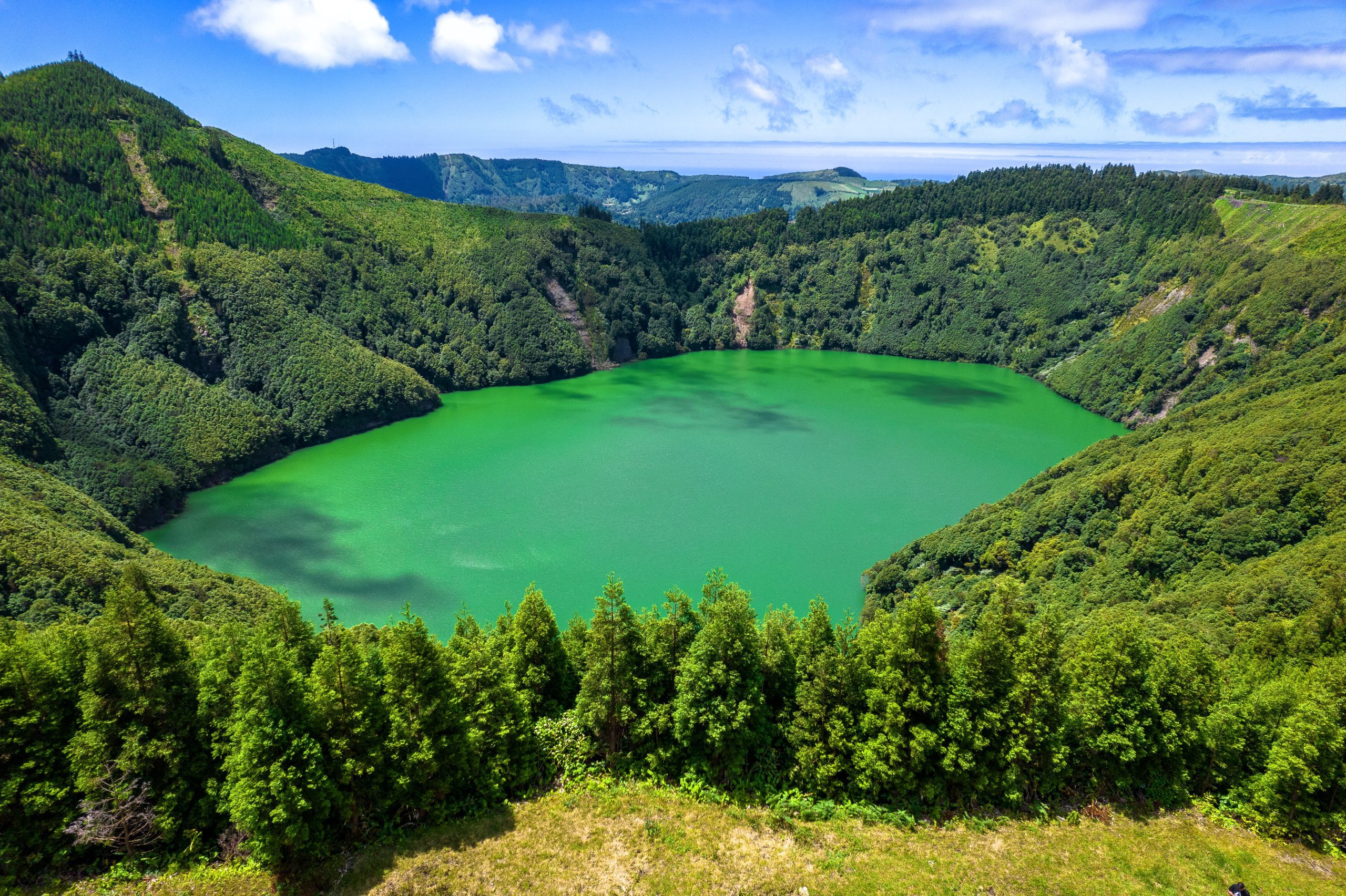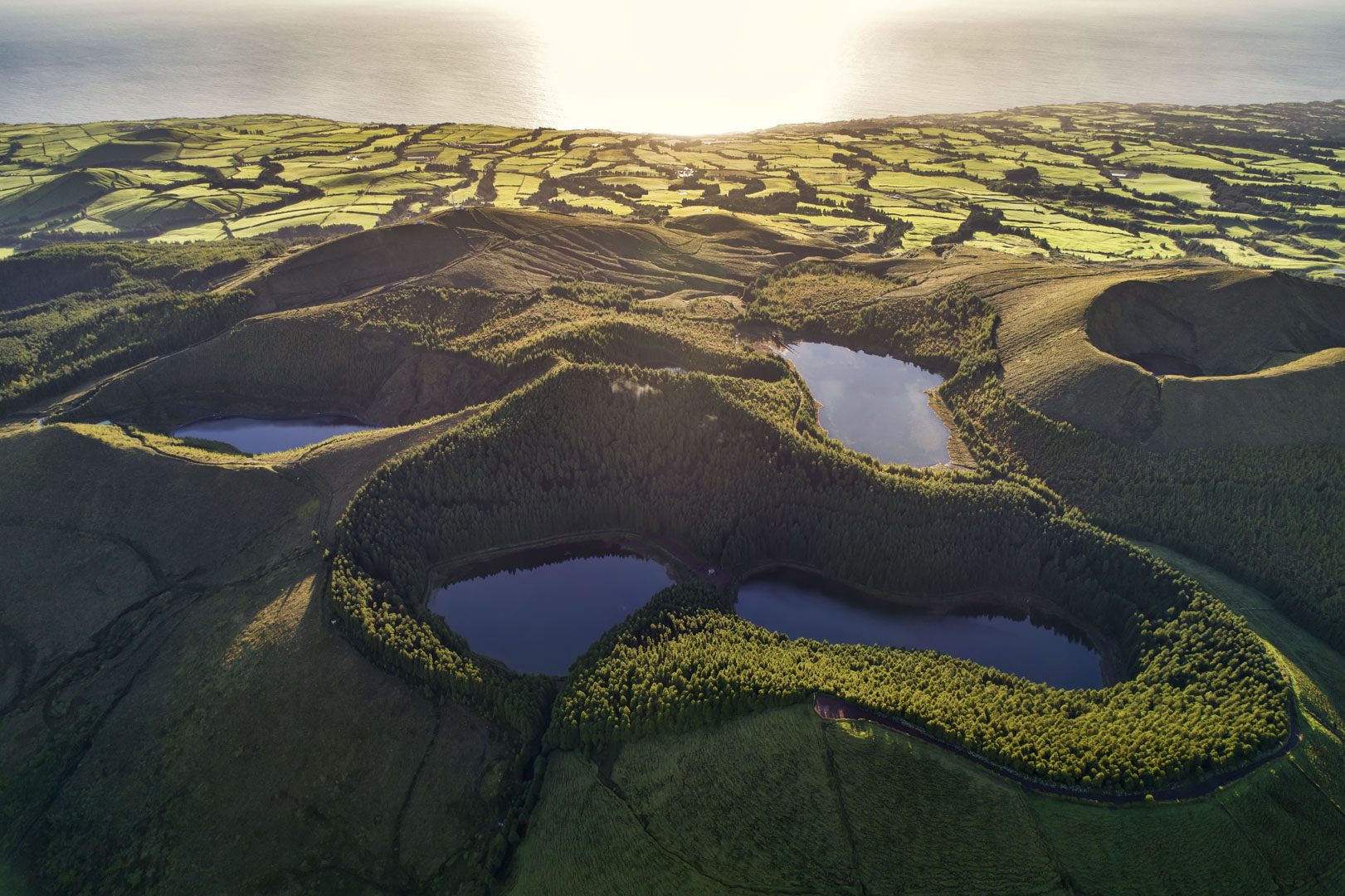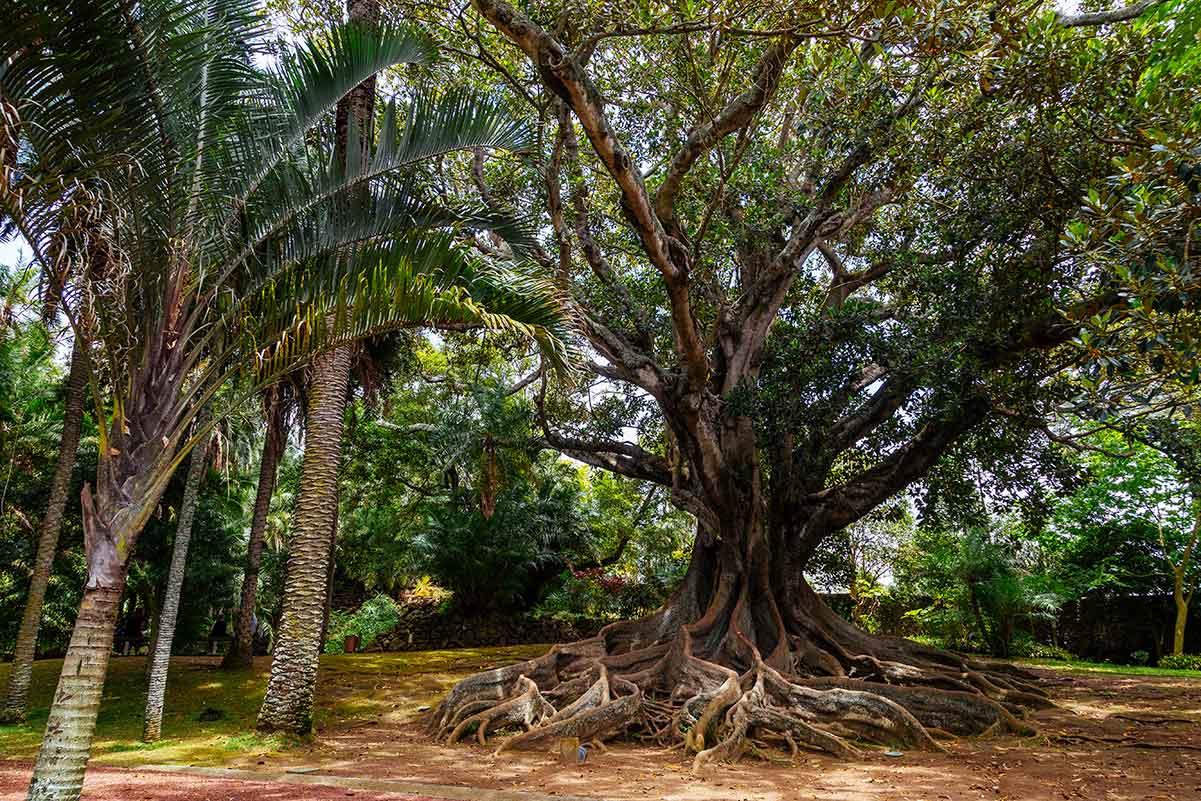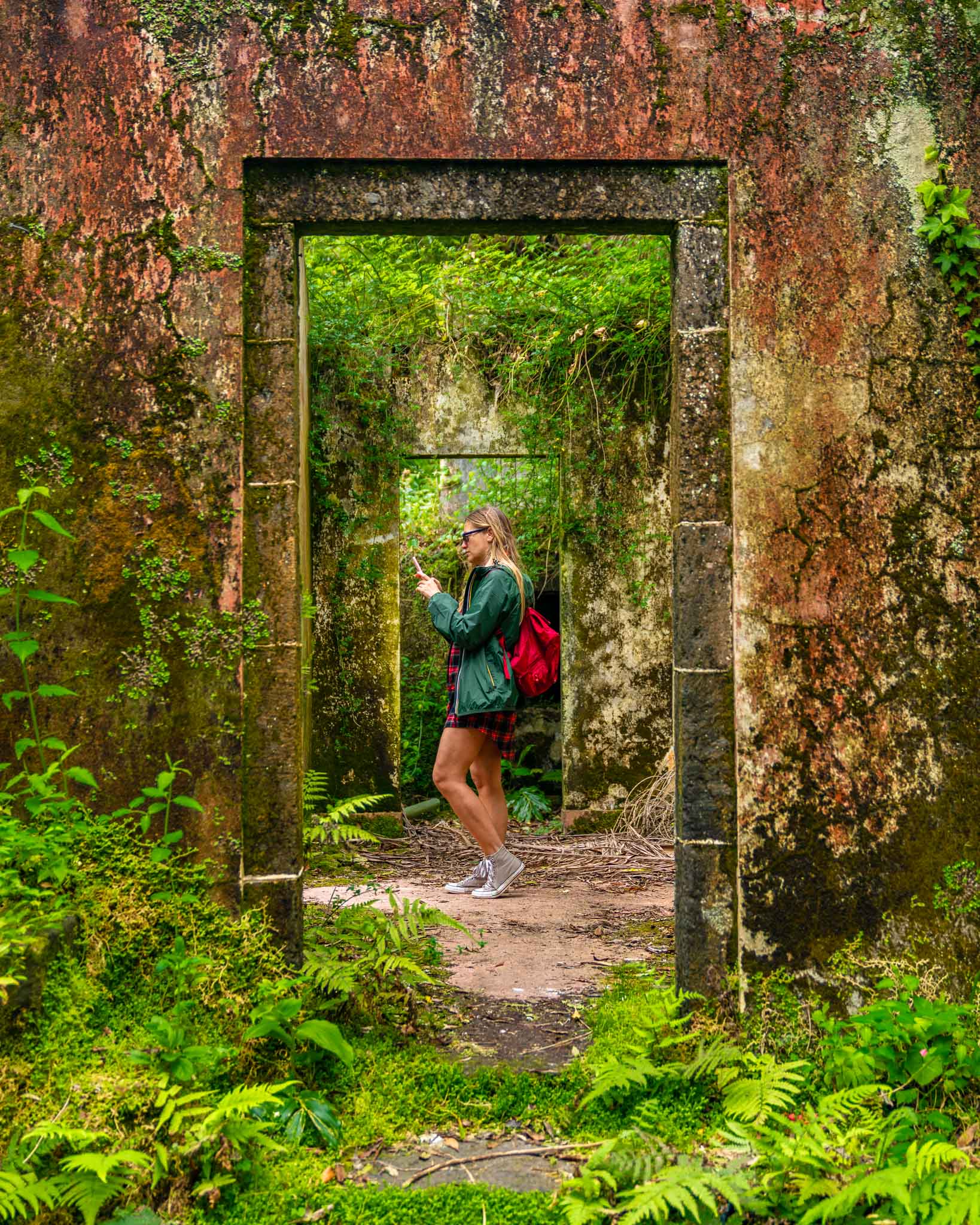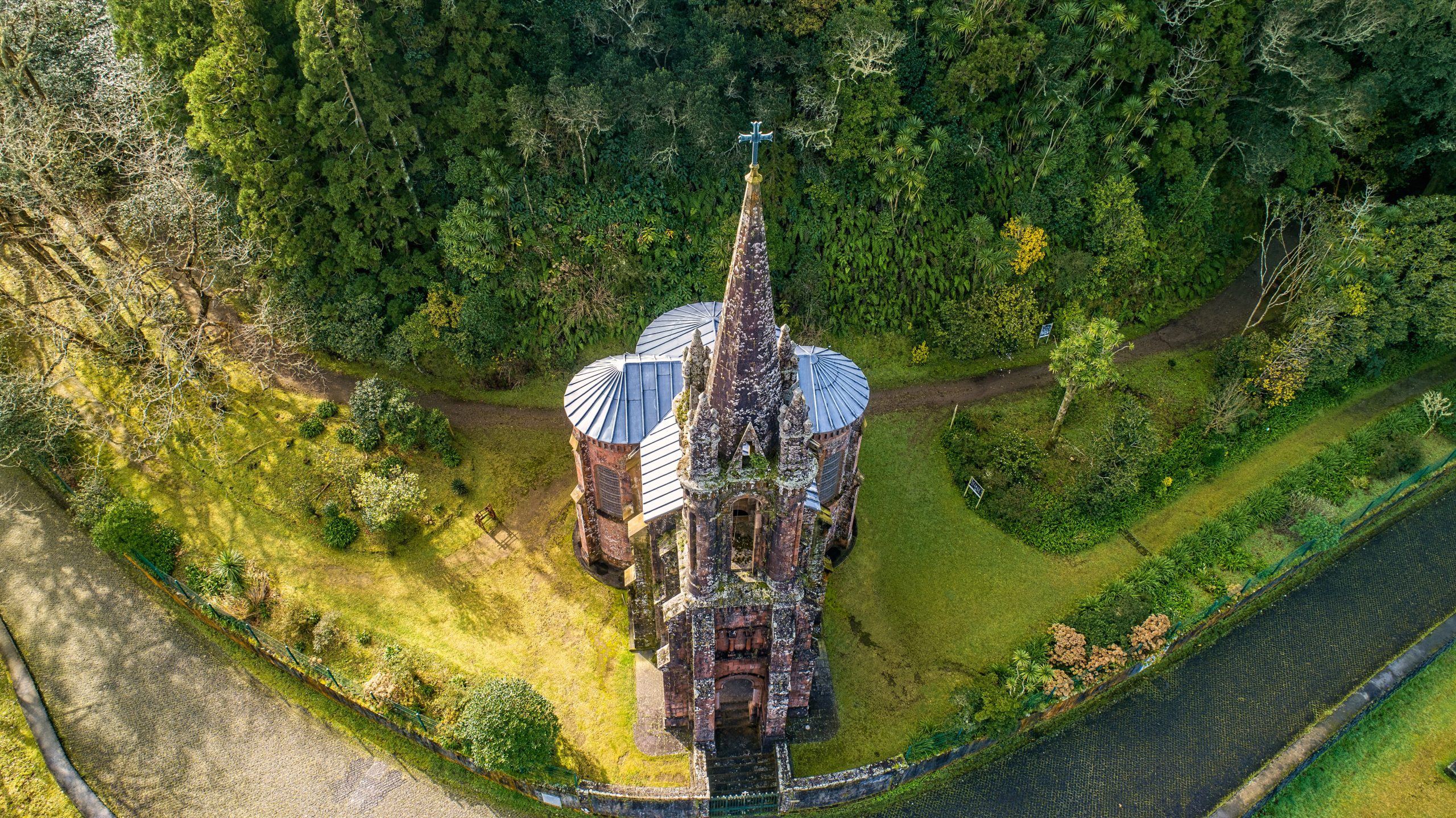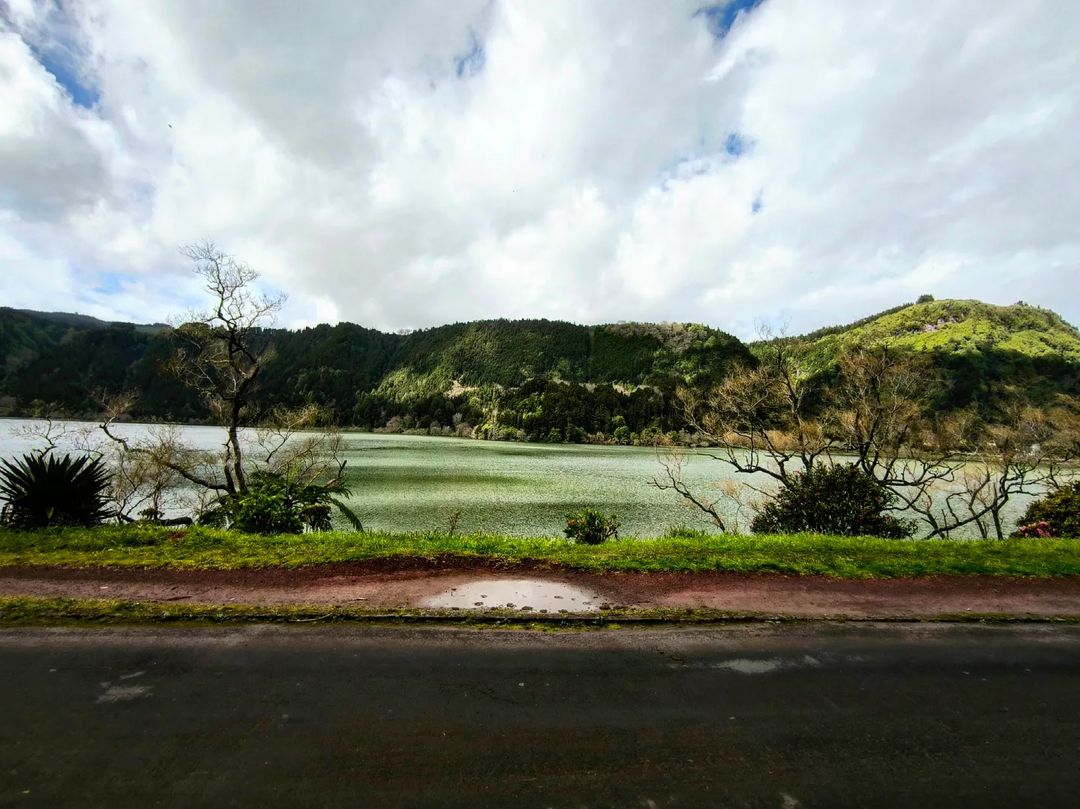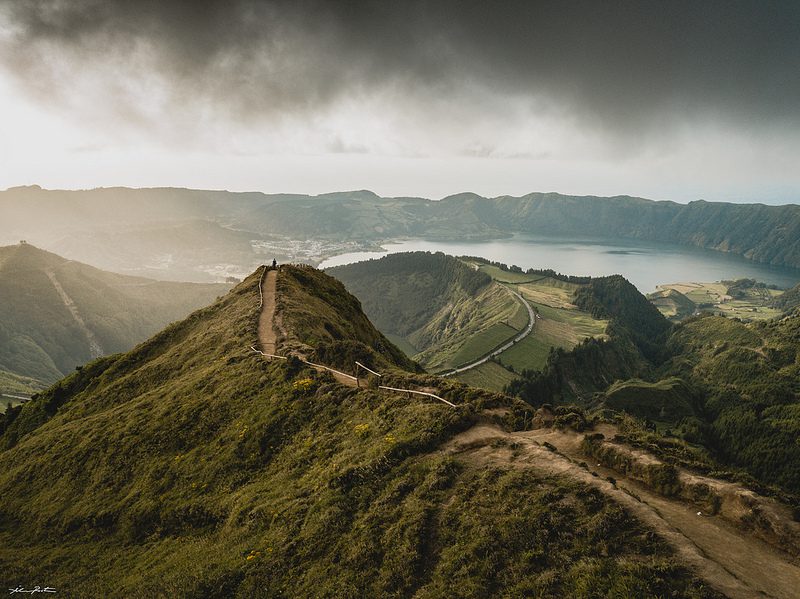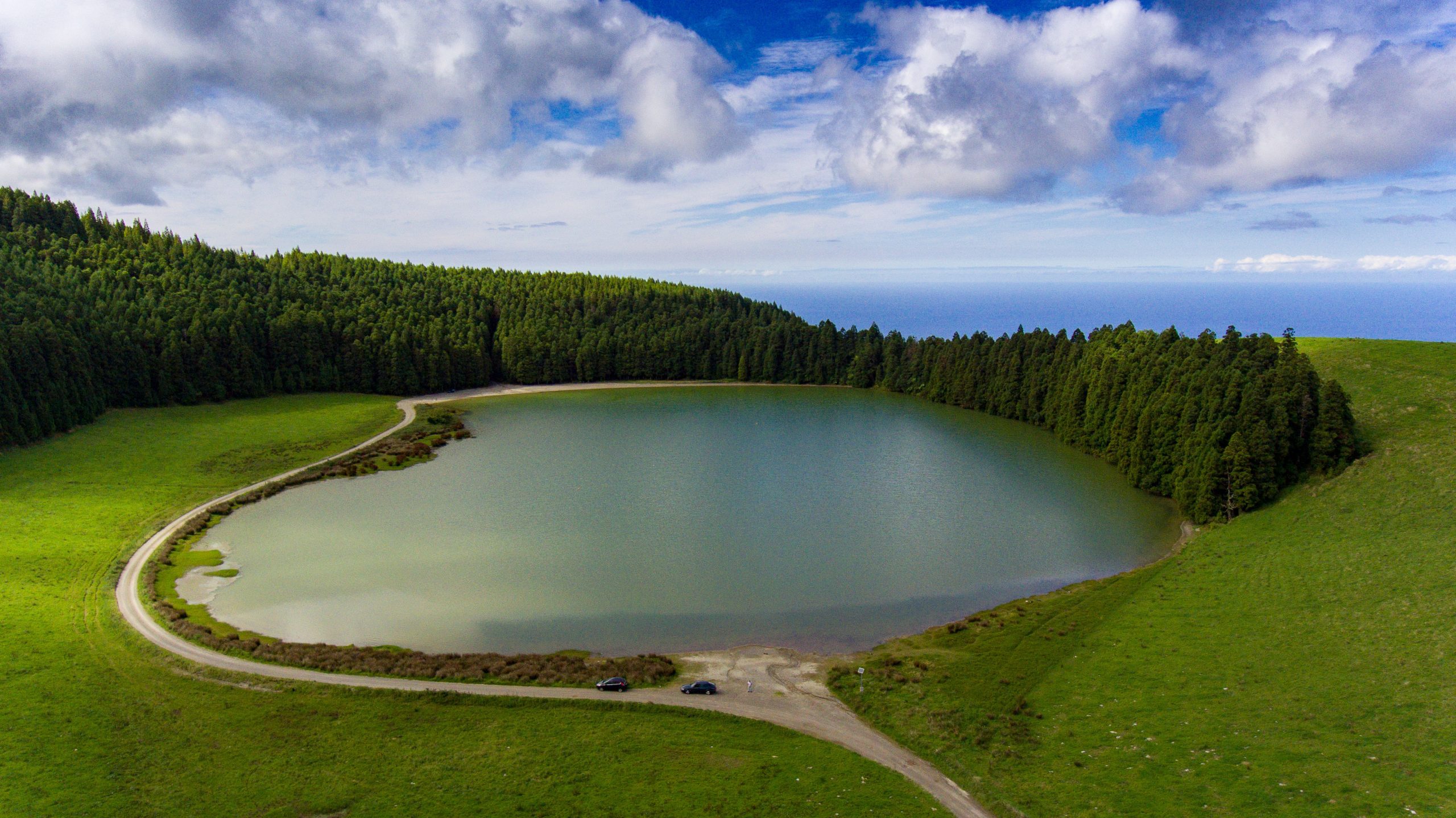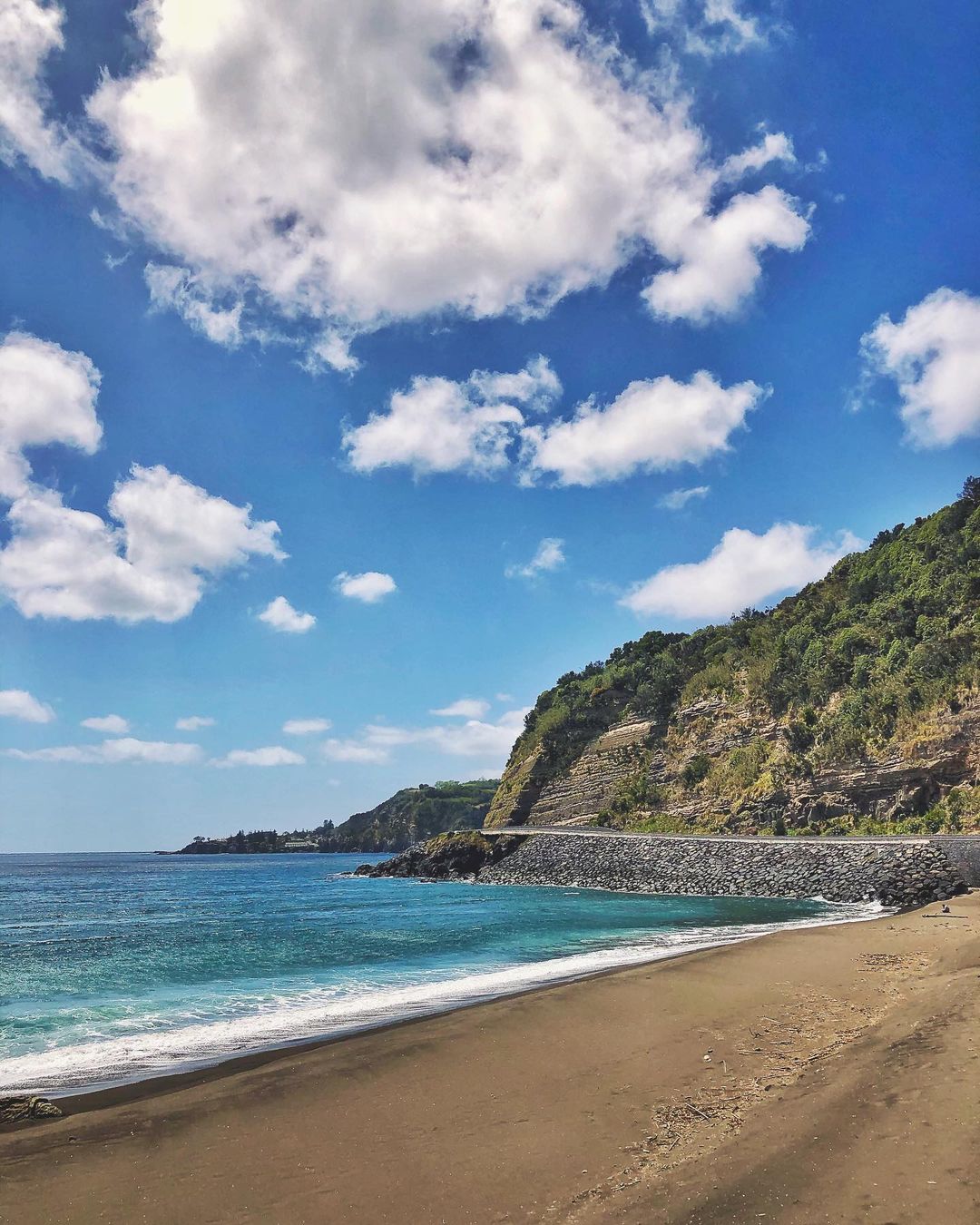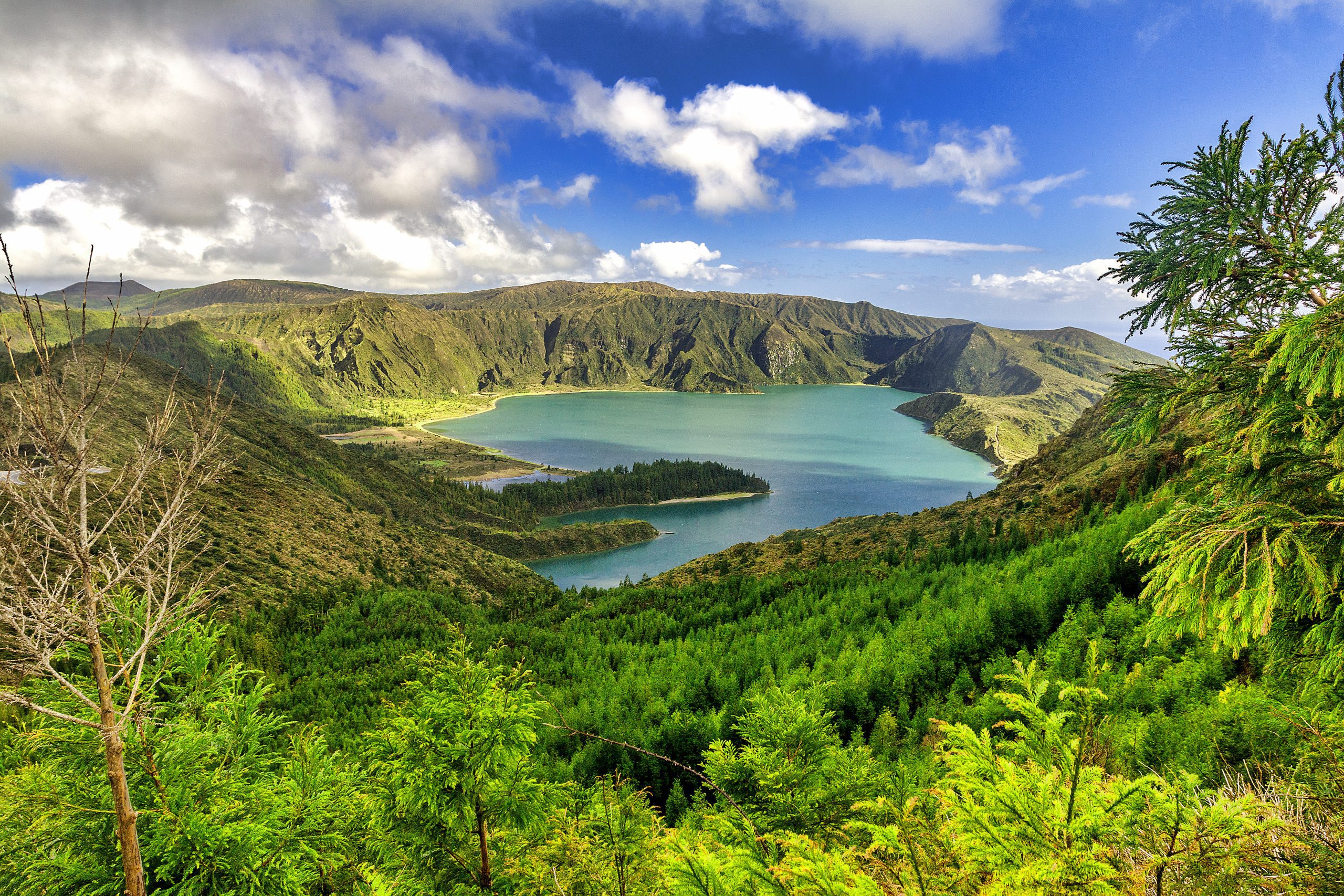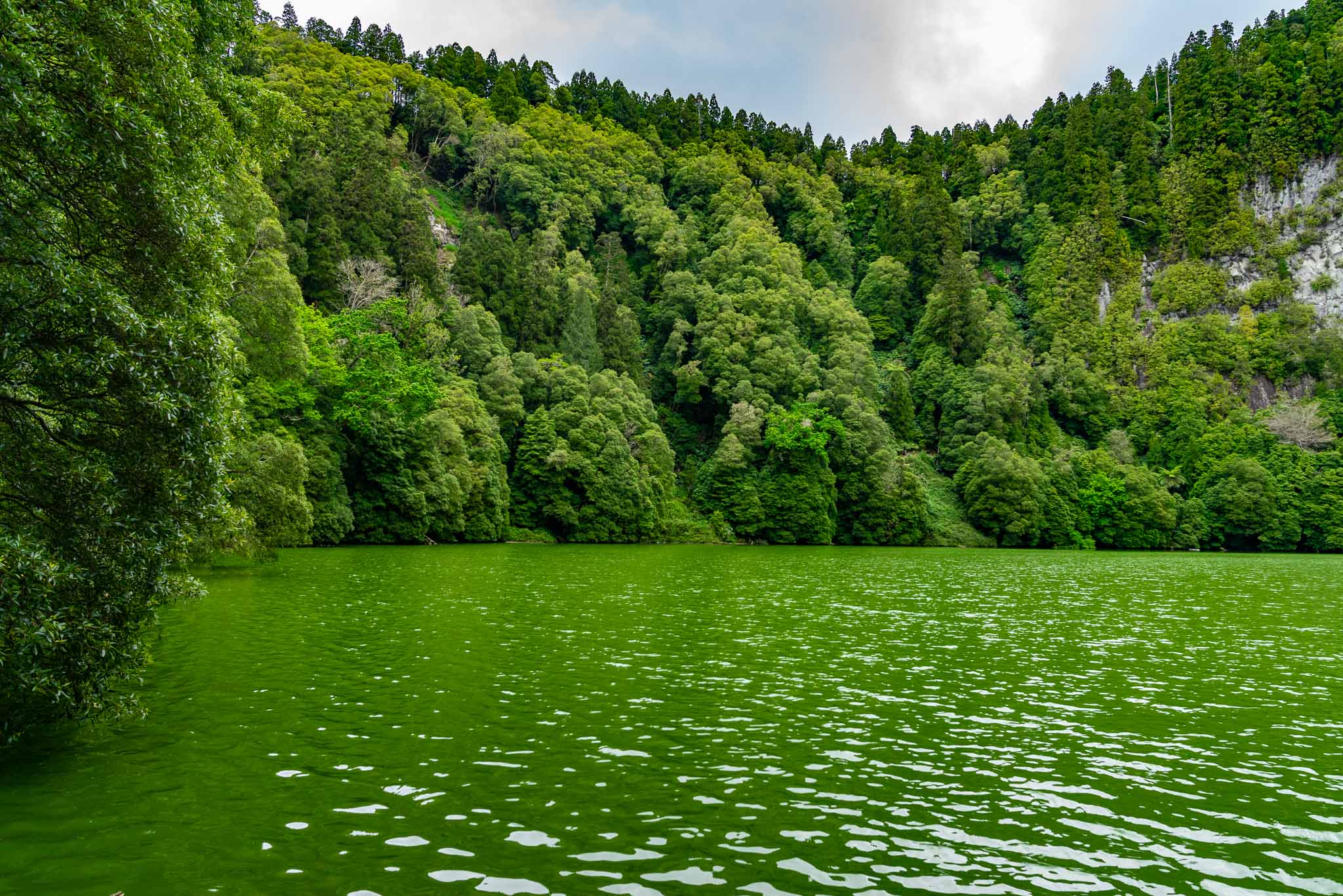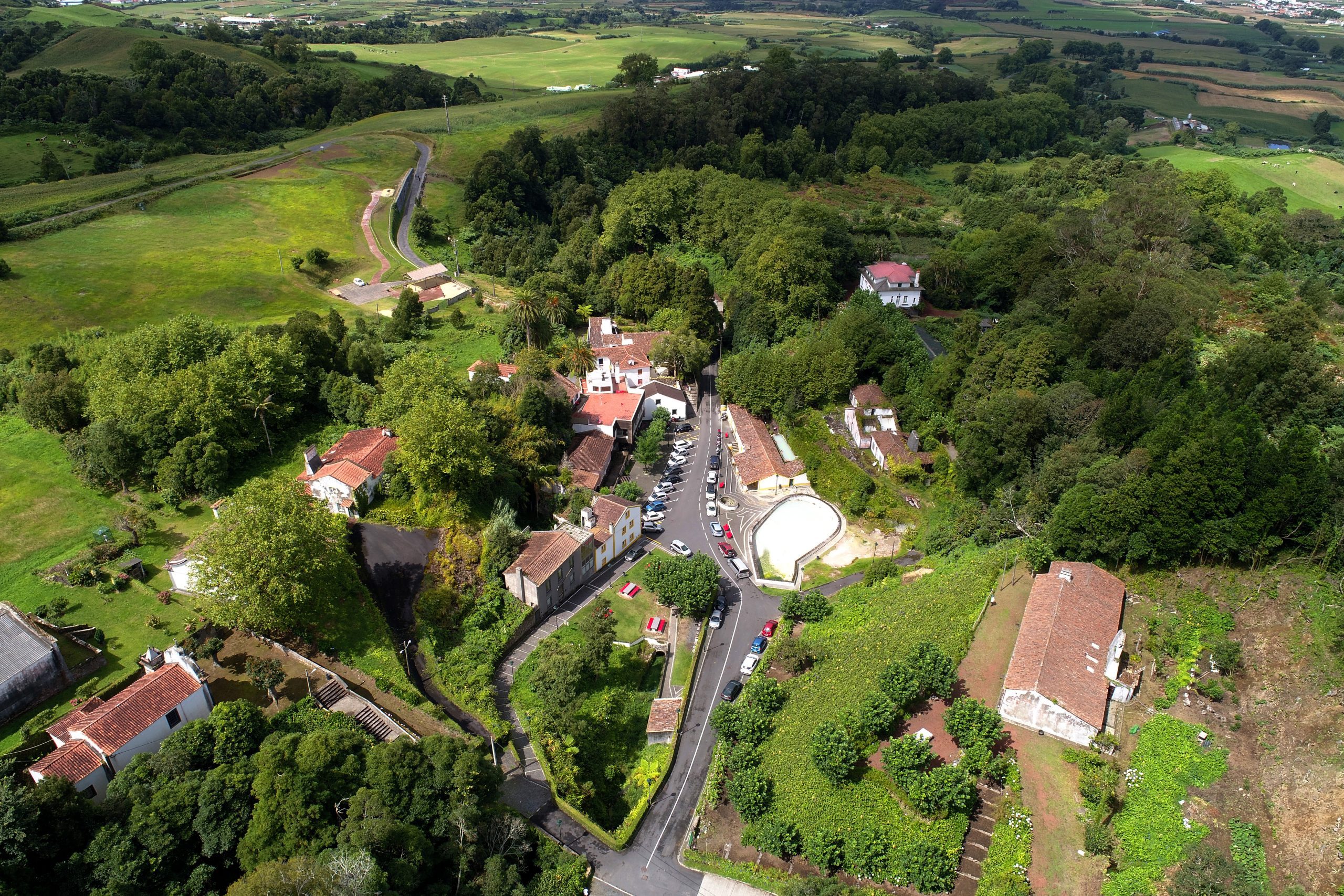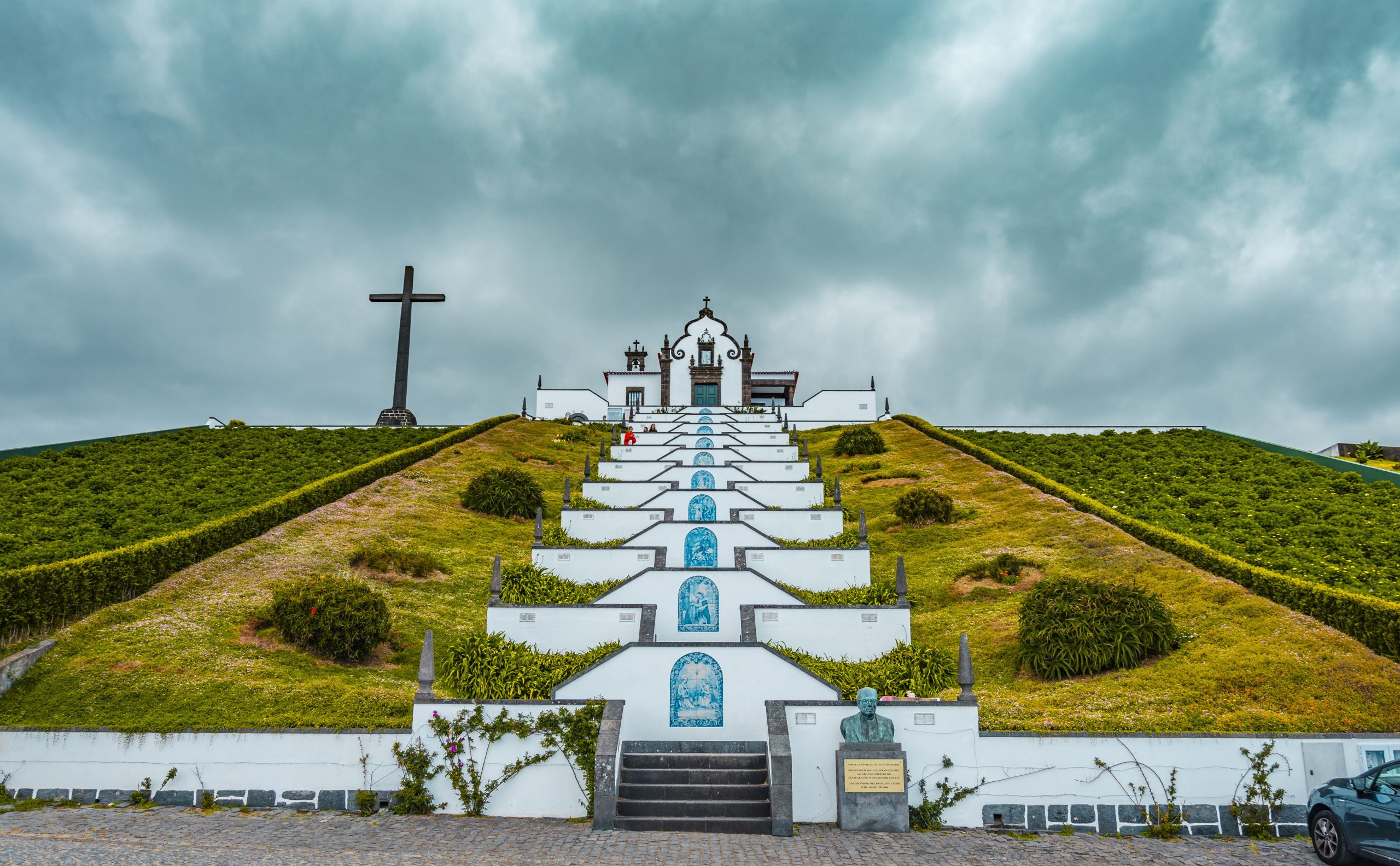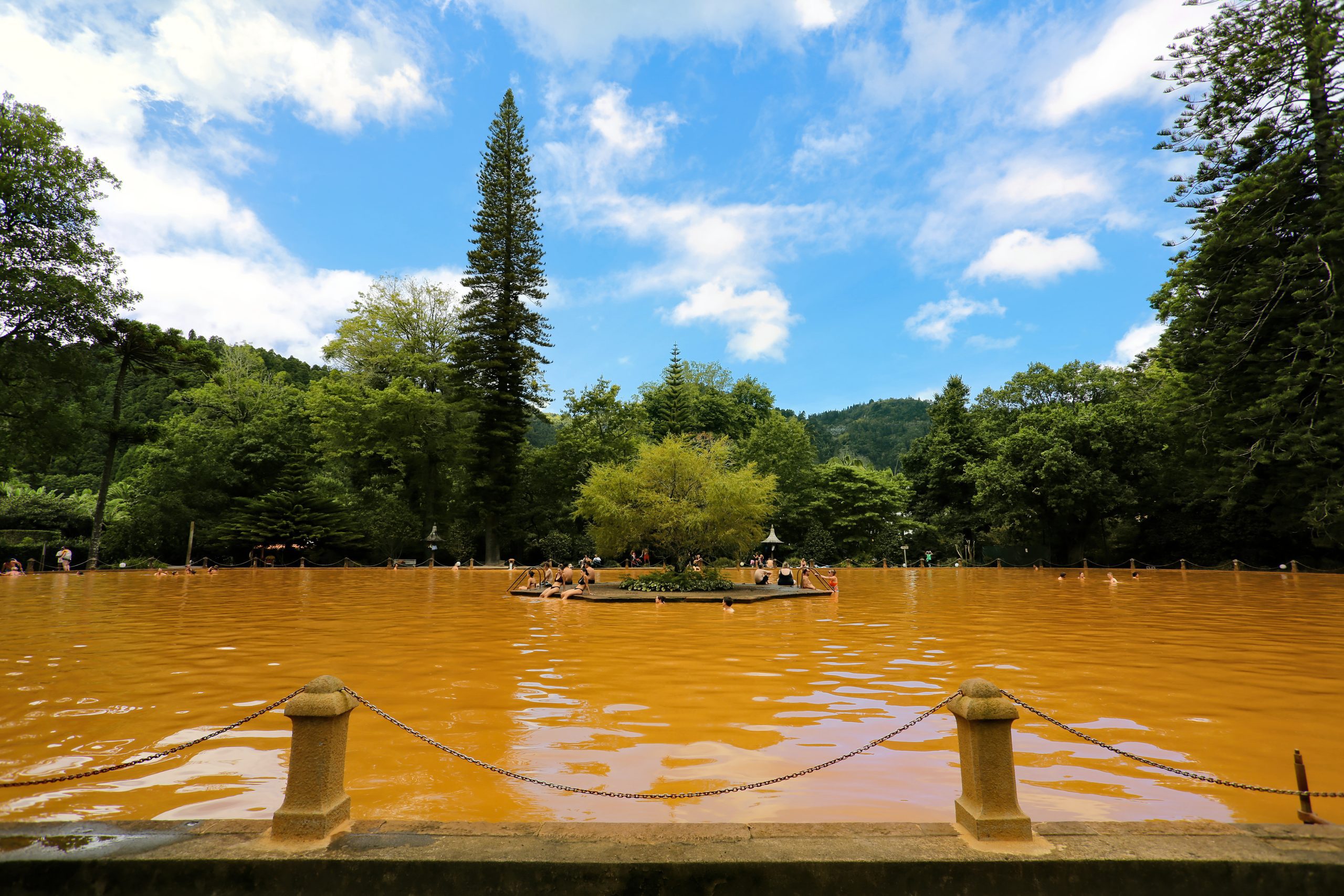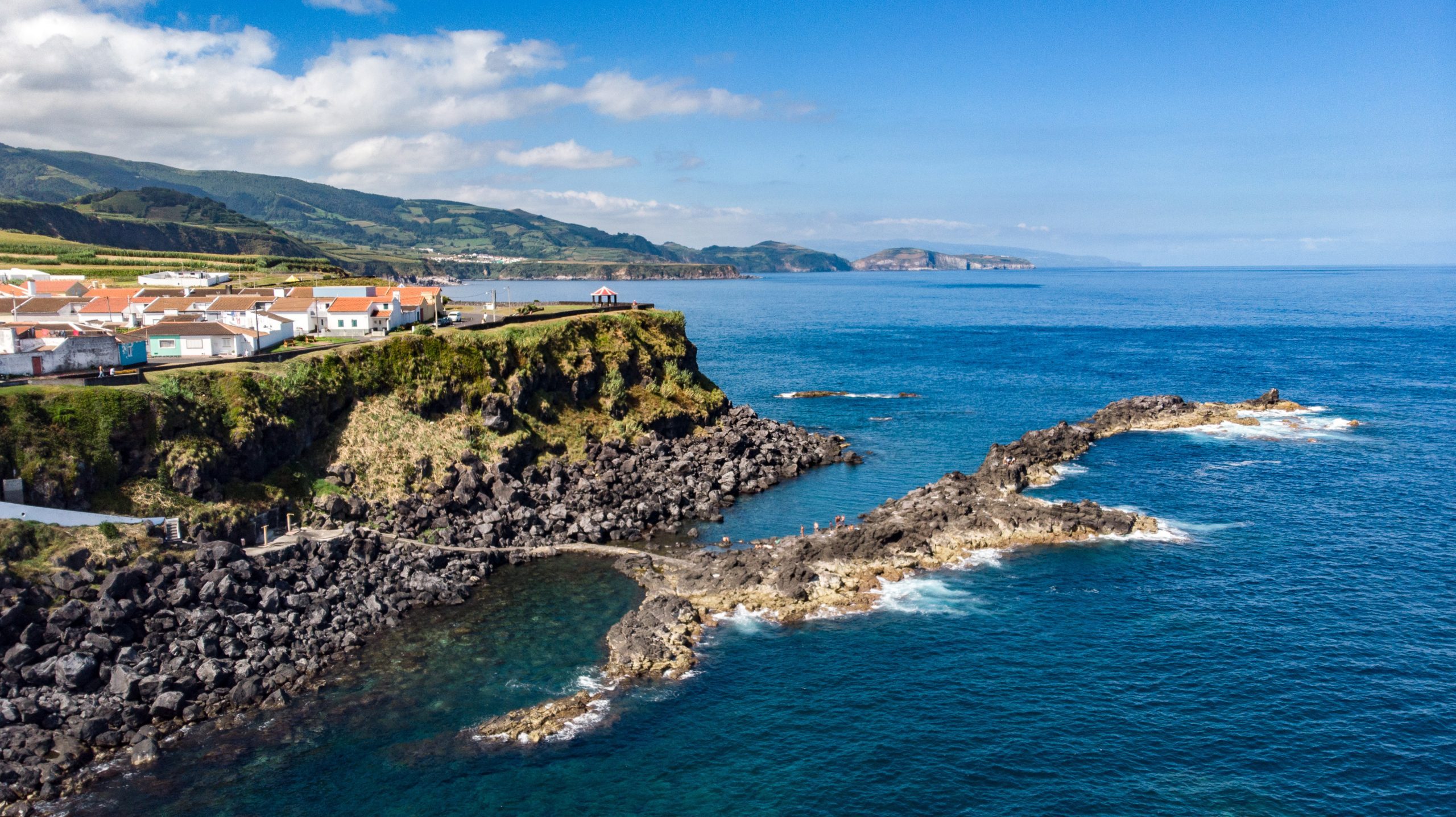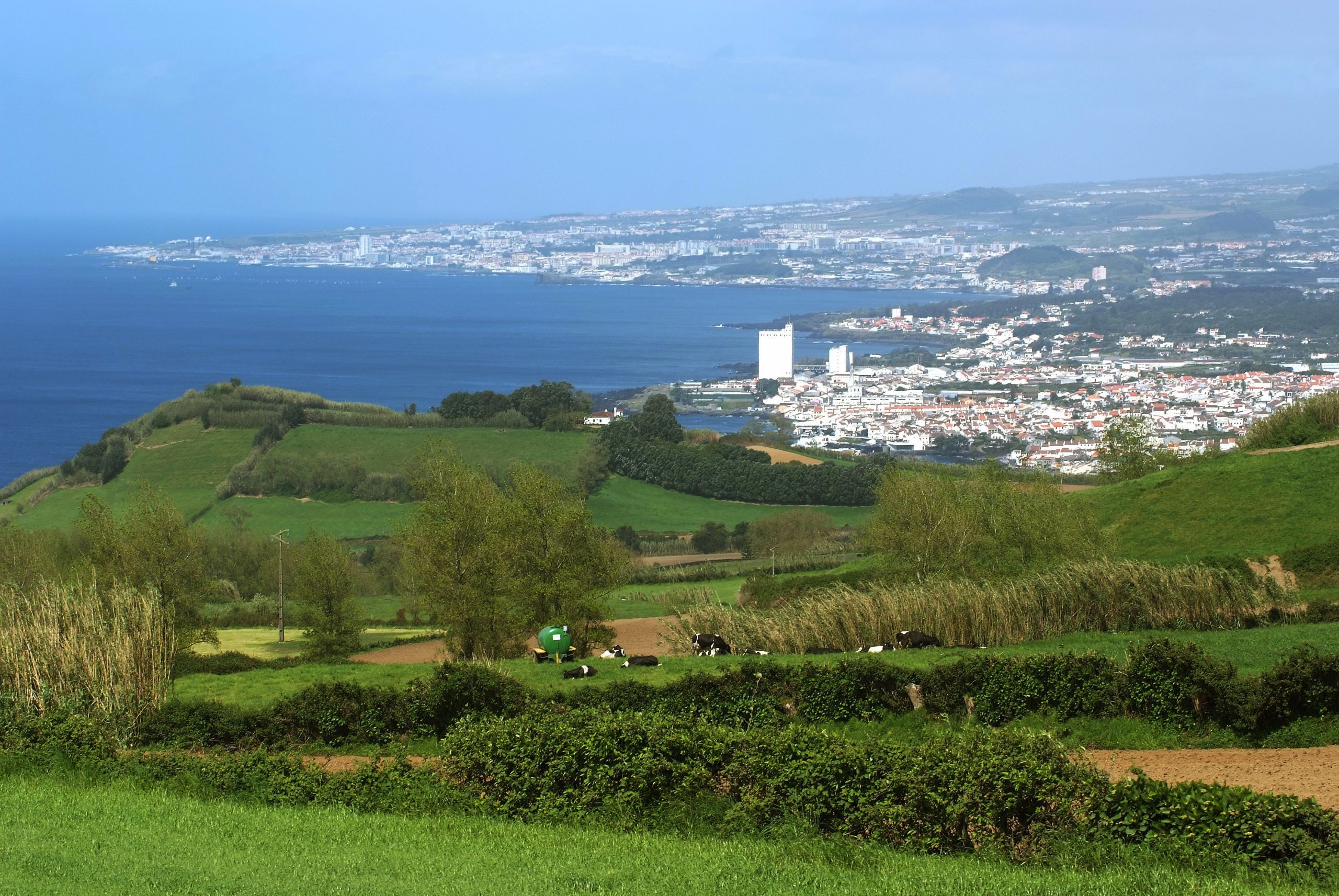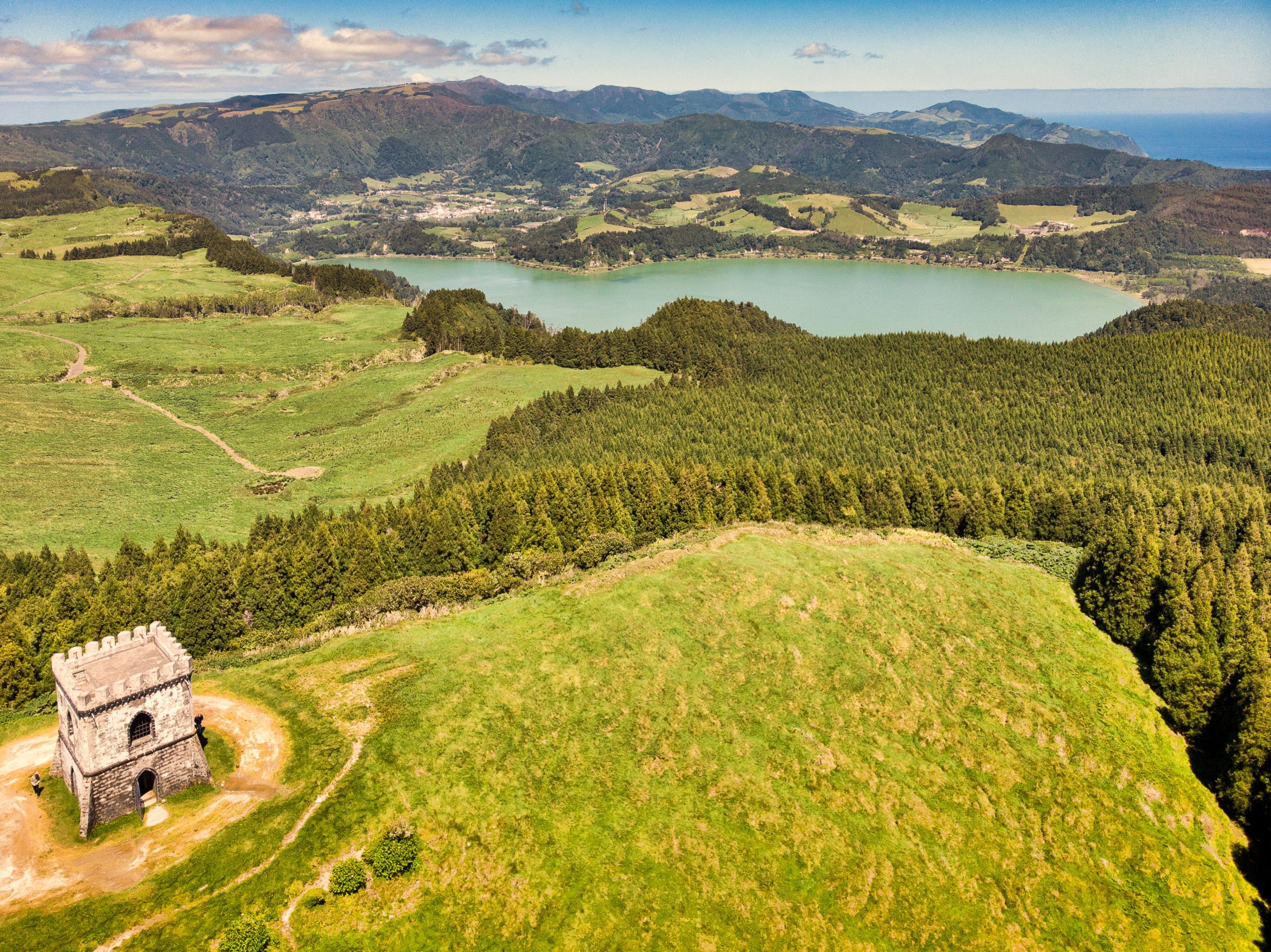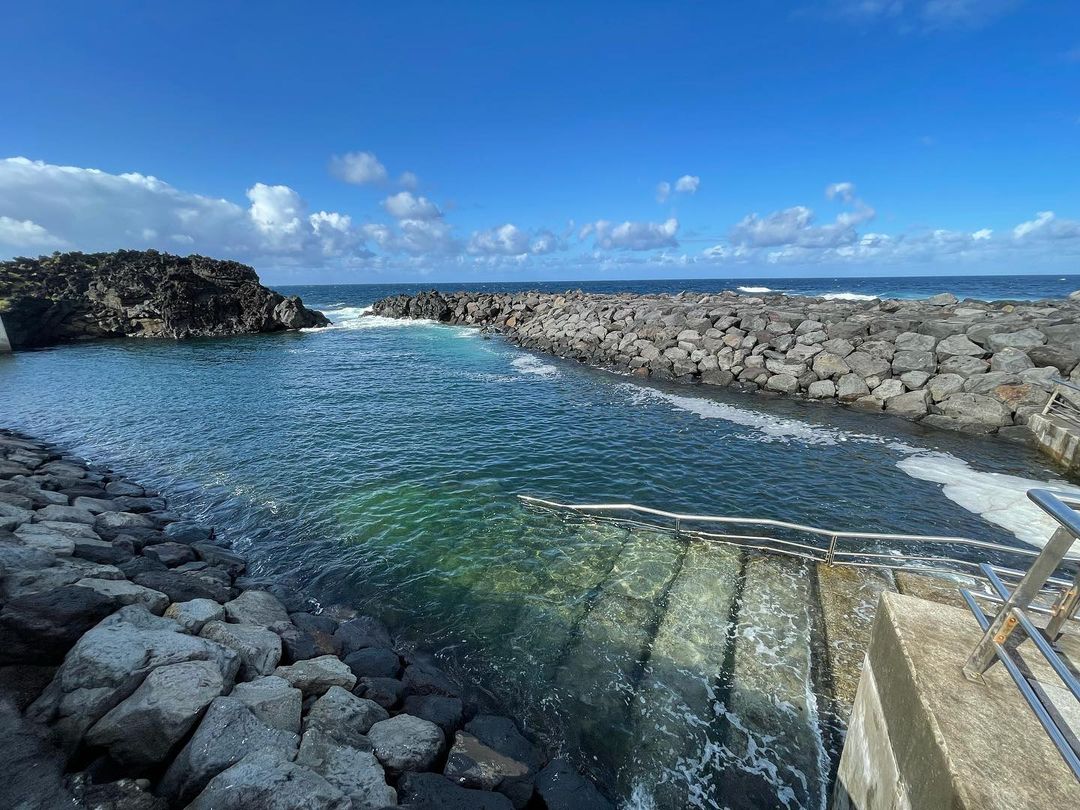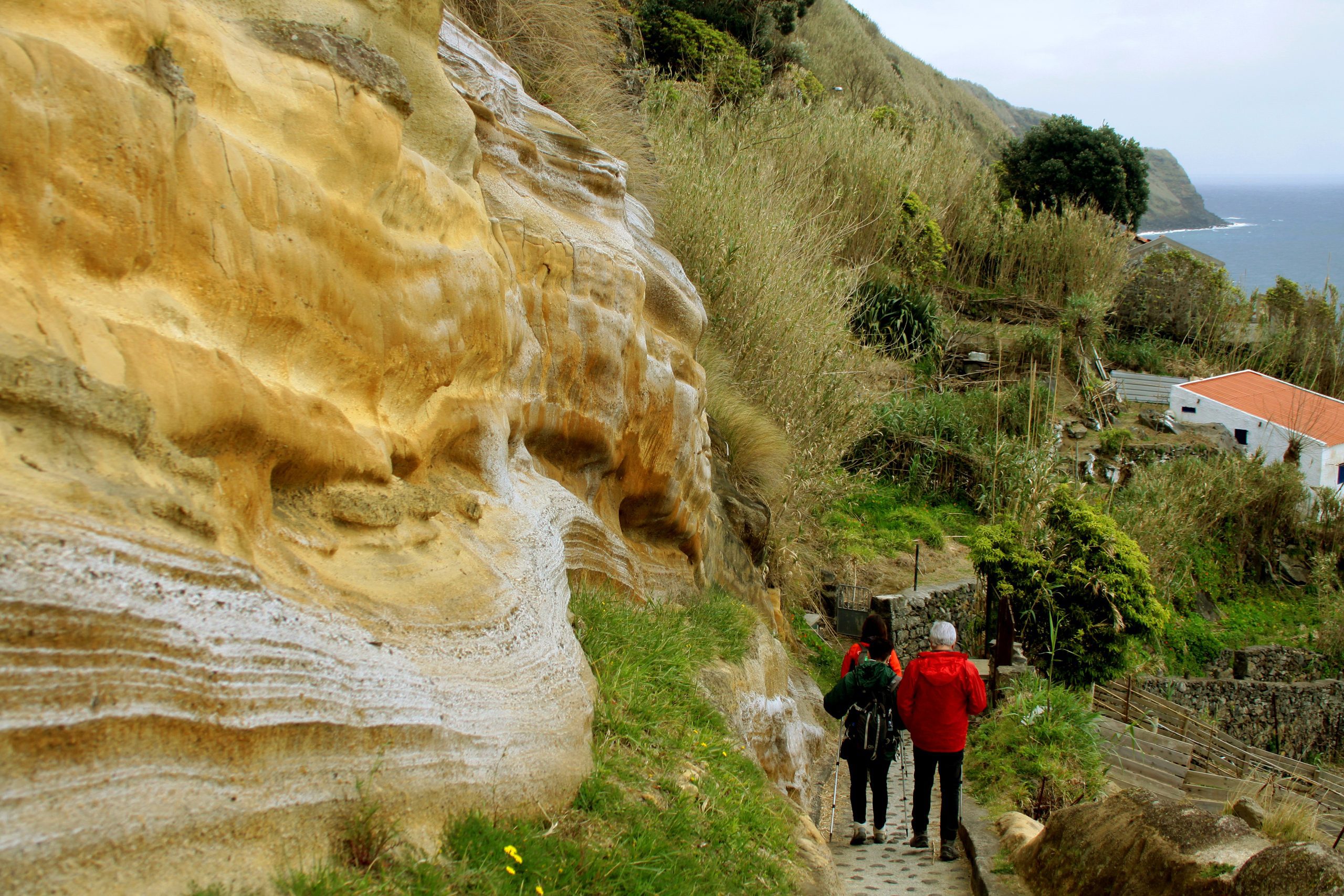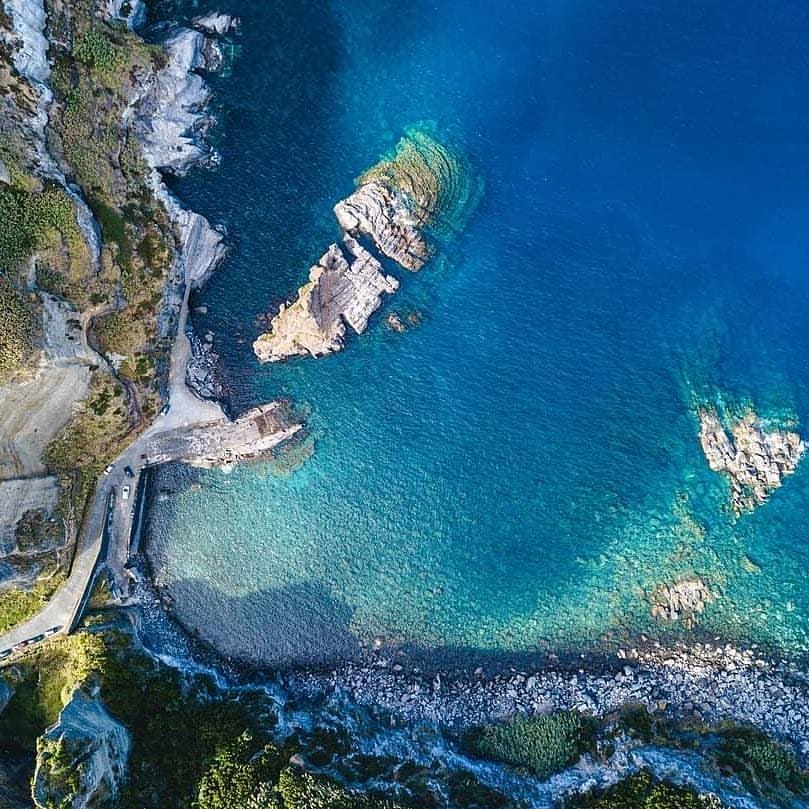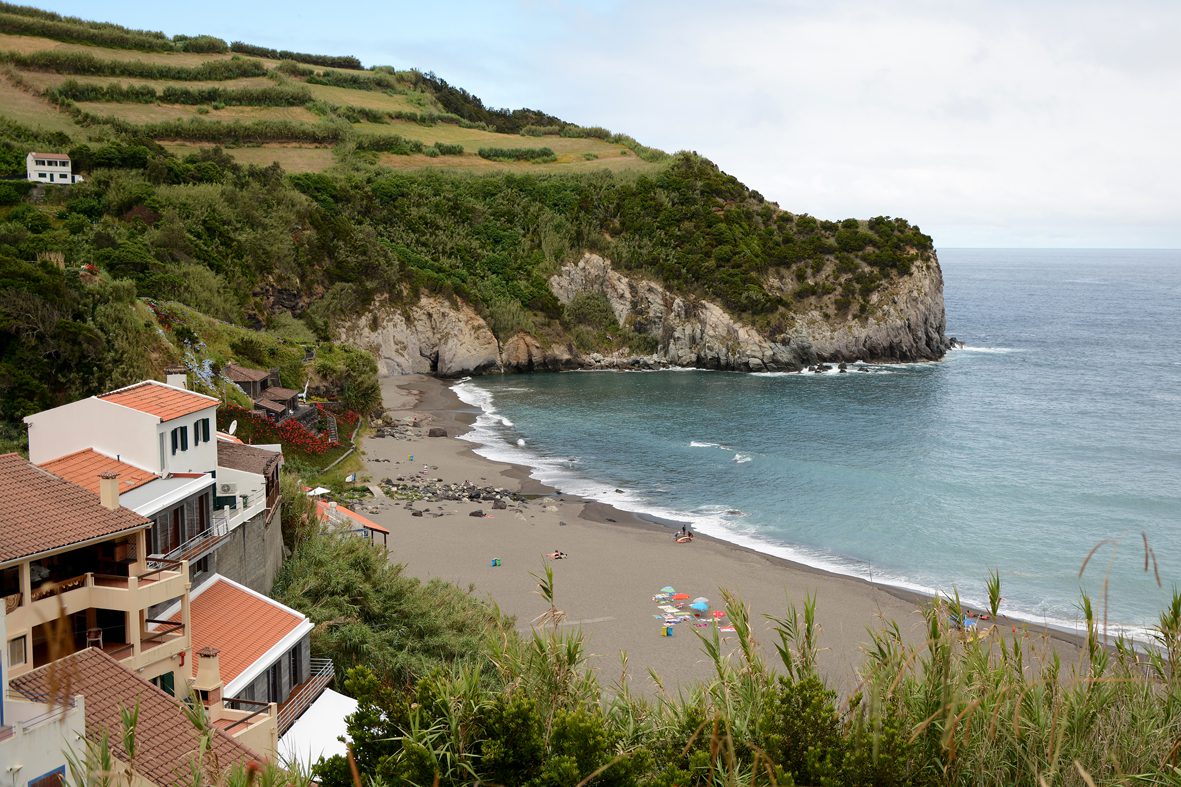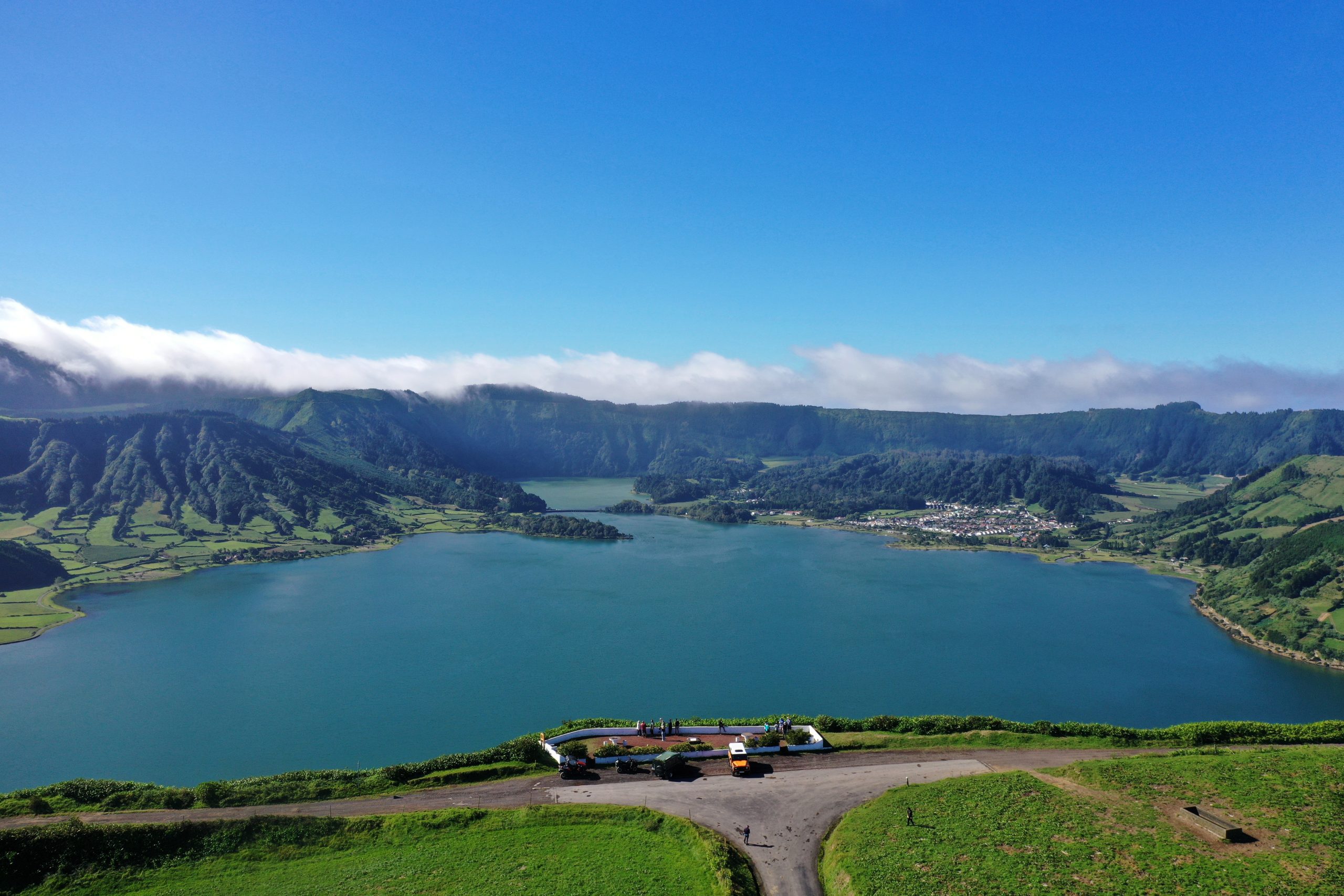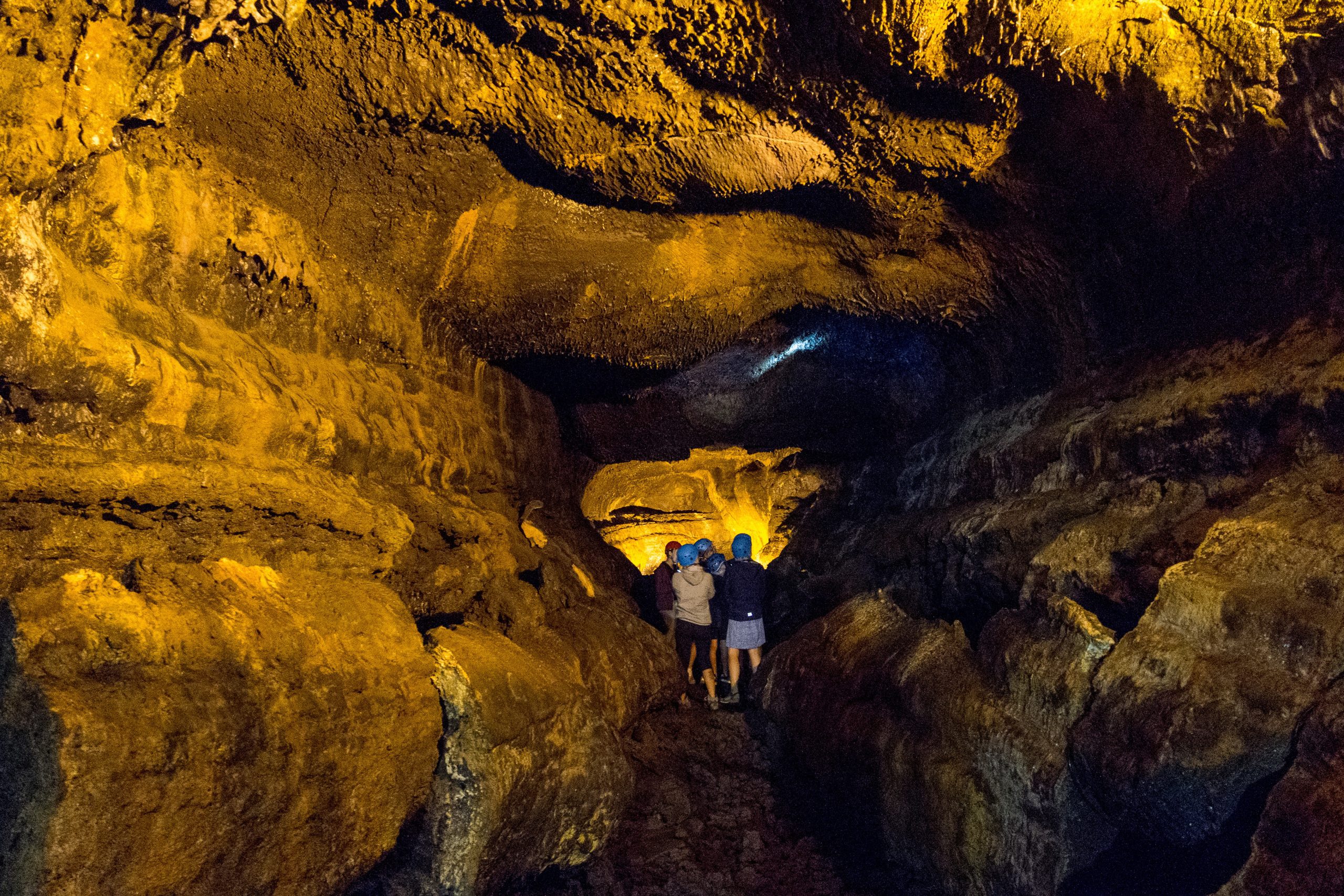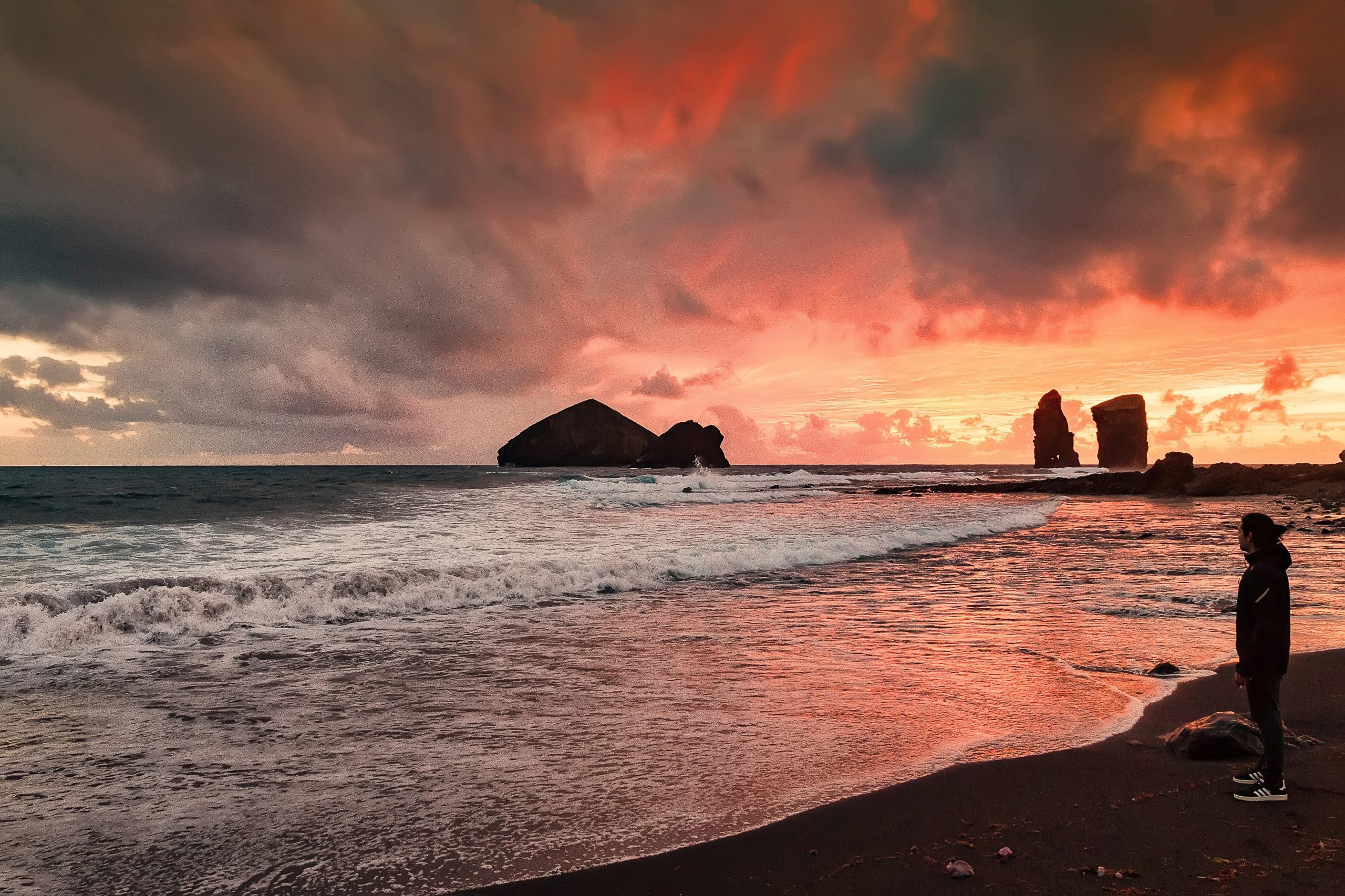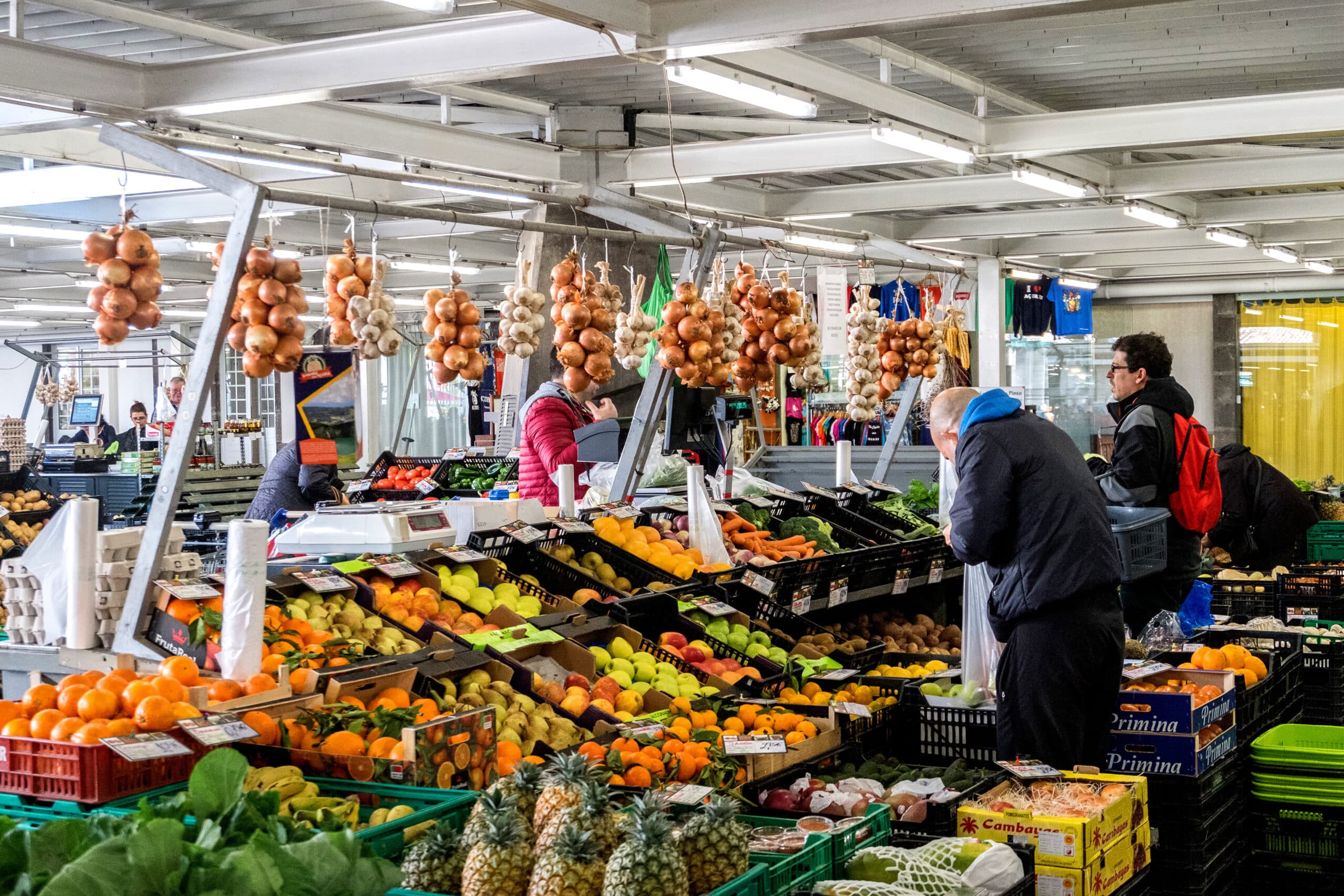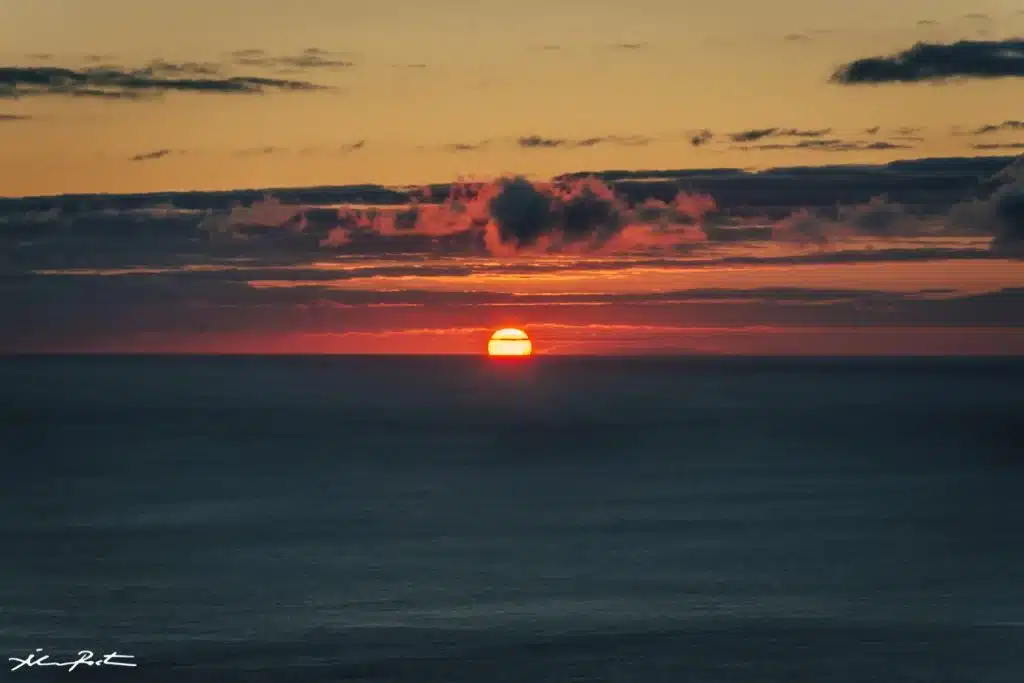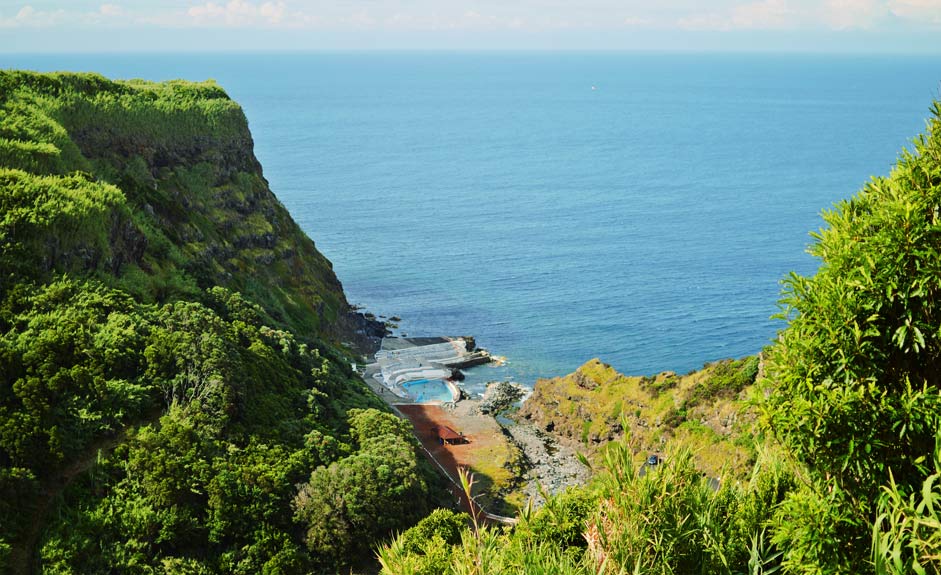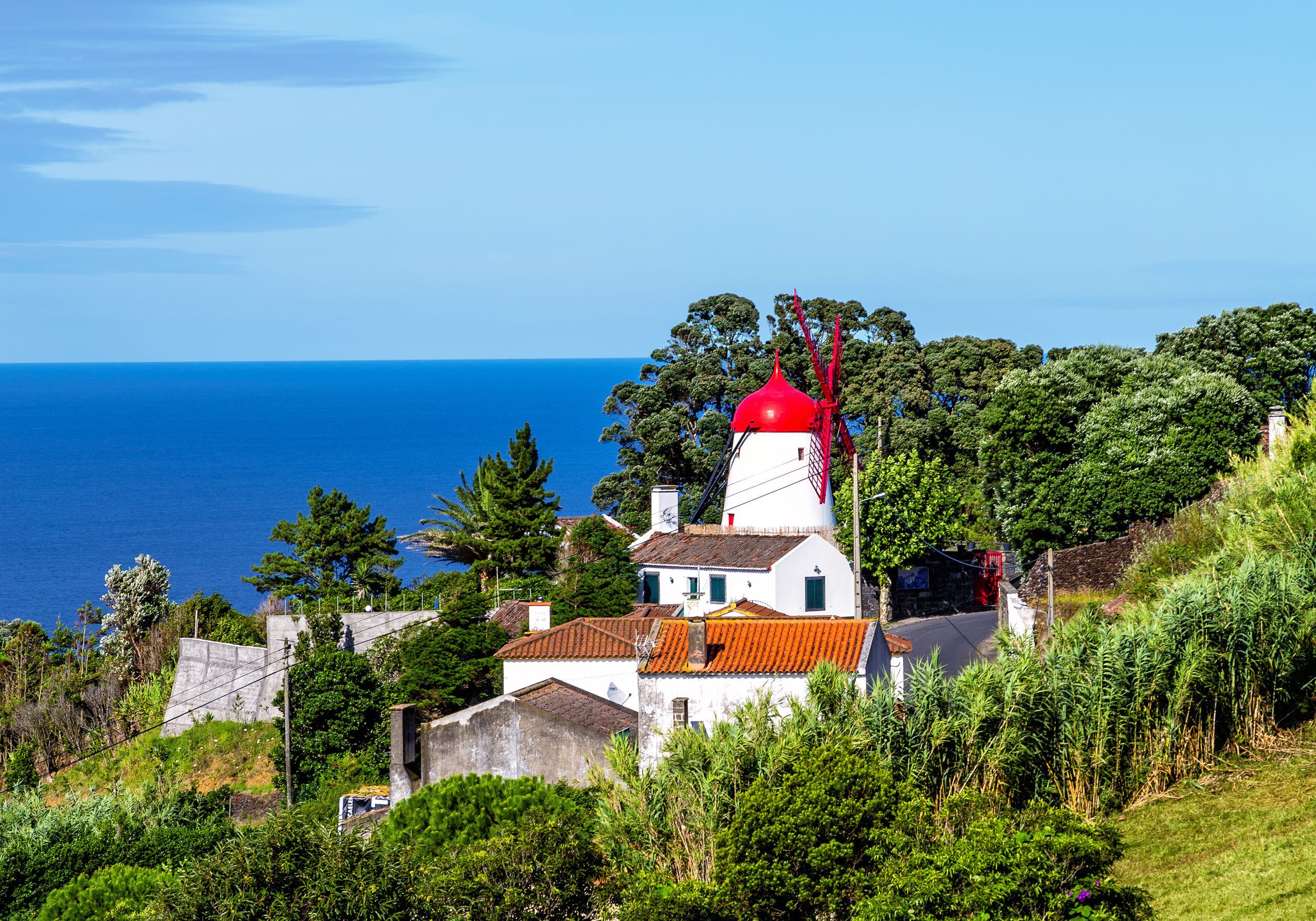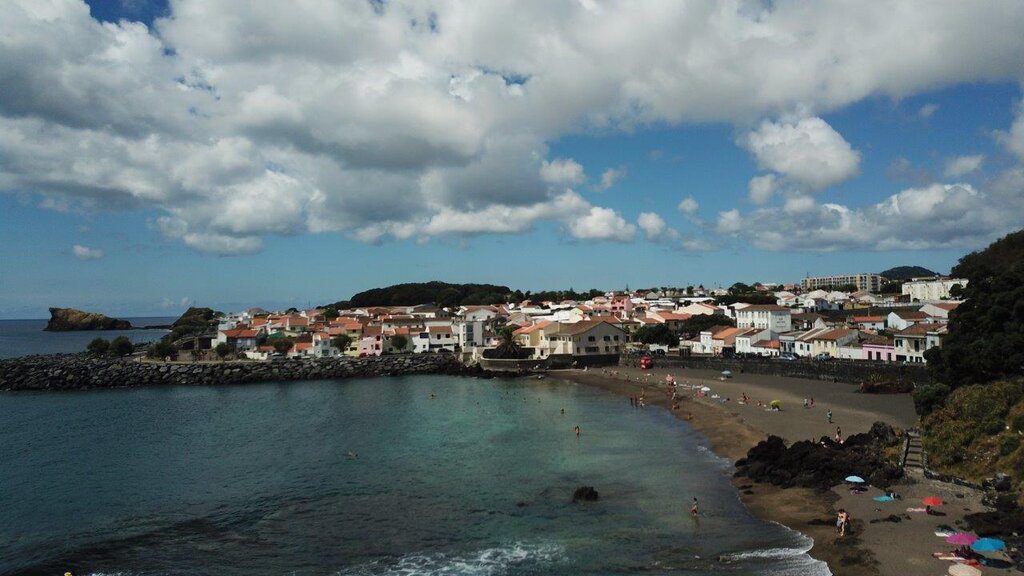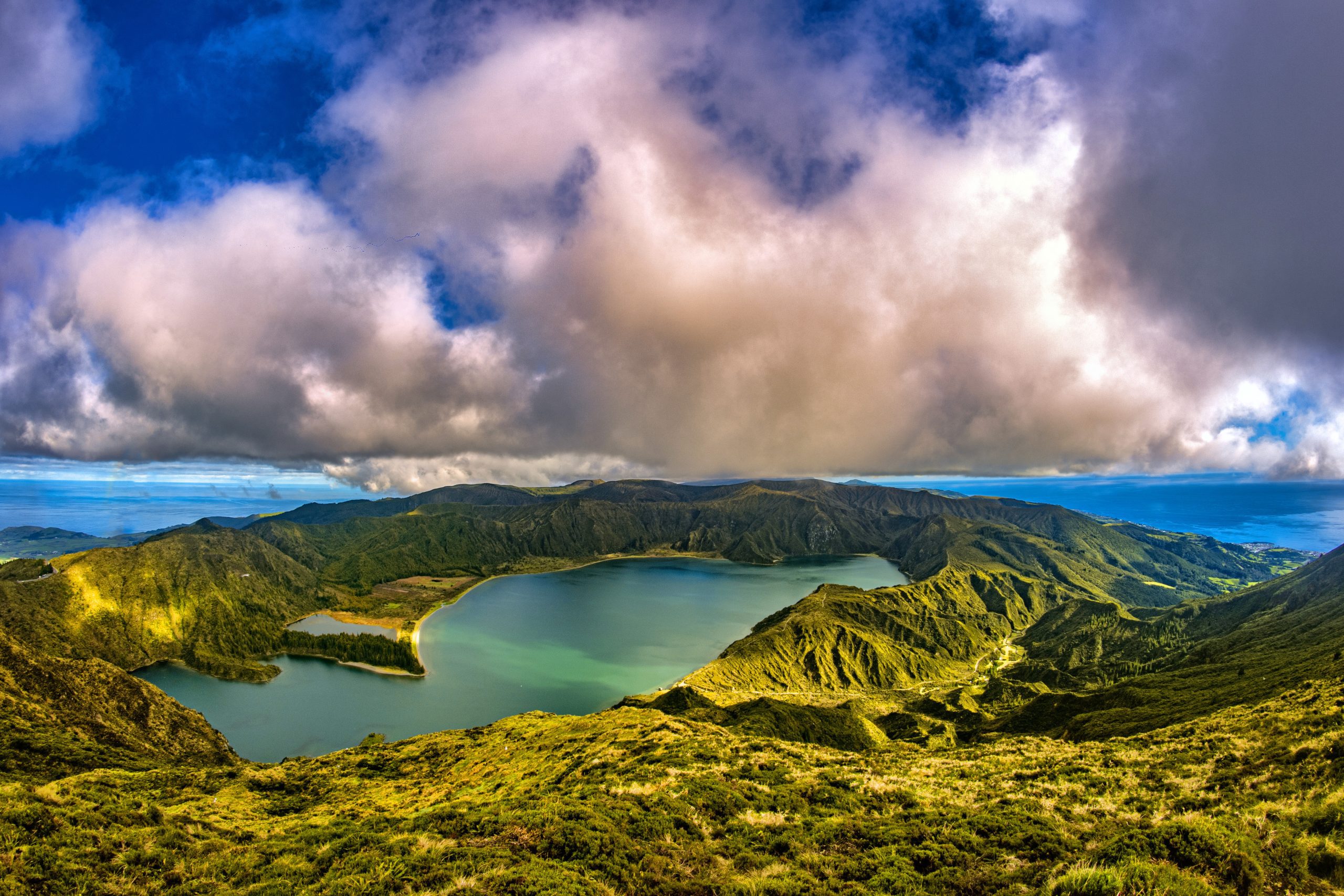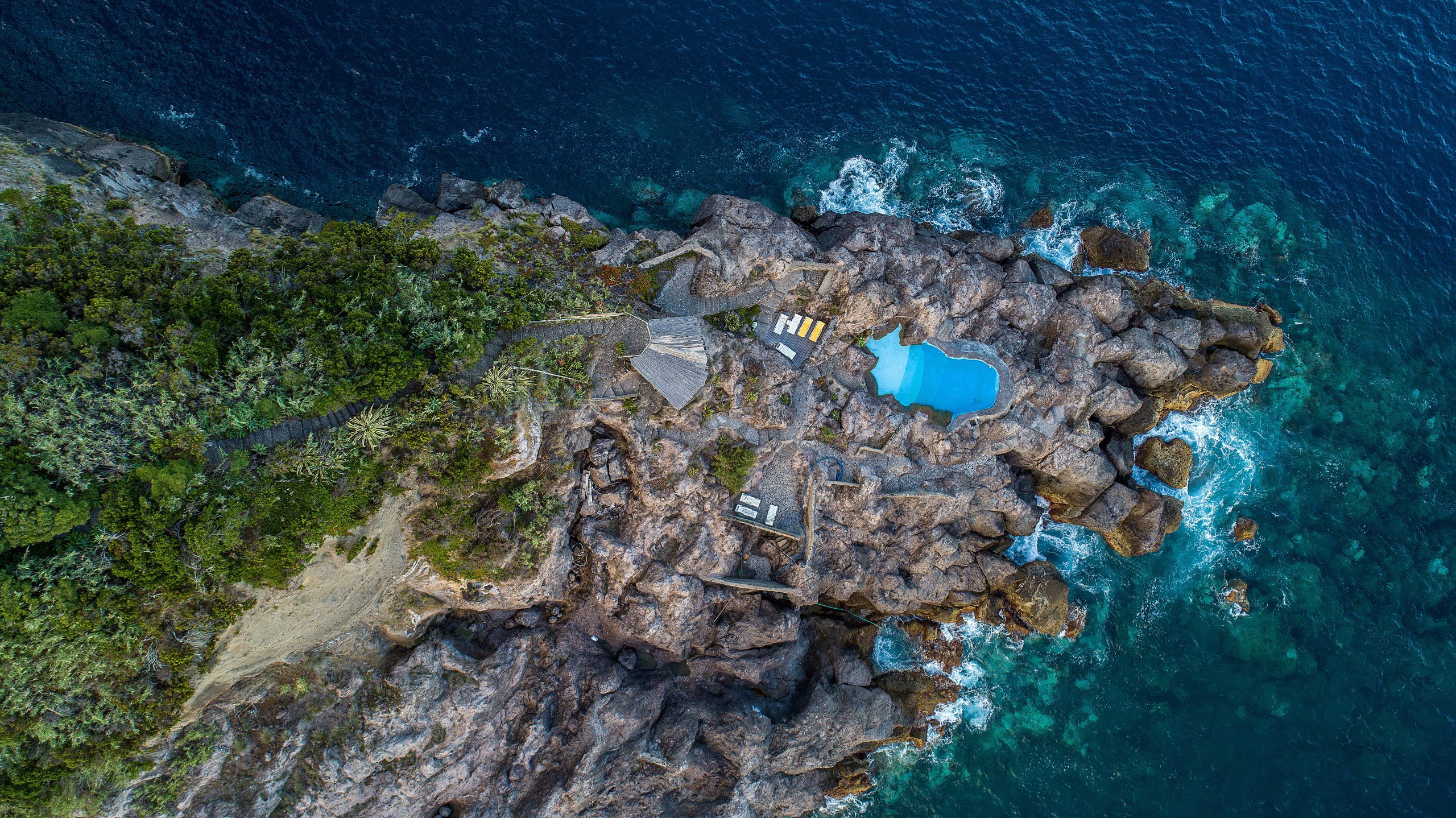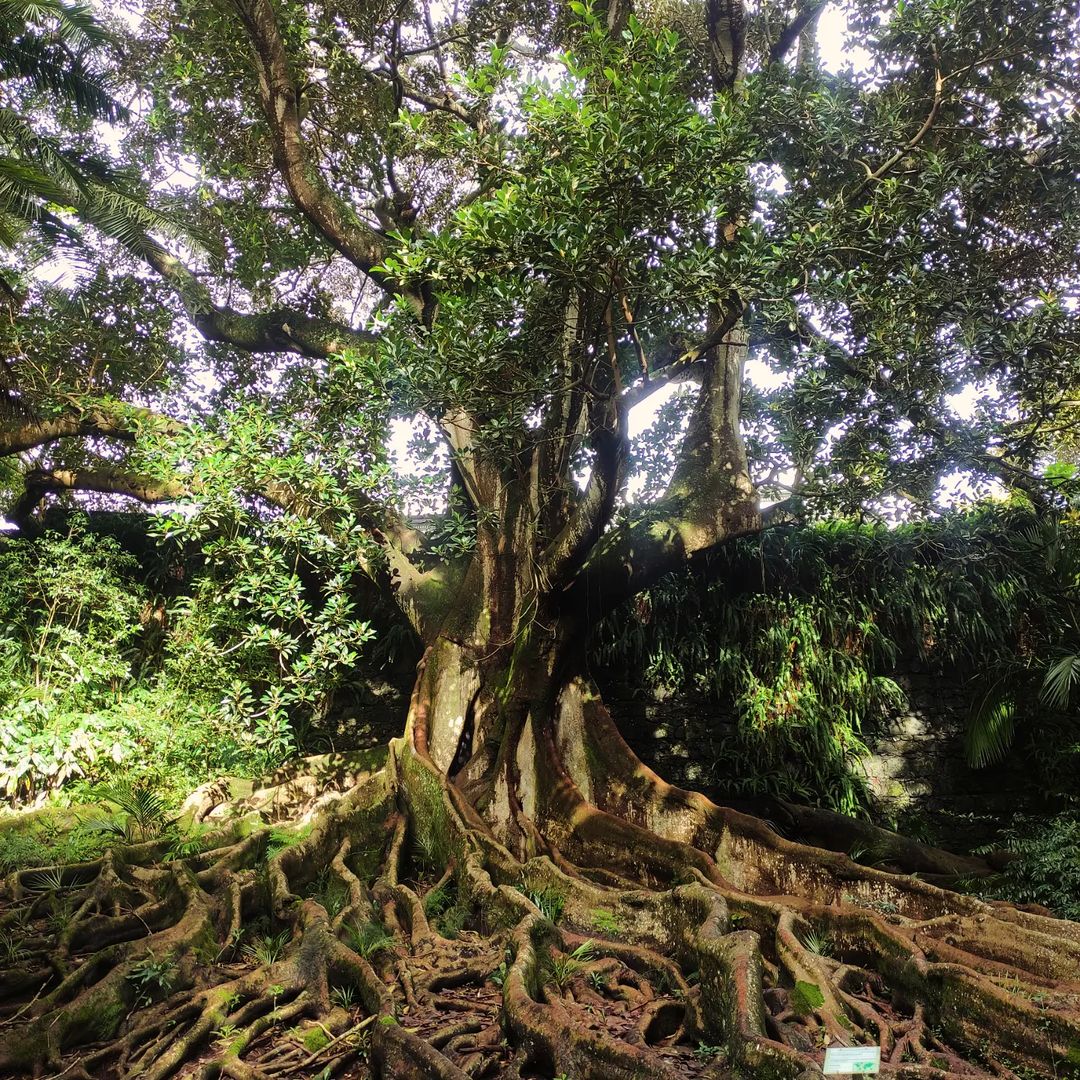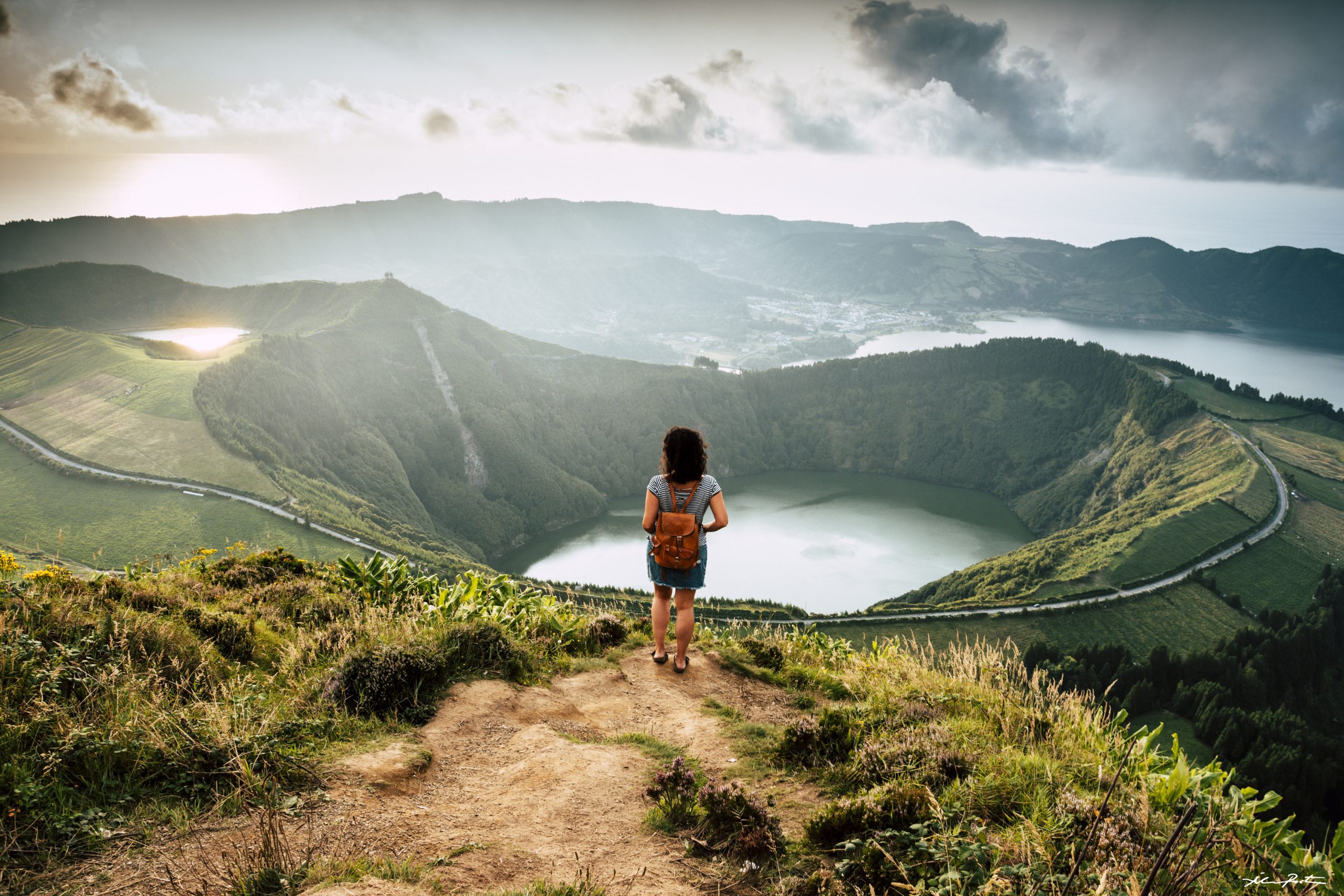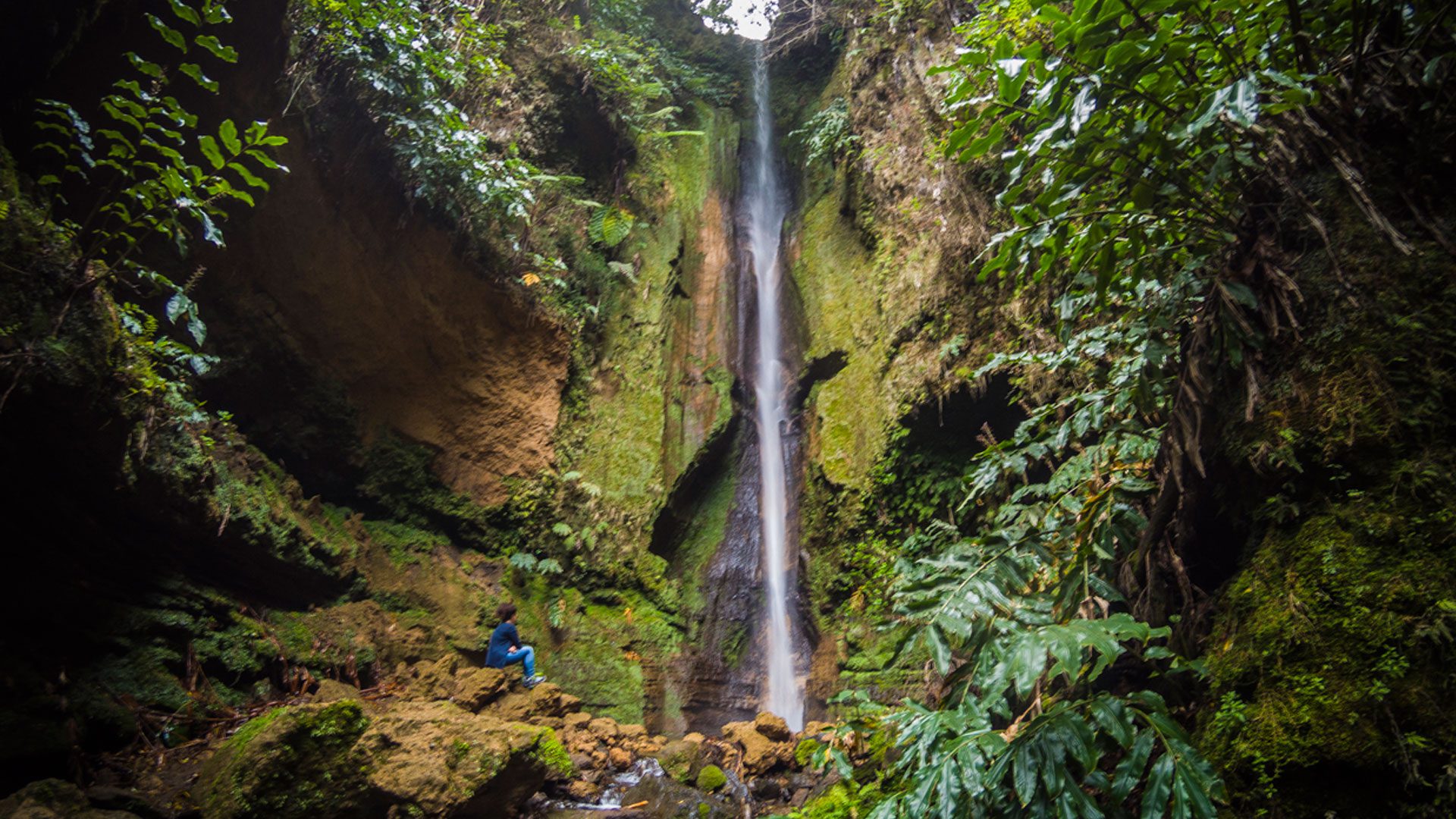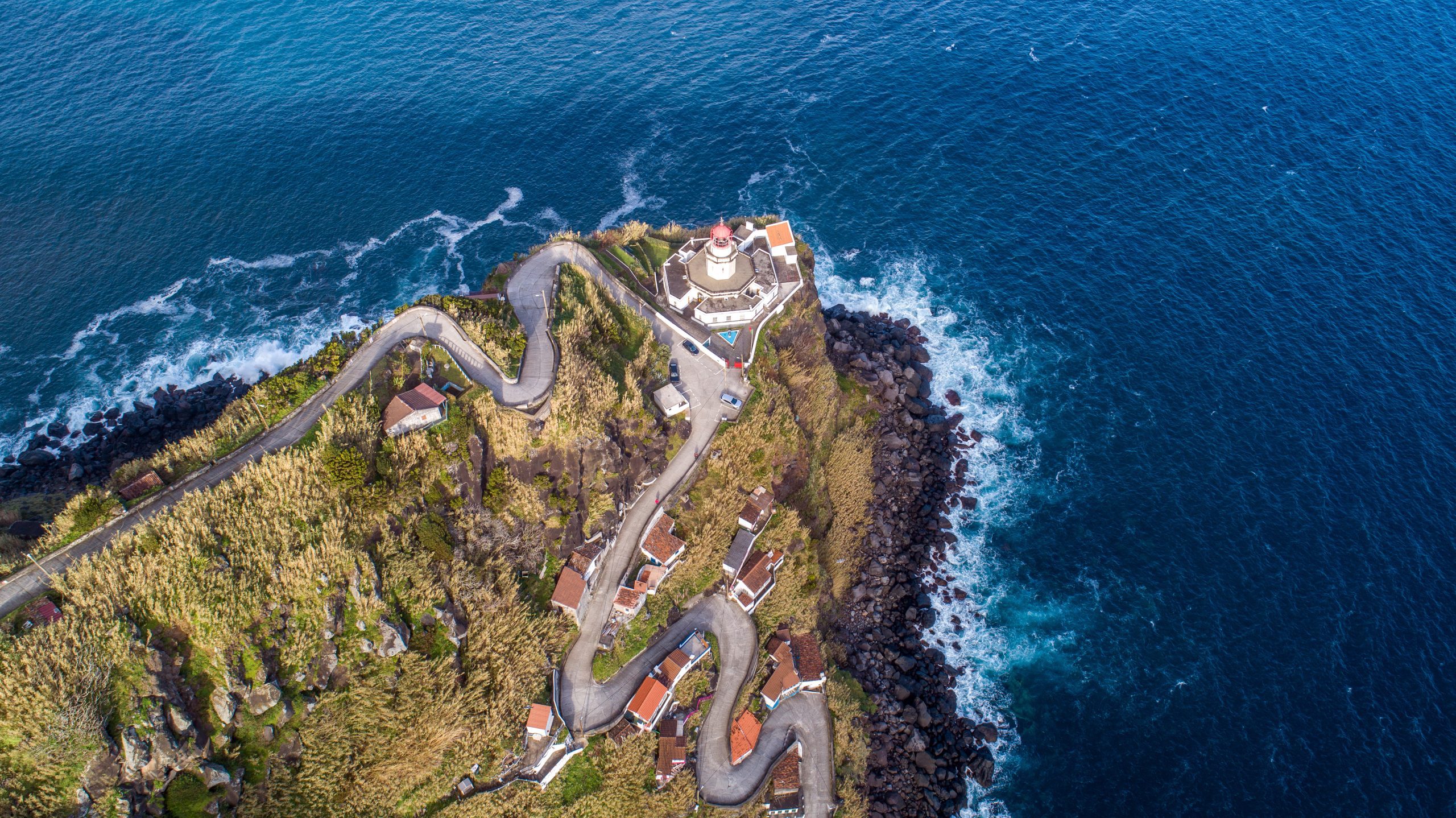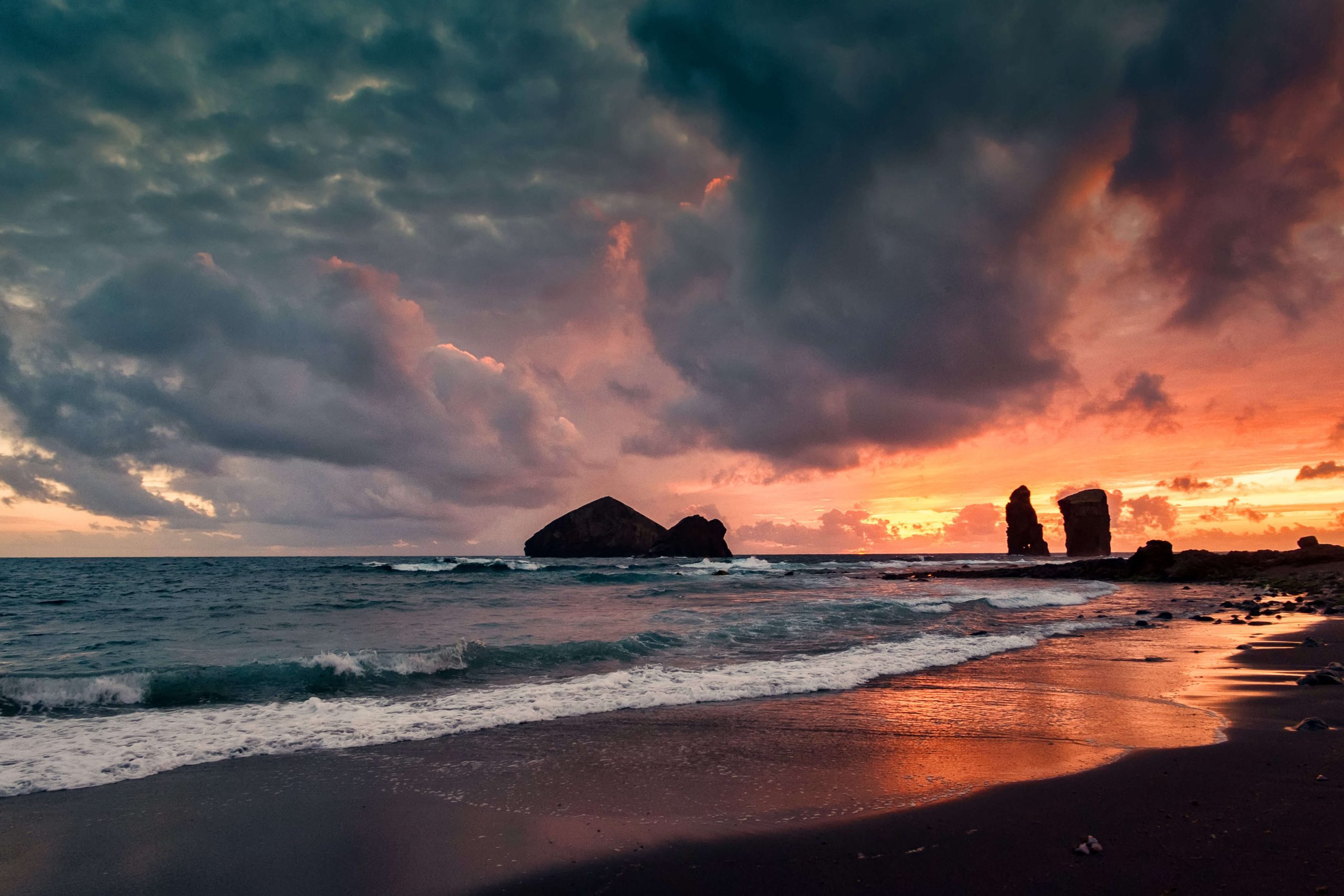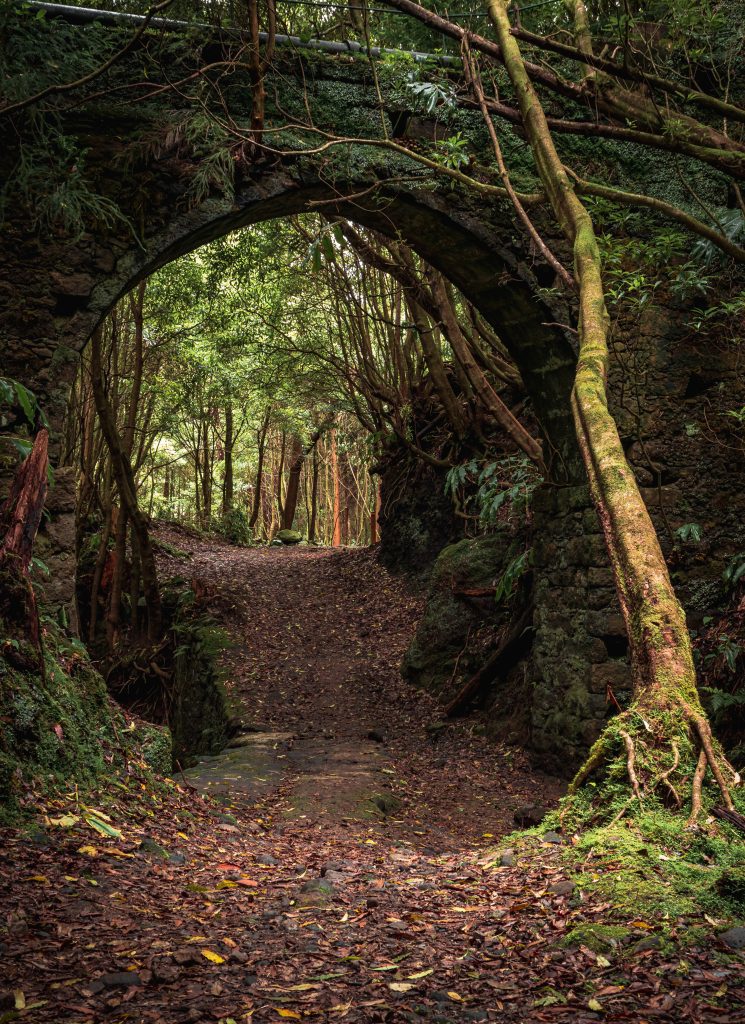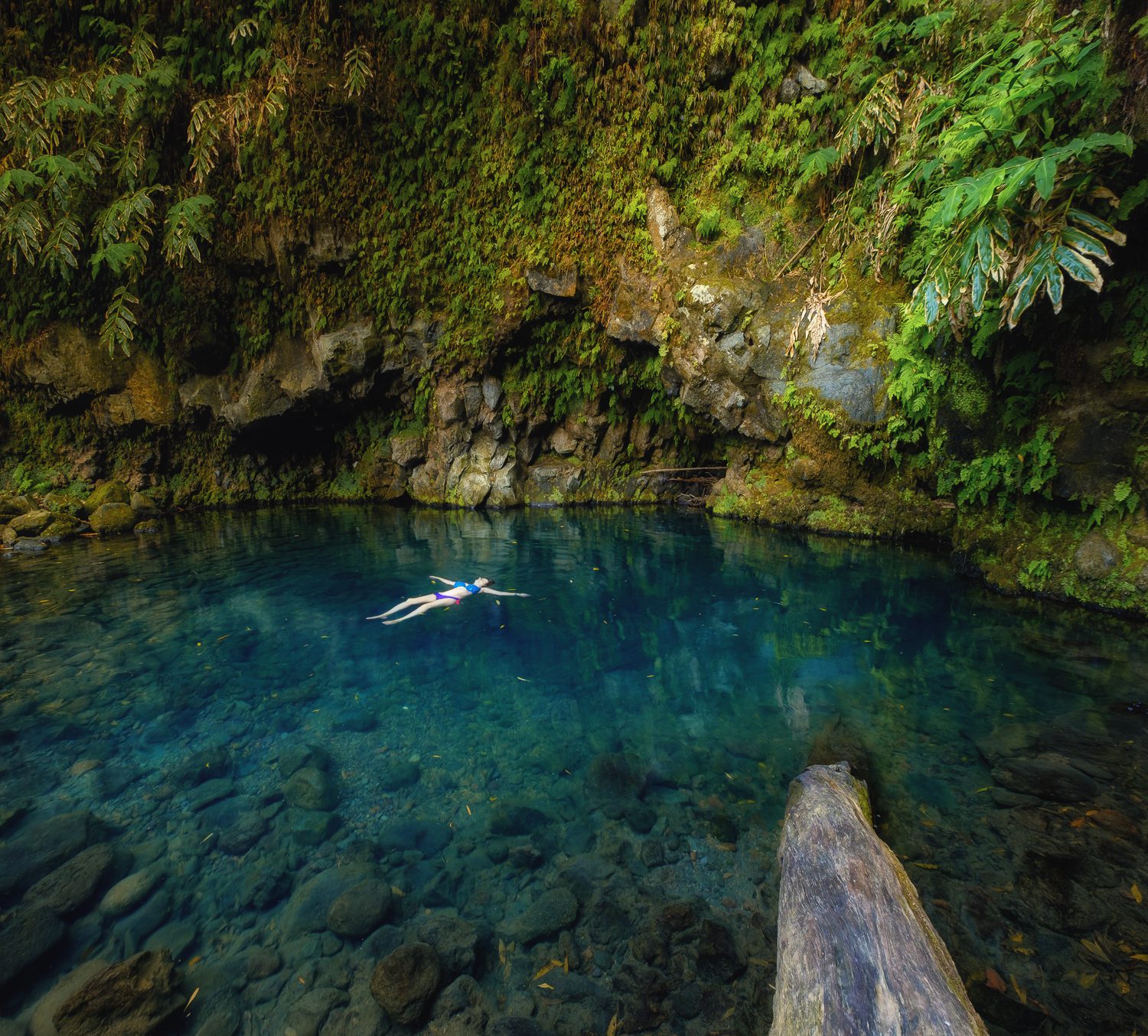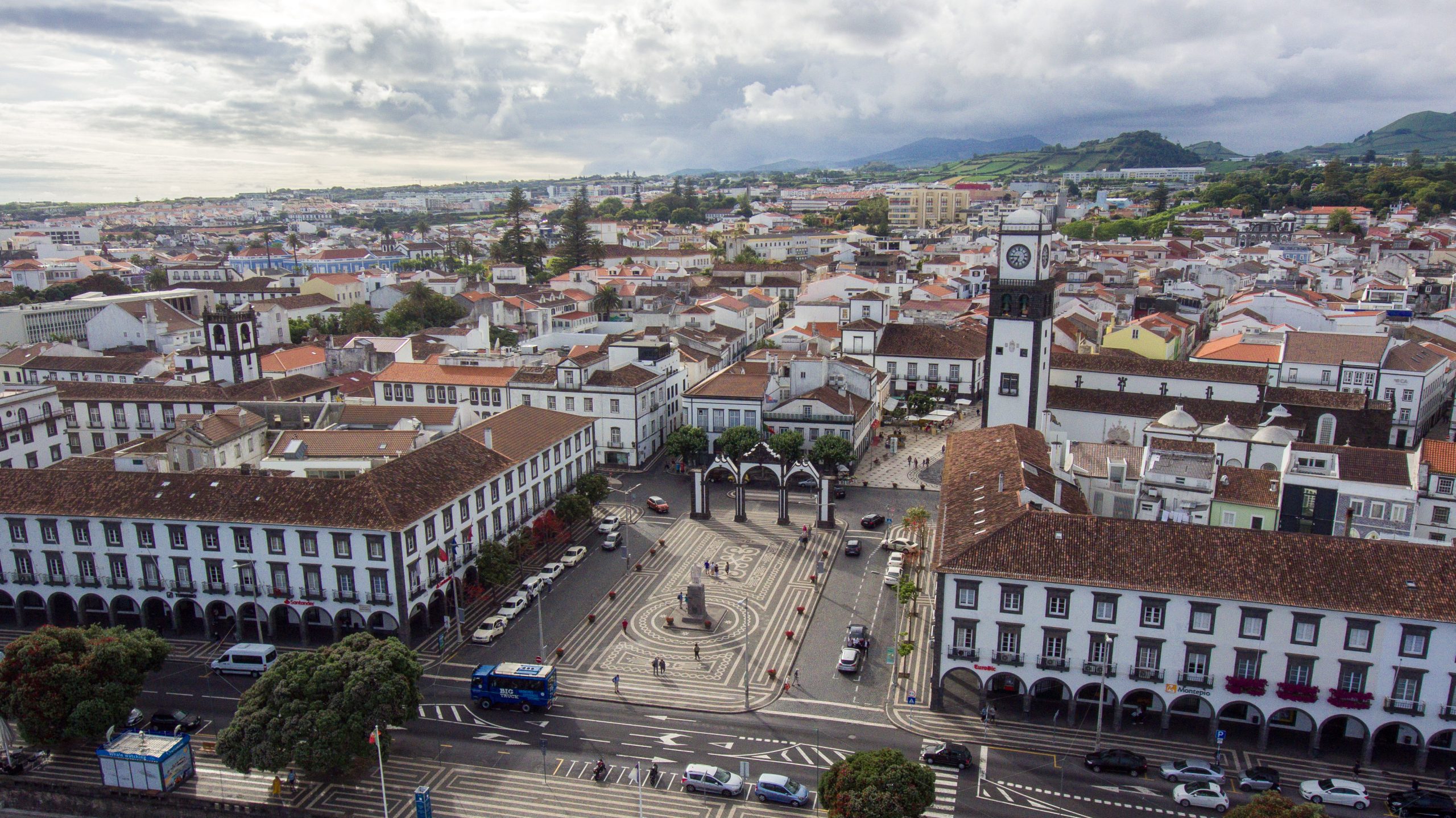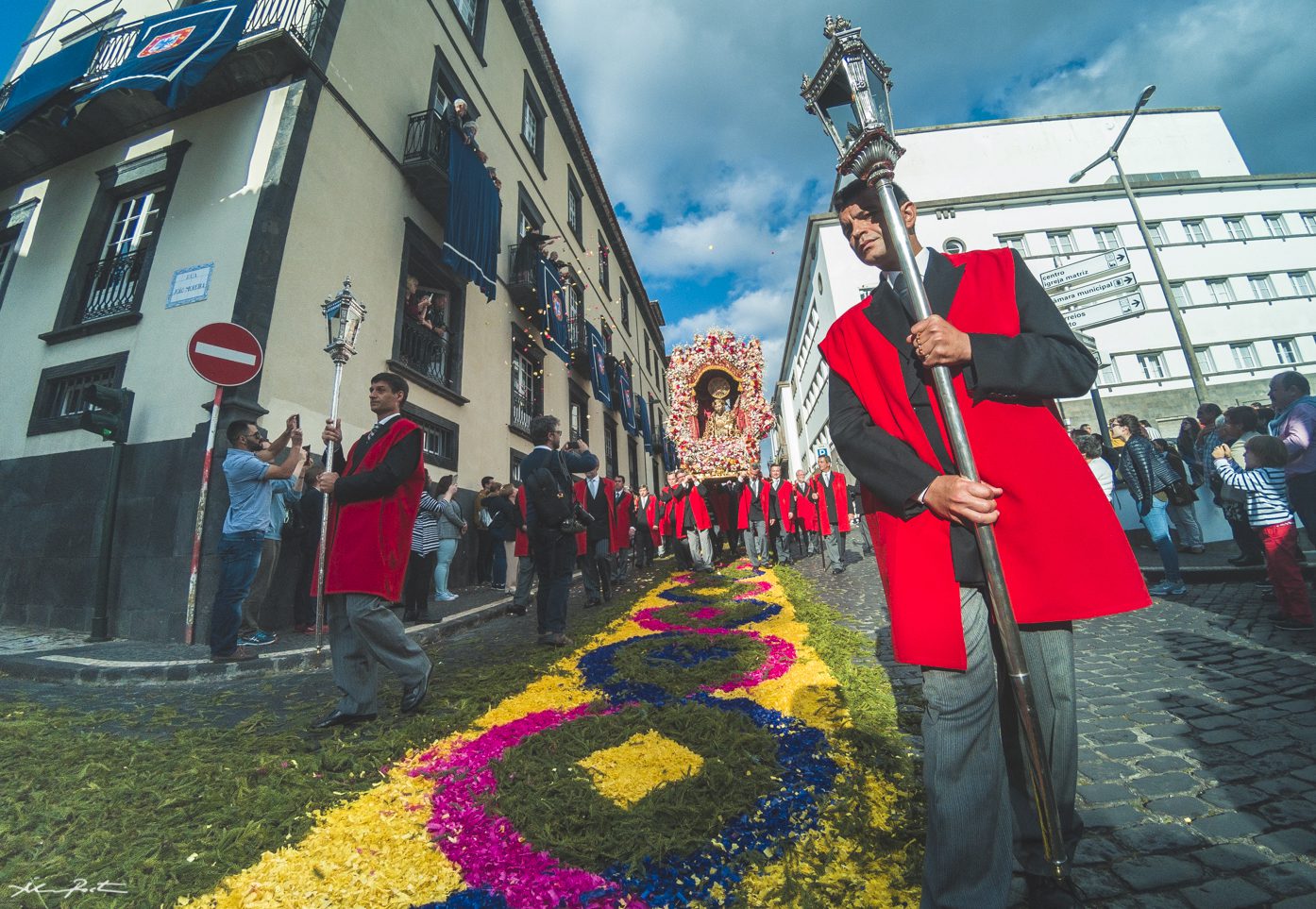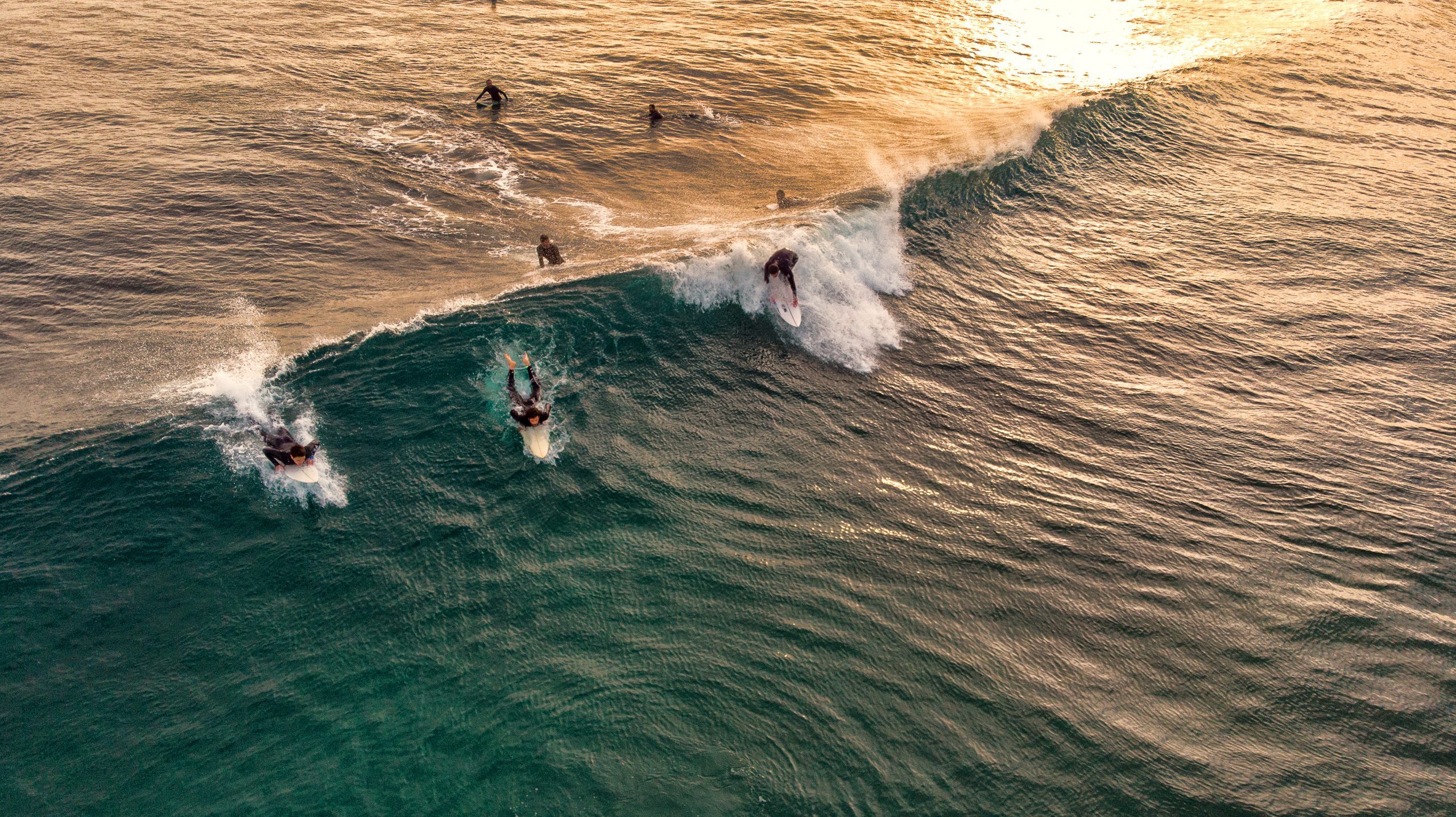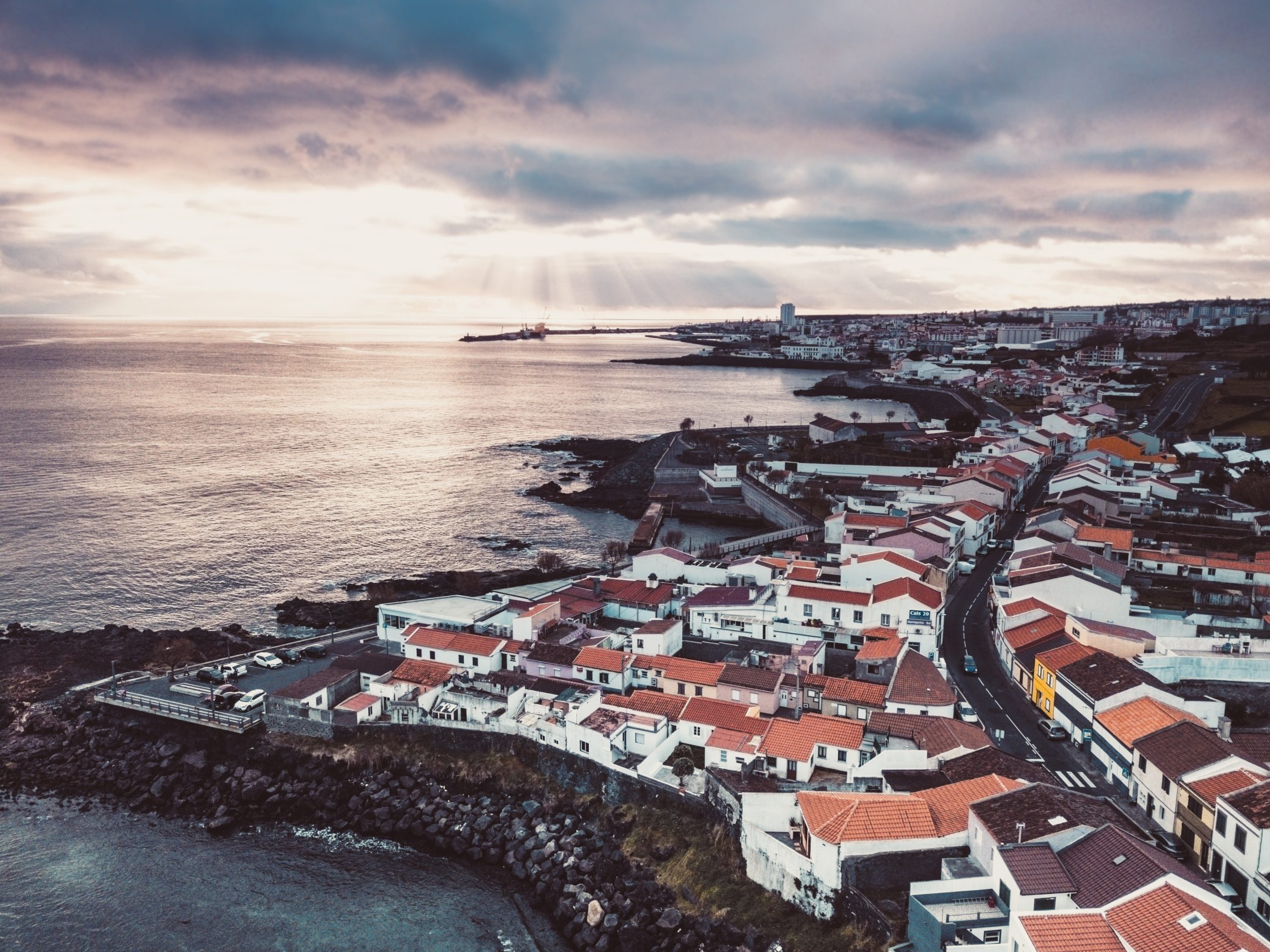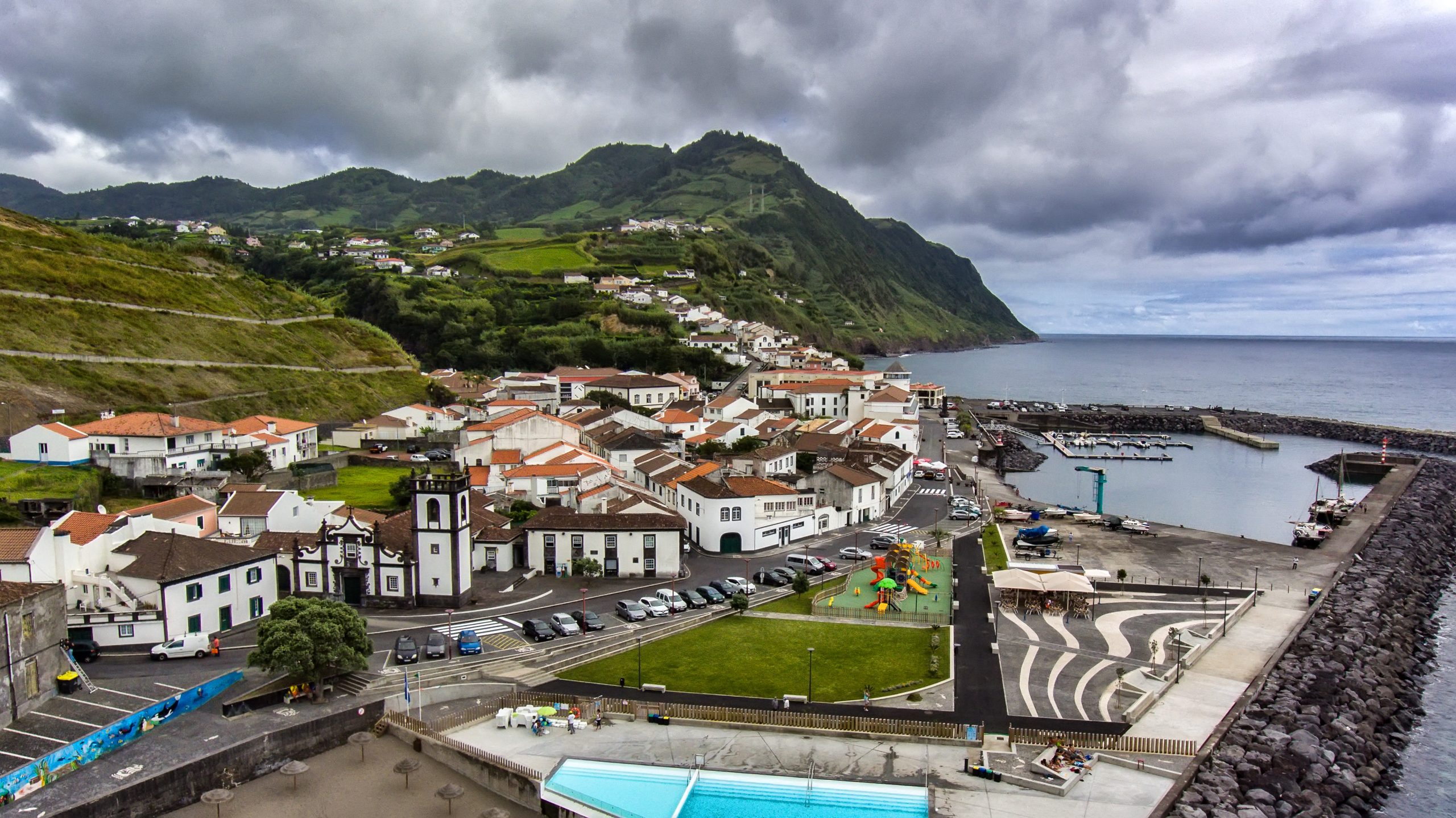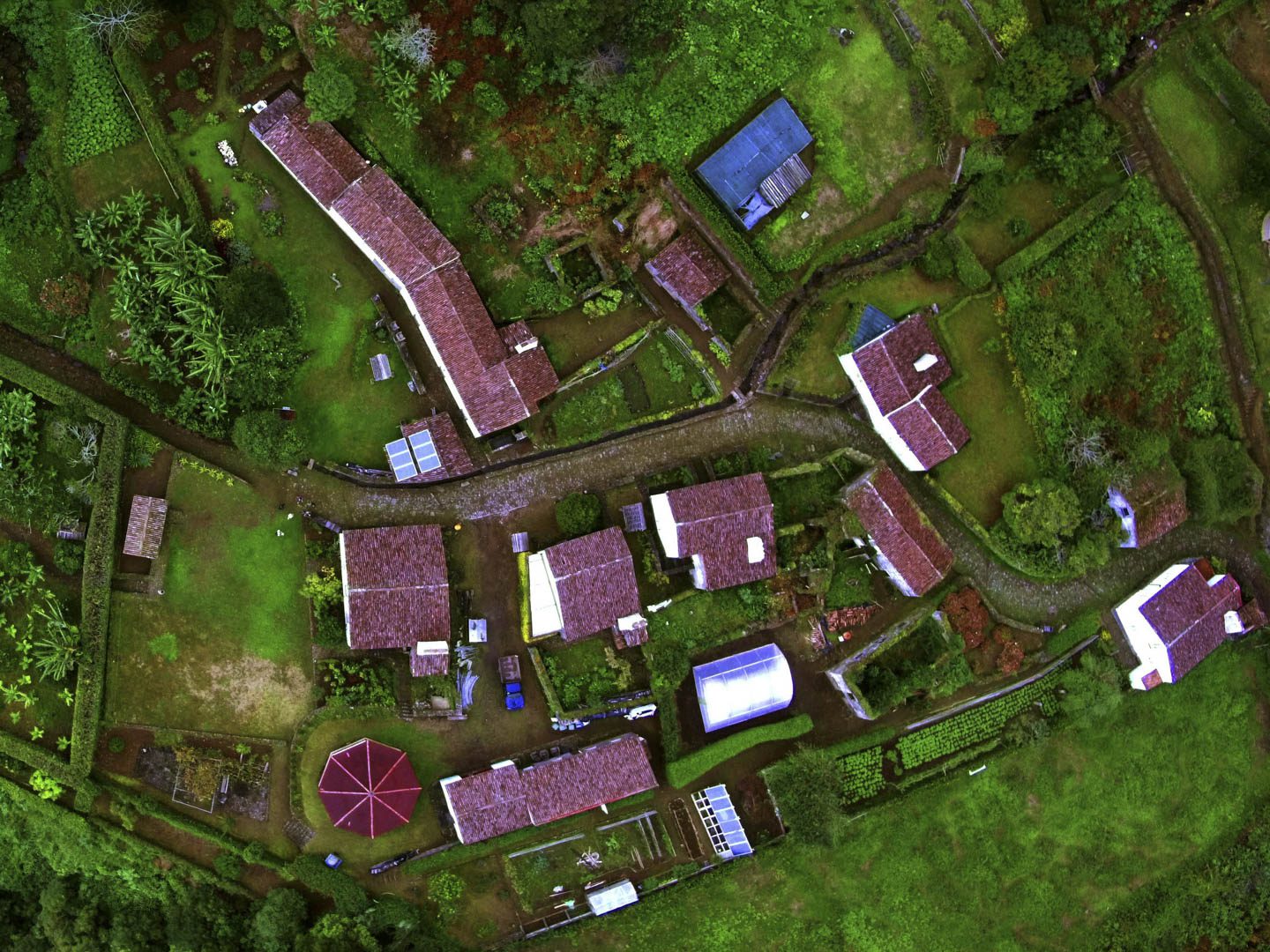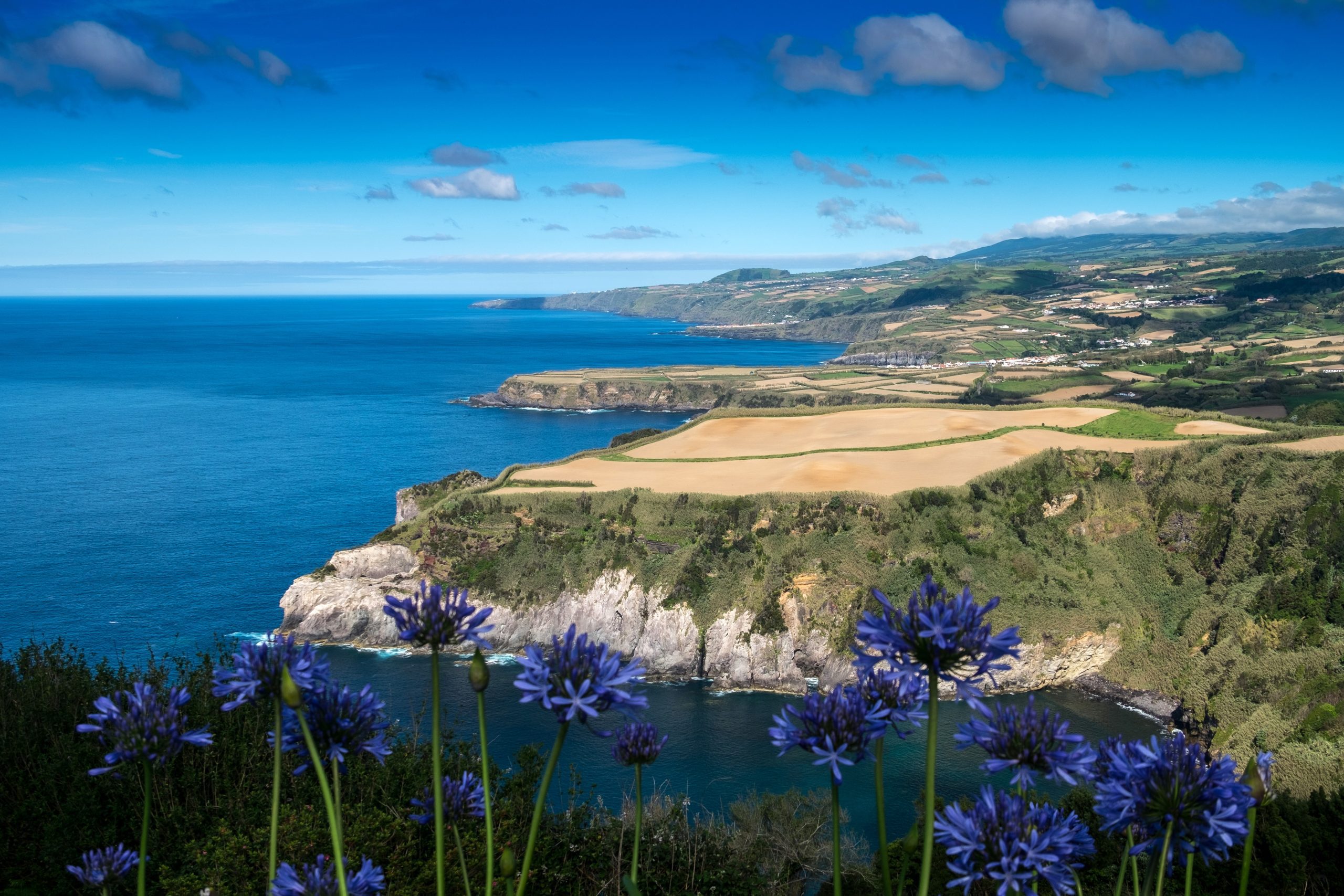If you’re searching for a place to relax and take in the world’s natural wonders, the Salto do Cavalo viewpoint is the perfect spot. Here, you can breathe in the fresh air and feel overwhelmed by the incredible views of both Furnas and Povoação valleys. The stunning scenery at this excellent viewpoint will sweep you off your feet.
What is Miradouro do Salto do Cavalo

If you’re looking for a spectacular view of the valleys of Furnas and Povoação and the island’s north and south coasts, then the Miradouro do Salto do Cavalo is a must-see. Located at around 760 meters, this viewpoint offers visitors an unforgettable panoramic view of Furnas Lake, the ocean, and the stunning vegetation surrounding it. With so many elements, this viewpoint will mesmerize you with its breathtaking scenery.

Plan your Visit to Miradouro do Salto do Cavalo

You can access the Salto do Cavalo viewpoint from the island’s north and south sides. Clear indications in the center of the village of Salga, located in the Northeast of the island, will guide you to this stunning viewpoint. If traveling from the south, detour towards the island’s north after leaving Furnas and look for signs indicating Salto do Cavalo or Estrada Secundária Salga access.
Best Season to Visit
The Salto do Cavalo viewpoint is open for visits year-round. While the best chance for clear views is during the summer when the days are brighter, winter can also offer a magical experience, even if the weather is foggy or rainy. So don’t let the weather hold you back from enjoying the stunning vistas from this viewpoint.
Check all our articles about the weather in the Azores throughout the year 🌤️ ☔️: January | February | March | April | May | June | July | August | September | October | November | December
Where to Eat
Click on the following link to find a place to eat near the Miradouro do Salto do Cavalo. You’ll find the 10 best restaurants on TripAdvisor on it.
Where to Stay
To make your life easier, we’ve filtered the search by:
Pro Tips
It’s always a good idea to check the weather conditions or nearby live cameras around the island before heading to the Salto do Cavalo viewpoint to get an idea of what to expect. The best time to visit is in the morning or when the sun is at its peak, as this will give you a brighter and more vivid view of the valleys and the lake. Don’t forget to explore the nearby Furnas village while in the area, as it offers many remarkable sights and experiences you shouldn’t miss.
Azores Guide Book
Azorean Language & Phrases 🗣️ | Currency & Banks 💵 | Credit Cards & Traveler’s Cheques 🏧 | Driving in the Azores 🚗 | Electricity 🔌 | Experiences & Tours 🗺️ | Health & Safety 🩺 | Internet & Wi-Fi Access 🛜 | Phones & Mobile Service 📞 | Post Offices & Buying Stamps ✉️ | Public Holidays 🏖️ | Shopping 🛒 | Time & Daylight 🕒 | Whale Watching Guide 🐳 | Best Island to Visit 🏞️
Nearby Attractions
Nordeste

Vila do Nordeste, located in the Nordeste of São Miguel island, is a charming and picturesque town with a rich heritage. Known as one of the most flowery villages in Europe, it is a sight to behold, especially during the spring and summer months. A visit to Nordeste is a must for anyone seeking to experience the unique beauty and history of the Azores.
→ Related article: Nordeste
Points of Interest in Nordeste
- Centro de Interpretação do Priolo;
- Farol do Arnel;
- Miradouro da Ponta da Madrugada;
- Miradouro da Ponta do Sossego;
- Miradouro do Salto da Farinha;
- Nordeste Municipal Museum;
- Pico Bartolomeu;
- Pico da Vara;
- Poço Azul;
- Praia do Lombo Gordo;
- Ribeira dos Caldeirões;
- Trilho do Moinho do Felix;
- Vila do Nordeste.
Furnas

This is one of the biggest hydropolis in Europe. It combines a considerable diversity of thermal spring waters and boiling water spots. You’ll also be invited to drink these volcanic waters. It was an extraordinary experience!
The valley of Furnas is situated inside a huge volcanic crater, one of the most active on the island. Due to its unlimited beauty, Furnas’s main wealth sources are agriculture and tourism.
This quiet place is well known by travelers and locals who choose to visit for the weekend or holidays.
Points of interest in Furnas
- Caldeiras das Furnas;
- Capela da Nossa Senhora das Vitórias;
- Casa dos Barcos and Casa da Lagoa;
- Castelo Branco’s viewpoint;
- Furnas Monitoring and Research Centre;
- Lagoa das Furnas;
- Mata-Jardim José do Canto;
- Microbial Observatory of the Azores;
- Salto do Cavalo viewpoint;
- Parque da Grená;
- Terra Nostra Botanical Garden;
- Parque Terra Nostra Iron-rich Thermal Pools;
- Pico do Ferro viewpoint;
- Poça da Dona Beija;
- Poça da Tia Silvina “Lava-pés”;
- Ribeira Quente beach;
- Salto do Rosal;
- Salto do Cavalo viewpoint;
- Vila das Furnas.
Povoação

The stunning county of Povoação boasts diverse natural wonders that will captivate any visitor. Located approximately one hour from Ponta Delgada by car, Povoação is well worth a visit, as it offers a multitude of unique landscapes that provide a sense of unity with the natural world.
Check all our articles about each one of the most relevant points of interest in Povoação: Povoação | Aldeia do Sanguinho | Faial da Terra | Salto do Cagarrão | Salto do Prego | Ribeira Quente Waterfall | Praia do Fogo | Miradouro do Pico dos Bodes | Miradouro Vigia da Baleia
Furnas

This is one of the biggest hydropolis in Europe. It combines a considerable diversity of thermal spring waters and boiling water spots. You’ll also be invited to drink these volcanic waters. It was an extraordinary experience!
The valley of Furnas is situated inside a vast volcanic crater, one of the most active on the island. Due to its unlimited beauty, Furnas’s primary wealth sources are agriculture and tourism. This quiet place is well known by travelers and locals who choose to visit for the weekend or holidays.
Check all our articles about each one of the most relevant points of interest in Furnas: Caldeiras das Furnas | Furnas | Capela da Nossa Senhora das Vitórias | Castelo Branco Viewpoint | Lagoa das Furnas | Lagoa das Furnas Viewpoint | Mata-Jardim José do Canto | Parque Terra Nostra’s Thermal Pool | Pico do Ferro Viewpoint | Poça da Dona Beija | Ribeira Quente | Praia do Fogo | Salto do Cavalo Viewpoint | Salto do Rosal | Terra Nostra Garden
Check all our articles about each one of the most relevant points of interest in Povoação: Povoação | Aldeia do Sanguinho | Faial da Terra | Salto do Cagarrão | Salto do Prego | Ribeira Quente Waterfall | Praia do Fogo | Miradouro do Pico dos Bodes | Miradouro Vigia da Baleia
Complementary Information
Best Season to Visit the Azores
The Azores Archipelago boasts a unique climate that shapes its lush landscapes, making it a splendid year-round destination. With mild temperatures and minimal fluctuations, each season offers something unique. Spring averages 16 °C, summer reaches 21 °C, autumn cools to 18 °C, and winter remains mild at 14 °C.
→ For a detailed breakdown of the weather by month, check the following links 🌤️☔️: January | February | March | April | May | June | July | August | September | October | November | December
How to Get to the Azores
The Azorean Archipelago is easily accessible through numerous flight routes. Lisbon and Porto are the main entry points to the continent, with direct flights available to São Miguel (PDL), Terceira (TER), Faial (HOR), Pico (PIX), and Santa Maria (SMA). To find the best flight, use search engines like eDreams or Skyscanner. These platforms let you compare prices and schedules from multiple airlines in one convenient location.
For more details on how to get to the Azores, take a look at our complete guide. But what if you want to explore beyond your arrival island? We’ve got you covered!
- Azores airports 🛬
- Flights between islands ✈️
- Ferries between islands ⛴️
- Which island to choose? 🏝️
- What airlines fly to the Azores? 🛩️
→ Once you’ve found the perfect route, book your tickets and get ready to experience one of the world’s most stunning island groups!
Travel Essentials
Essential Information for your Azores trip: Azorean Language & Phrases 🗣️ | Currency & Banks 💵 | Credit Cards & Traveler’s Cheques 🏧 | Driving in the Azores 🚗 | Electricity 🔌 | Experiences & Tours 🗺️ | Health & Safety 🩺 | Internet & Wi-Fi Access 🛜 | Phones & Mobile Service 📞 | Post Offices & Buying Stamps ✉️ | Public Holidays 🏖️ | Shopping 🛒 | Time & Daylight 🕒 | Whale Watching Guide 🐳 | Best Island to Visit 🏞️
Useful Tools & Apps
The weather in the Azores can be variable, so it’s helpful to use some apps before visiting the islands. Spotazores provides live camera feeds from the main tourist attractions, allowing you to check the weather and plan your visit. For accurate weather predictions, use Windy or Windguru — they provide the most reliable predictions.
Video
Conclusion
The Salto do Cavalo viewpoint is a must-visit destination for those seeking breathtaking views of both Furnas and Povoação valleys and the island’s north and south coasts.
The viewpoint stays open year-round, and visiting during summer offers clearer views. Winter also provides magical experiences. Visitors should check the weather conditions before heading out and aim to arrive in the morning or when the sun is at its peak for the best viewing experience.
We highly recommend exploring Furnas village, Povoação, or Nordeste for a well-rounded trip.
Authors’ Note
I am pleased to inform you that all the recommendations in this article are based on my personal experience and observations. As the author, I have personally visited each attraction mentioned, ensuring that every suggestion is grounded in first-hand knowledge and genuine enthusiasm.
FAQs
Here are four frequently asked questions about the Salto do Cavalo Viewpoint:
From this viewpoint, you can see the Furnas Valley, Povoação village, the north and south coasts of São Miguel Island, and the volcanic massifs of Lagoa do Fogo and Sete Cidades.
Access Salto do Cavalo from both the north and south sides of the island. Clear signs in Salga, Nordeste guide you. From the south, follow signs to Salto do Cavalo or the Secondary Road to Salga after leaving Furnas heading north.
The viewpoint is located at approximately 760 meters above sea level.
Around the viewpoint, you can see endemic Laurissilva vegetation. During summer and winter, you may also spot the Azores bullfinch (Priolo), an endemic bird of the Azores.


